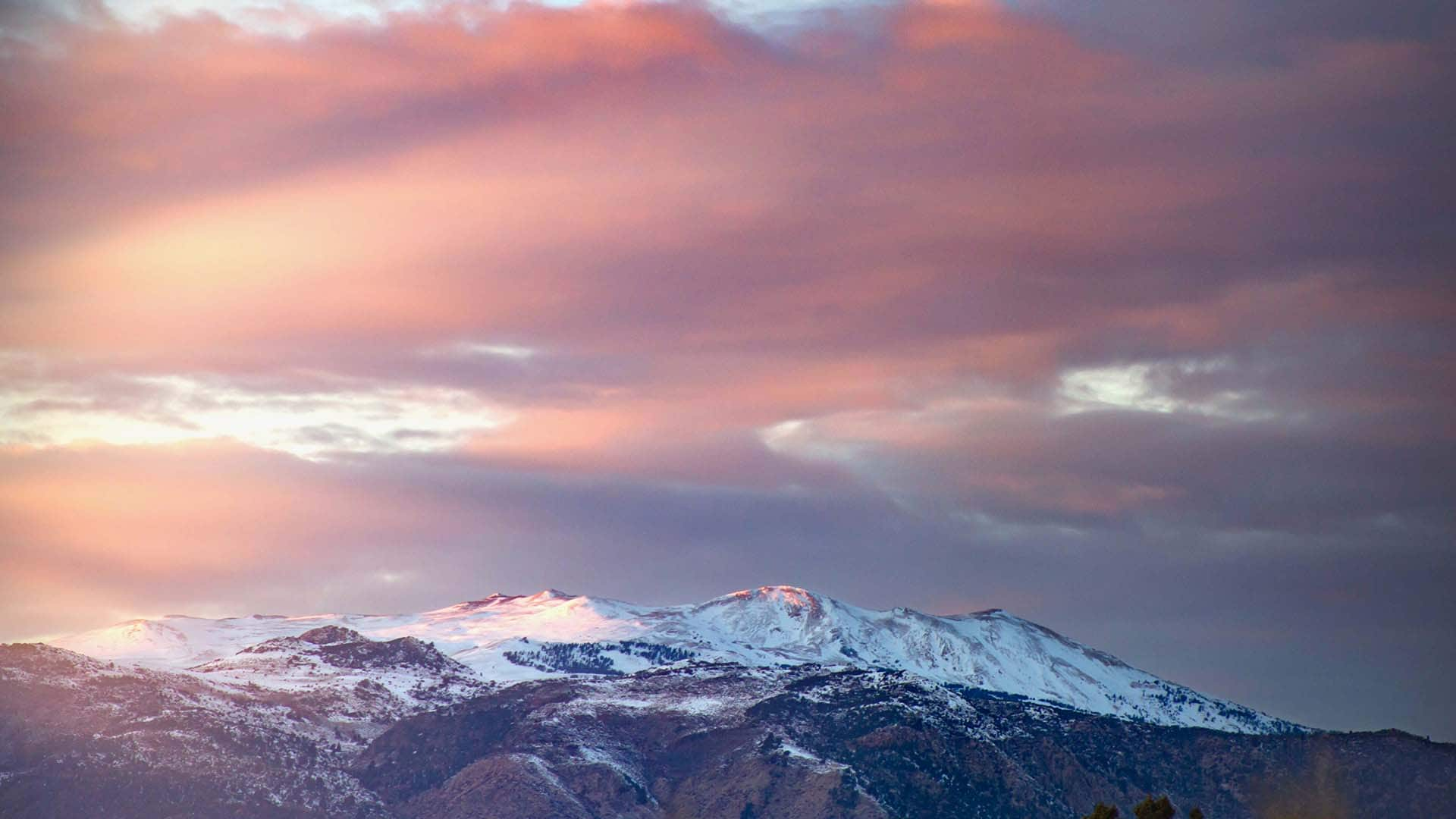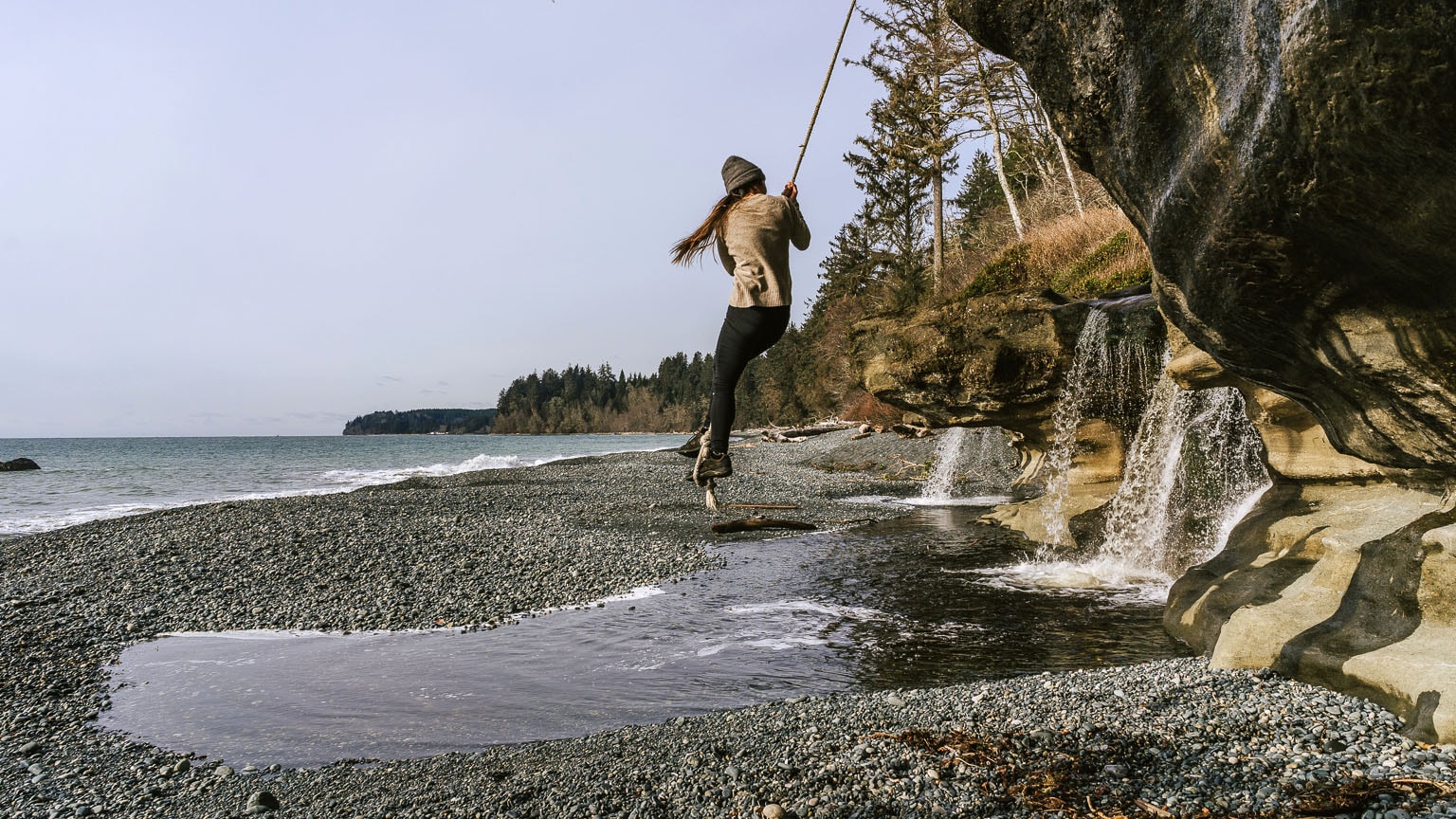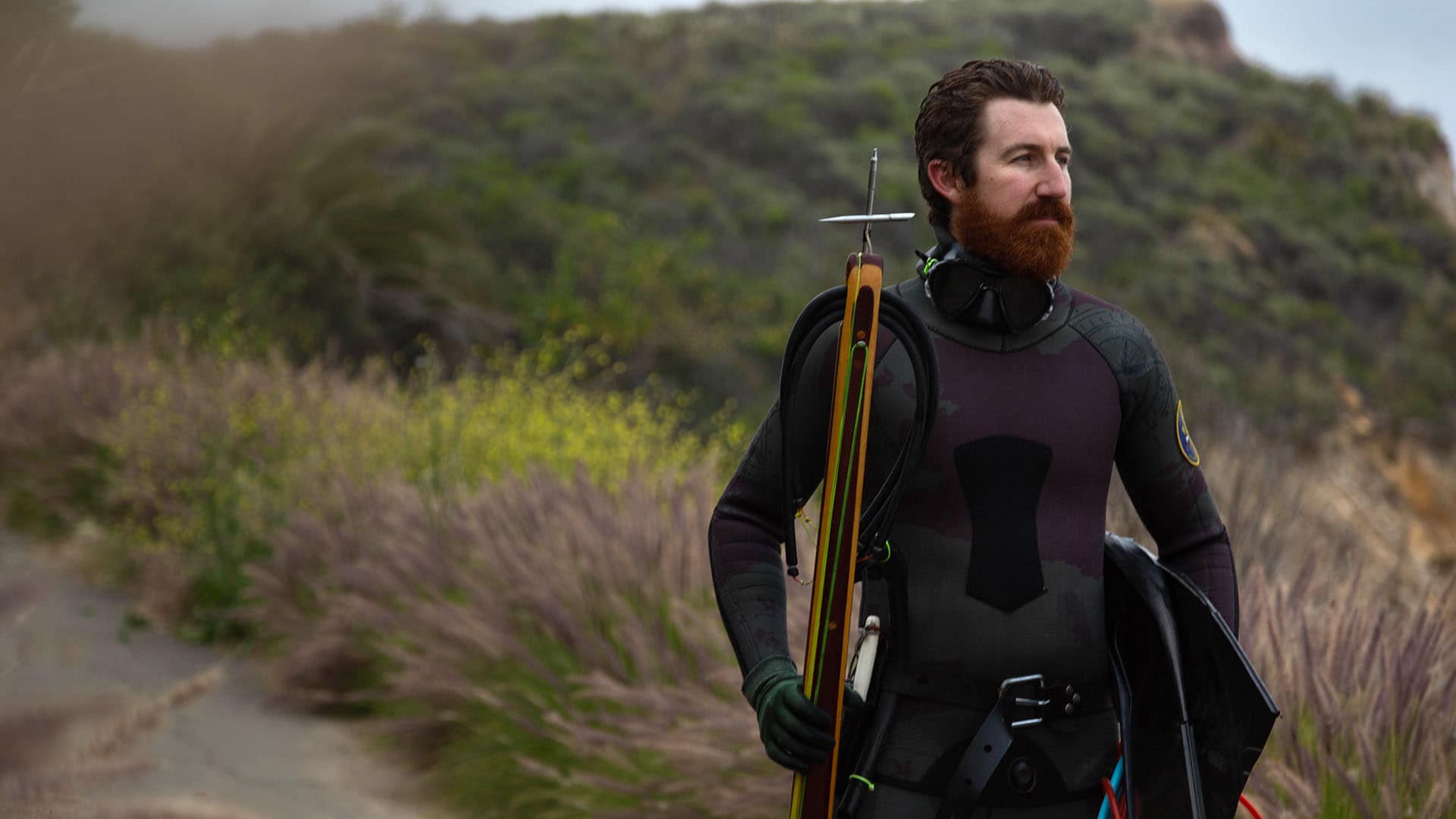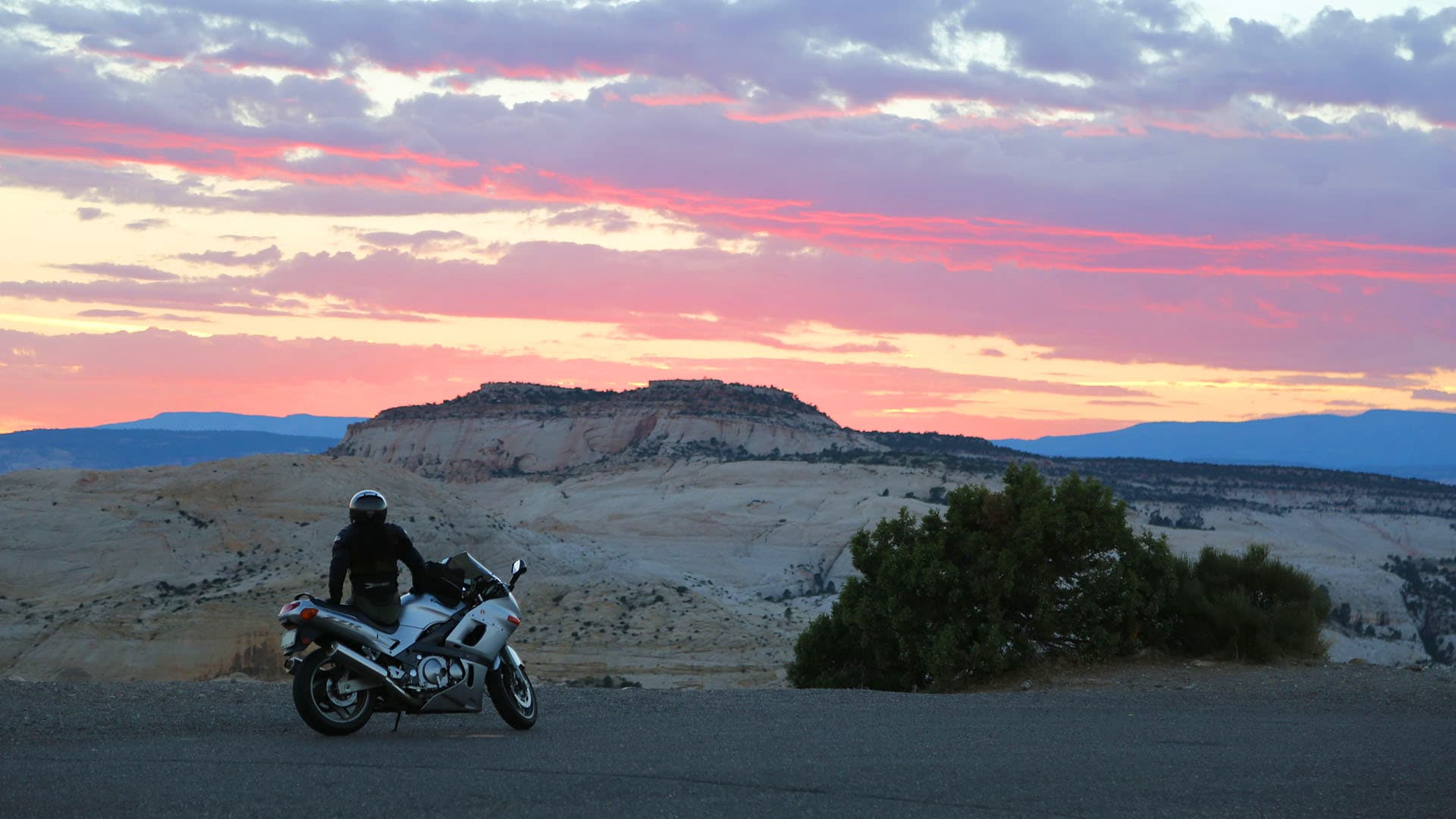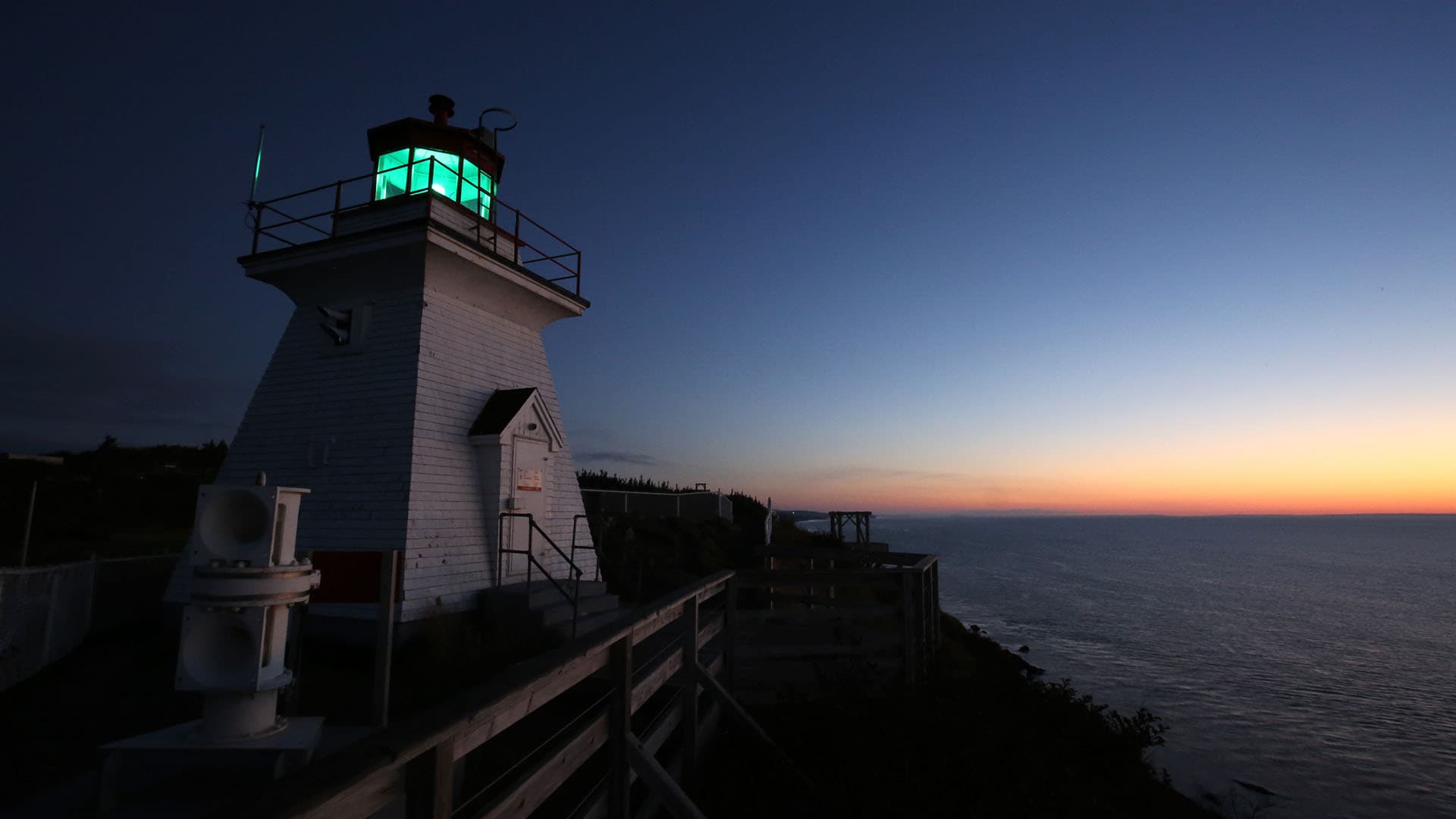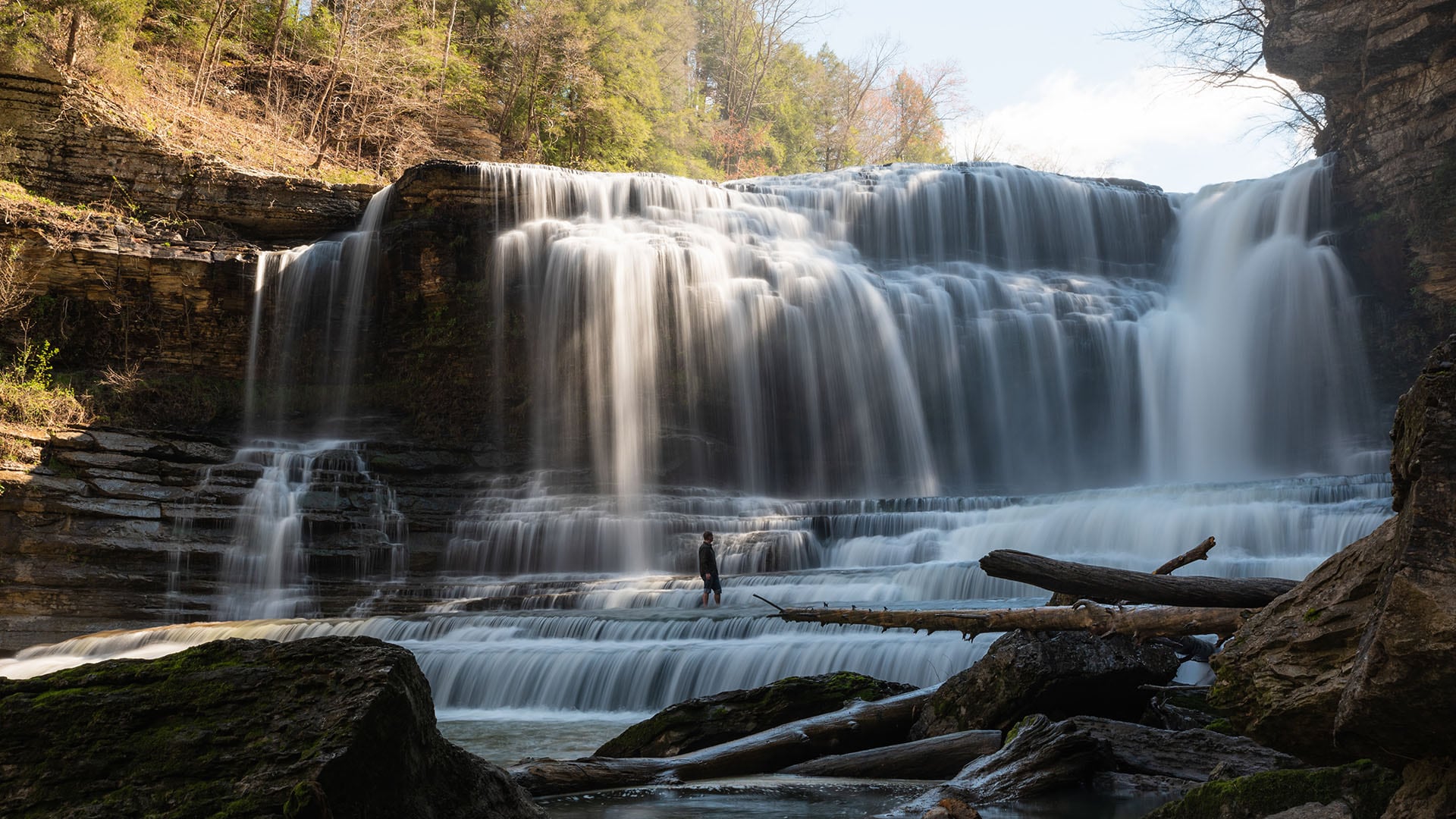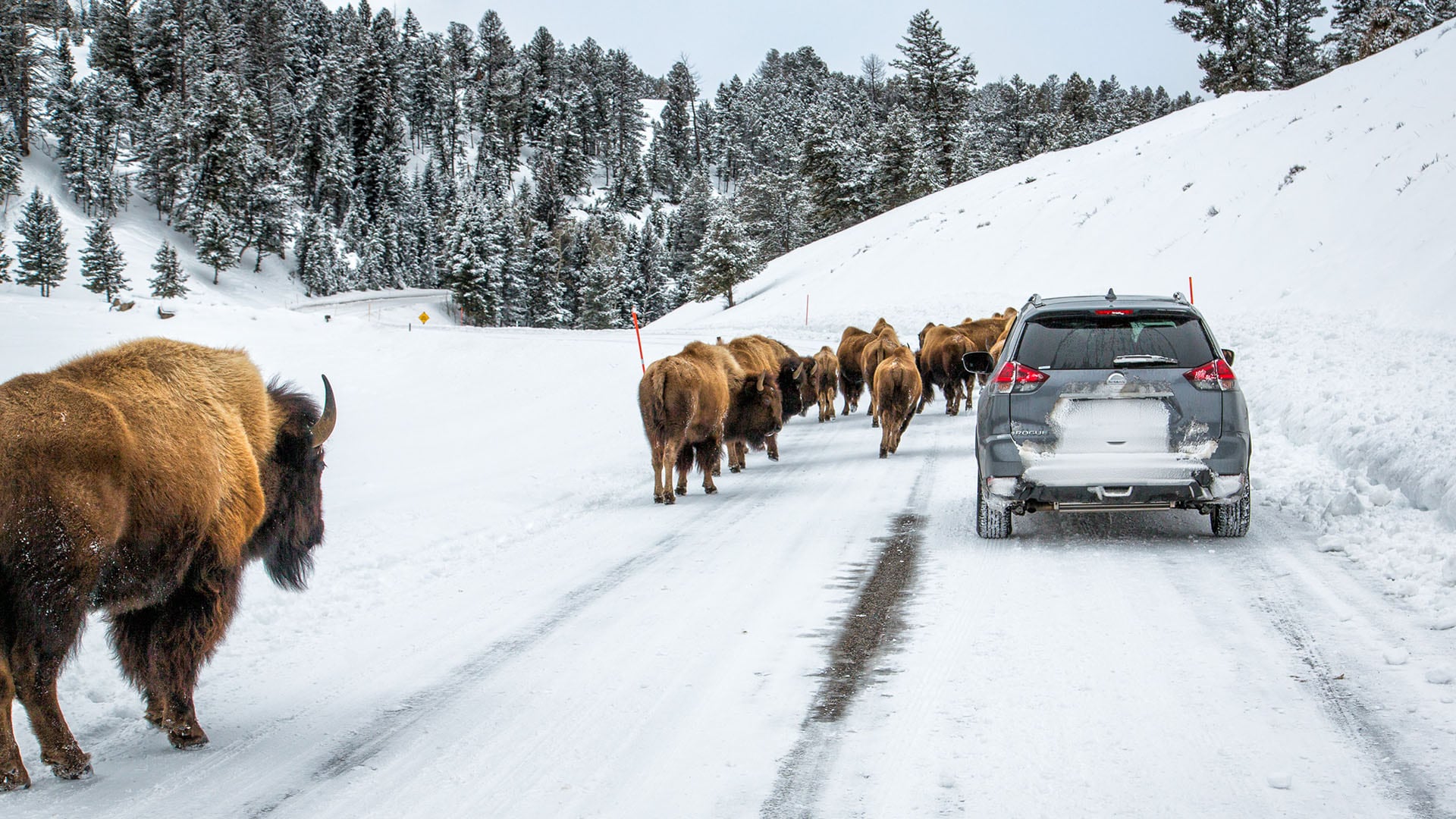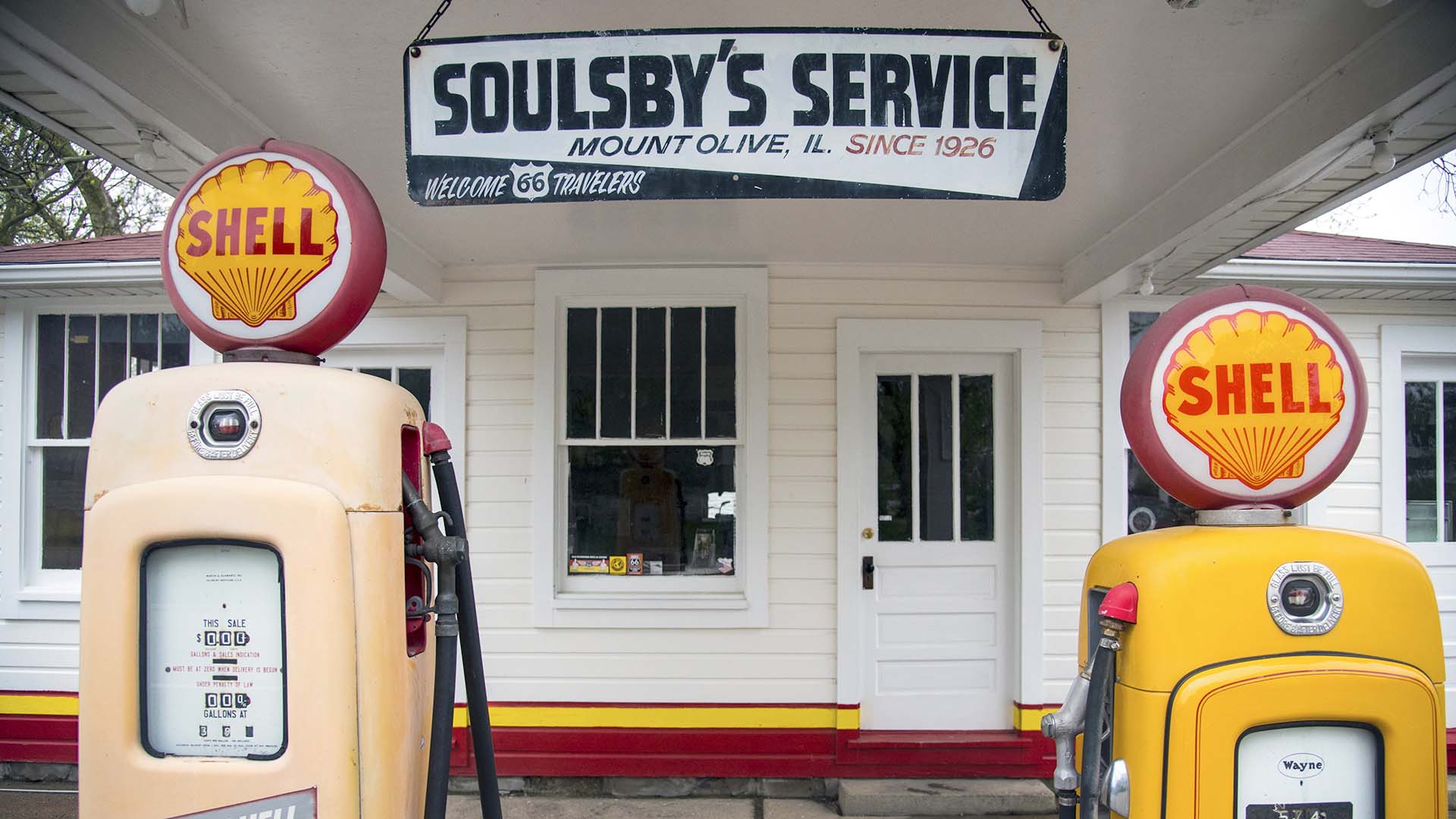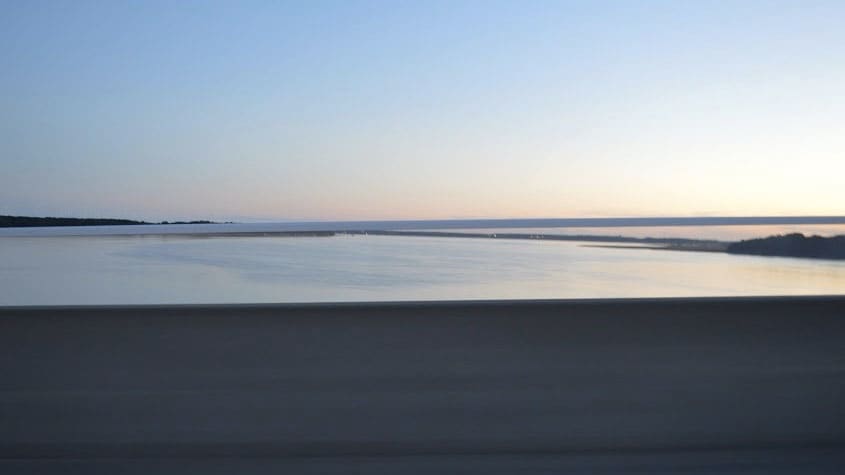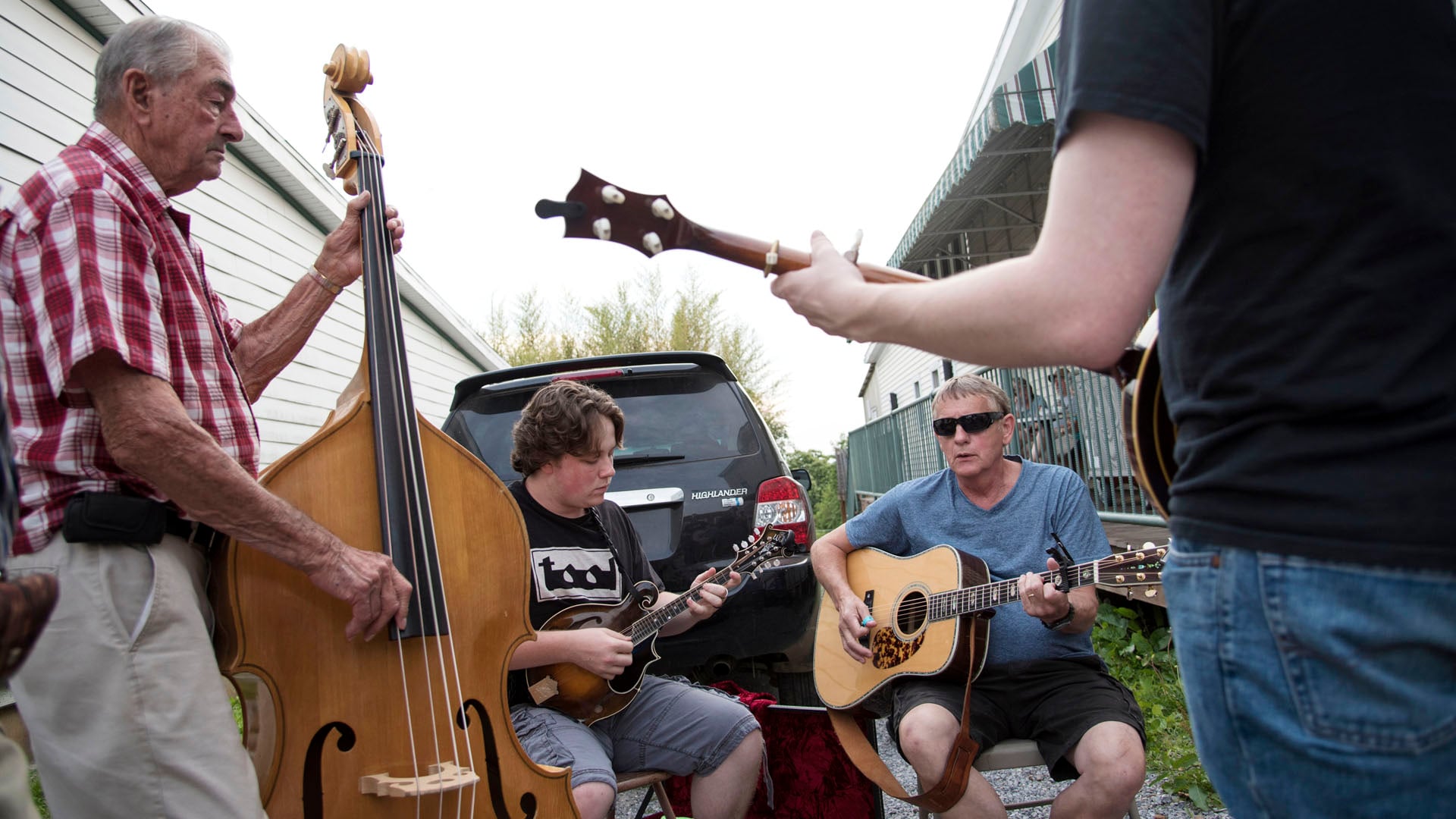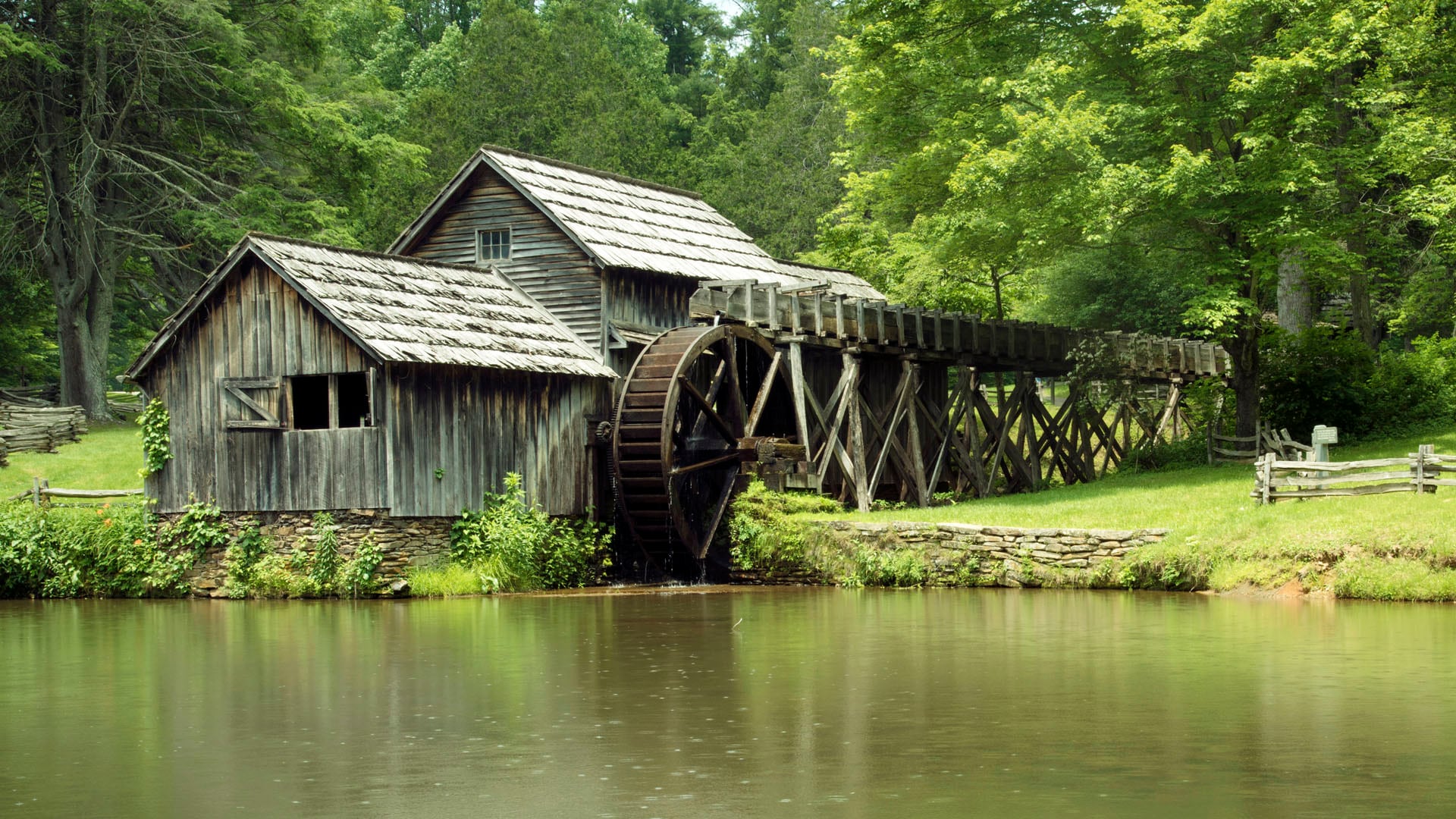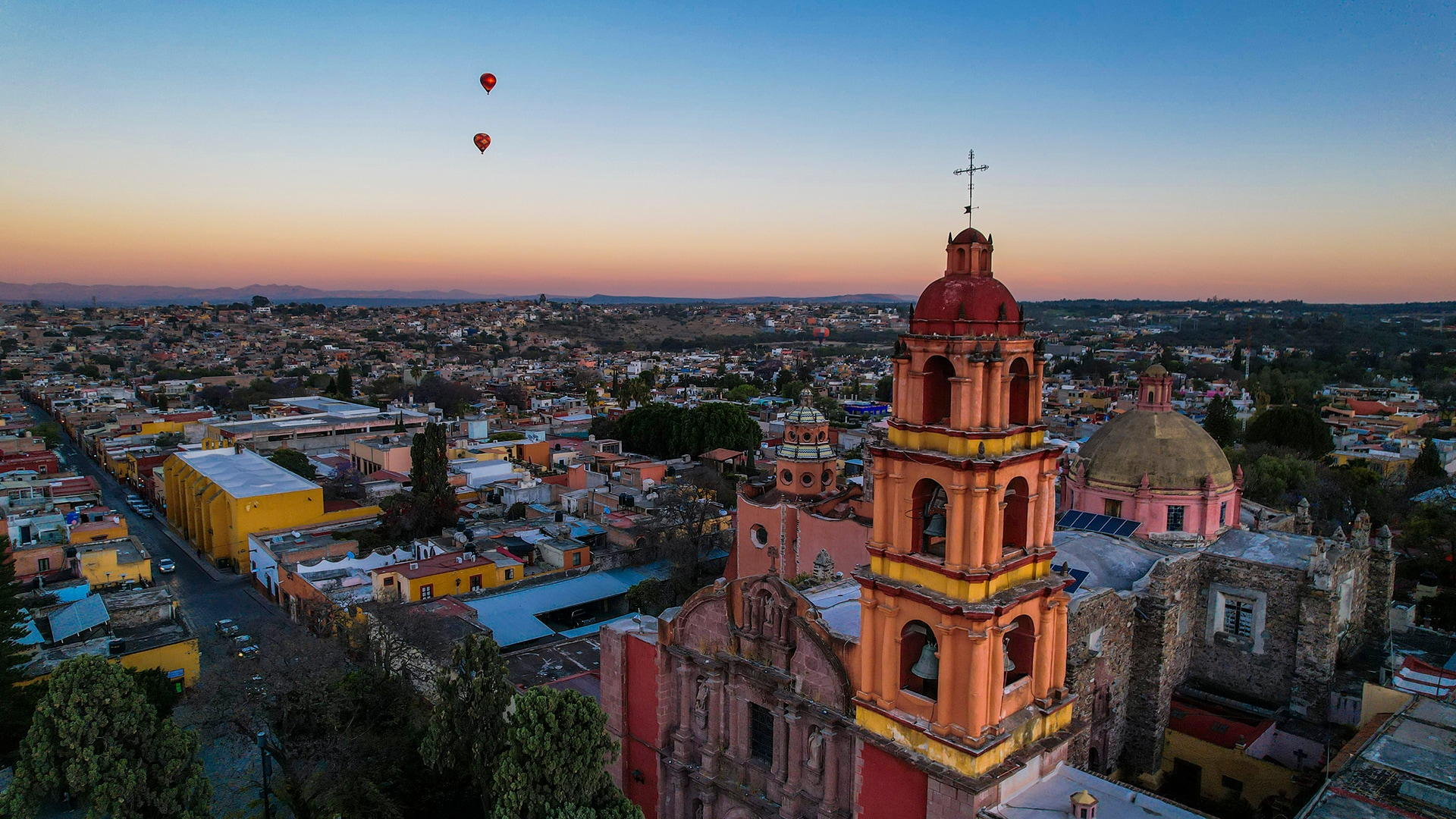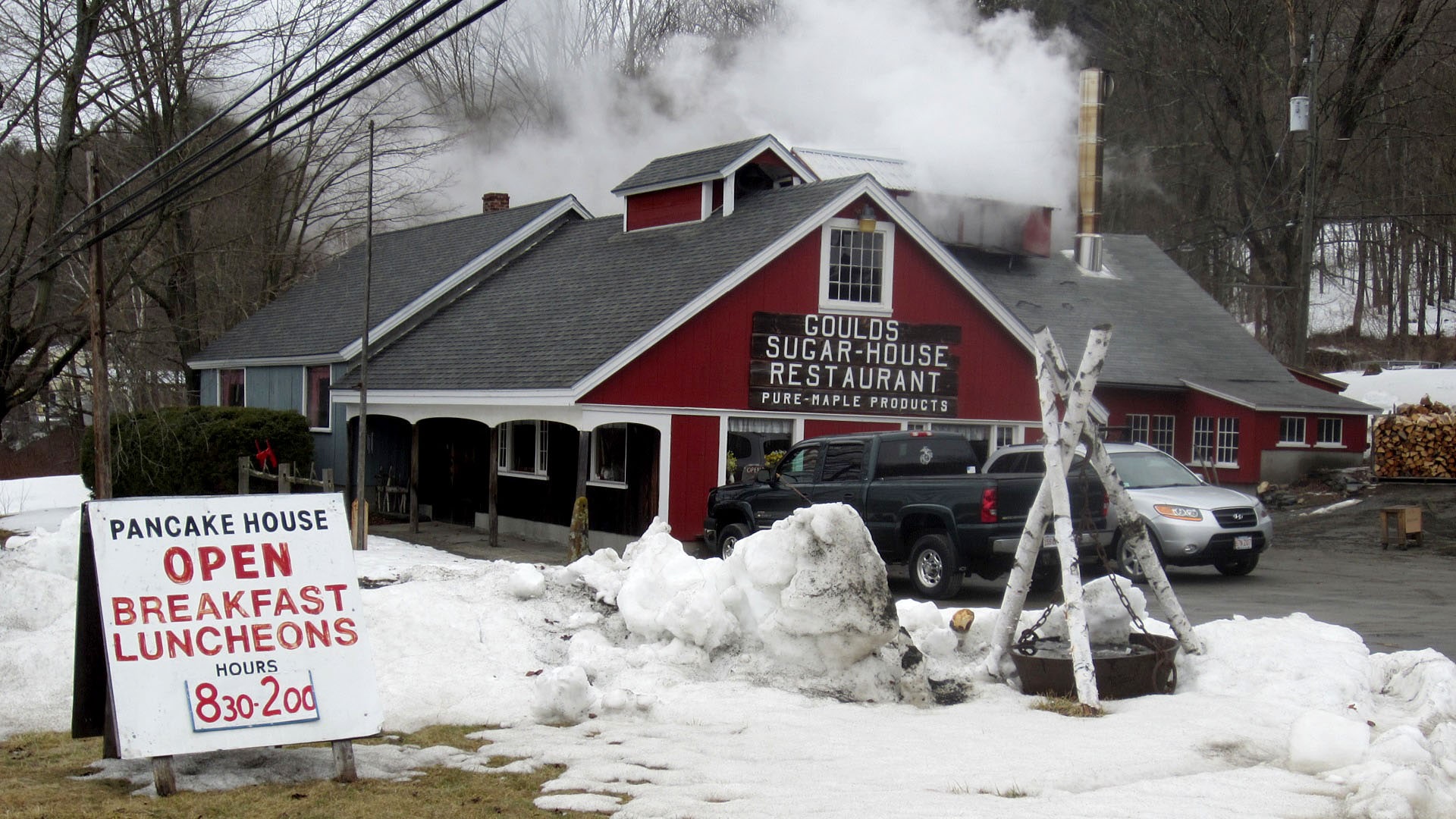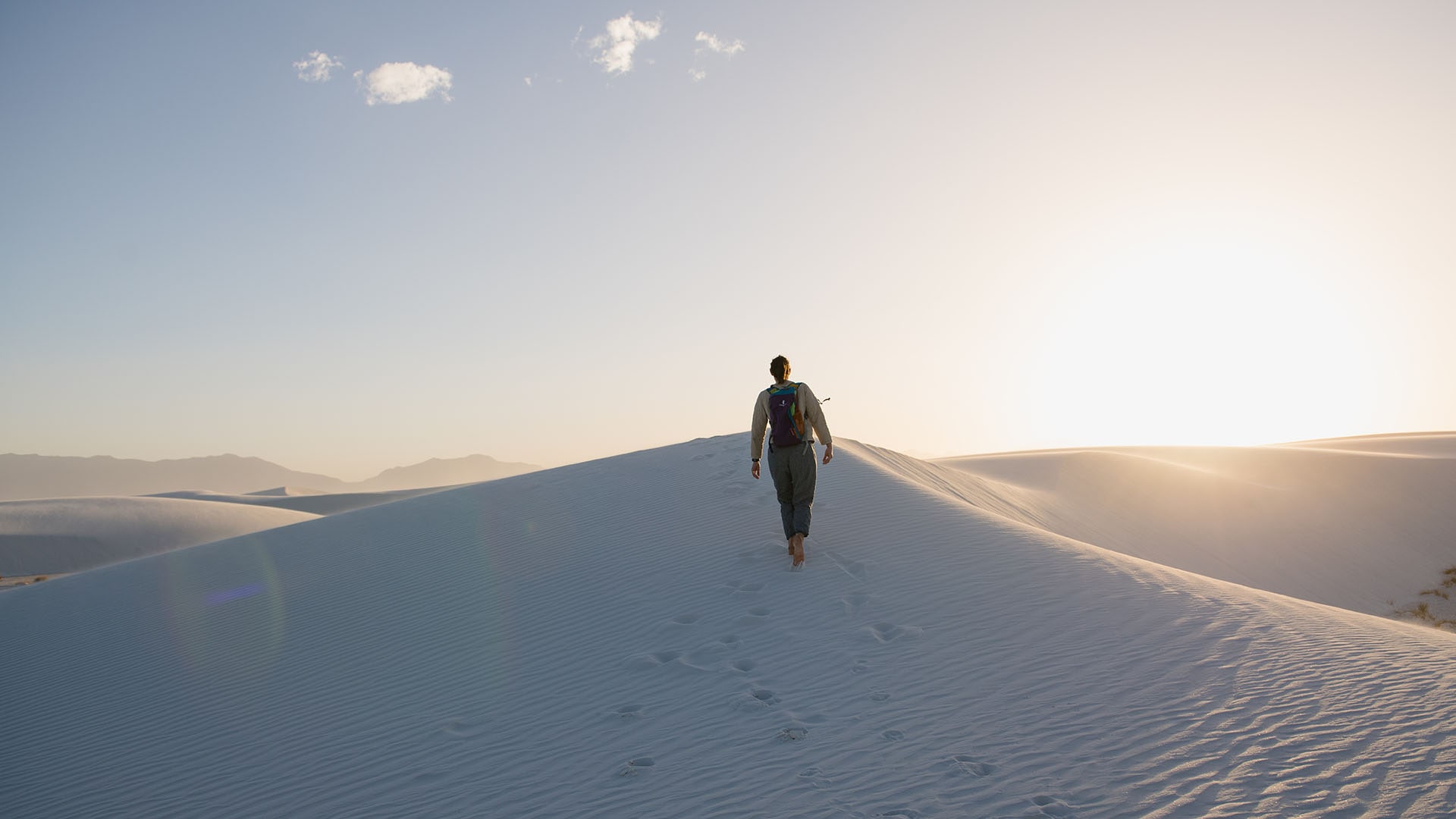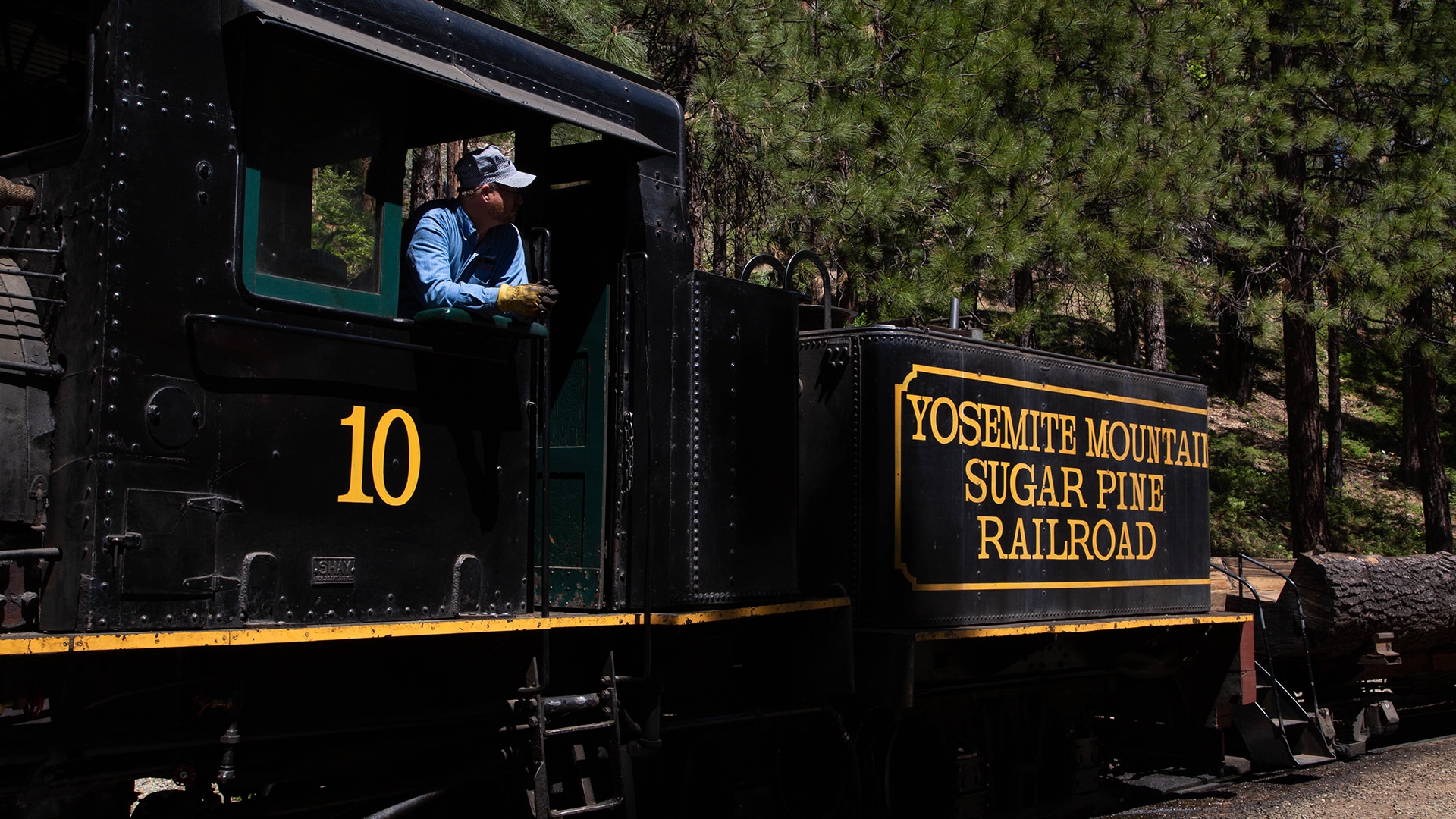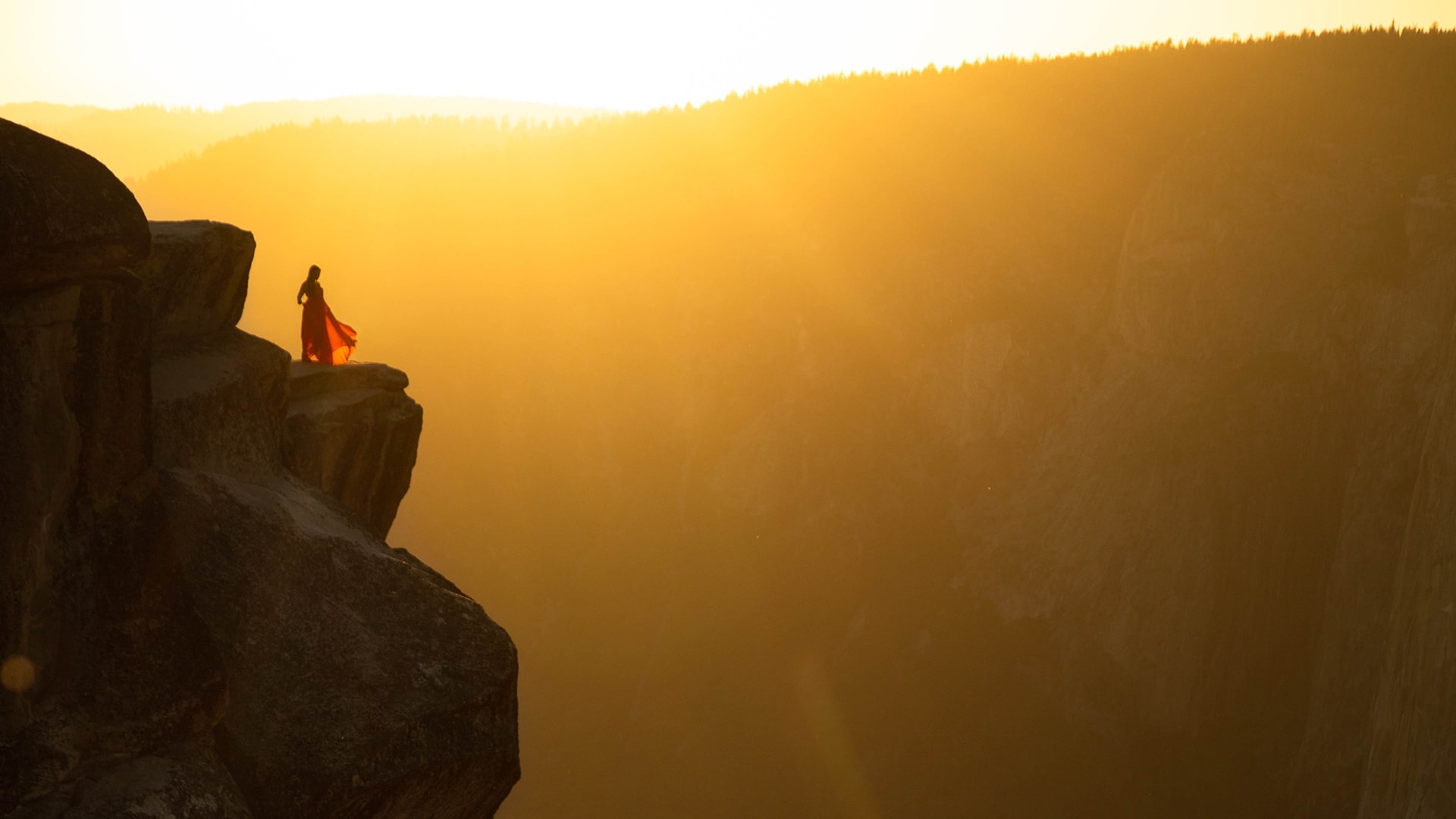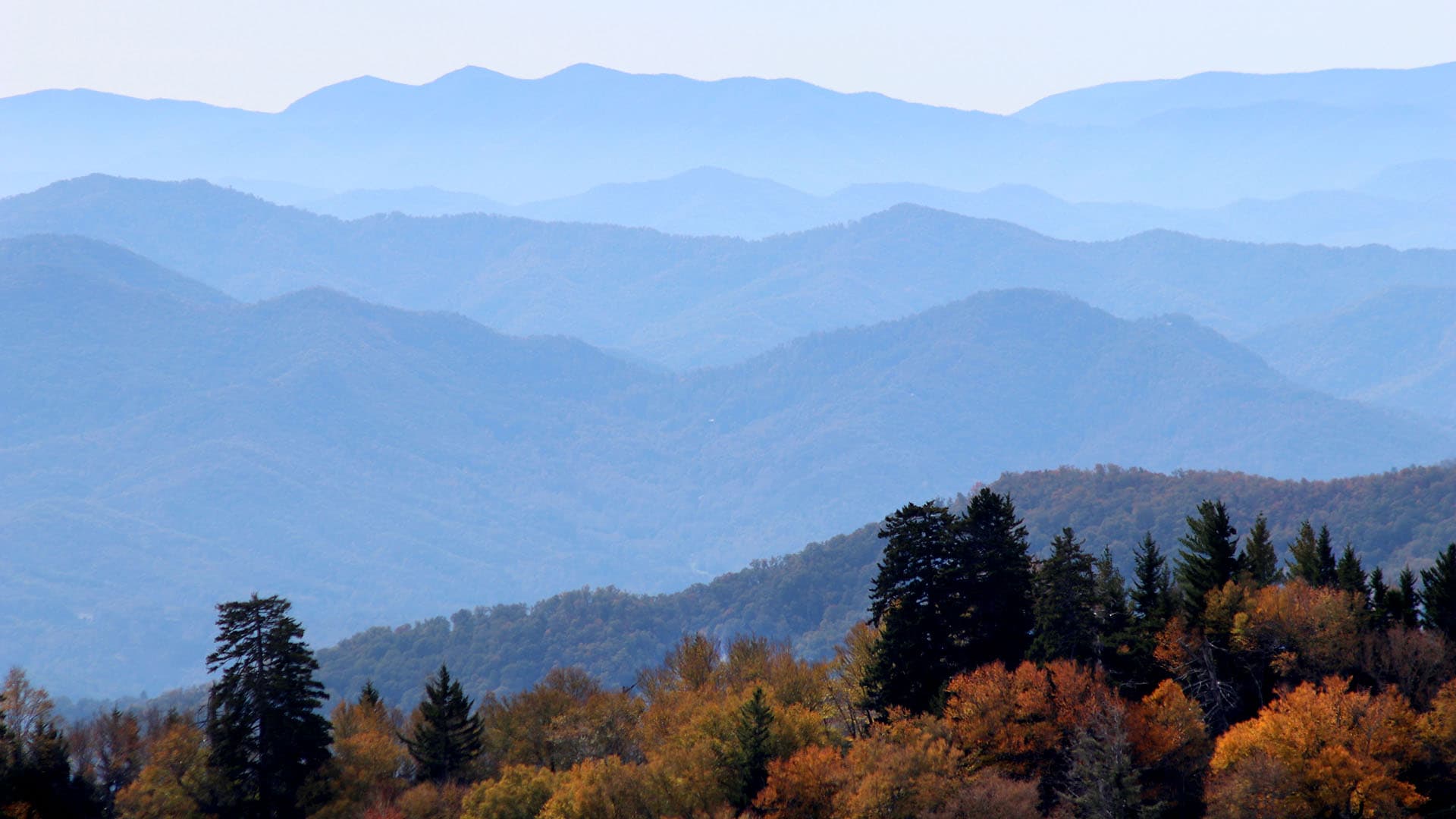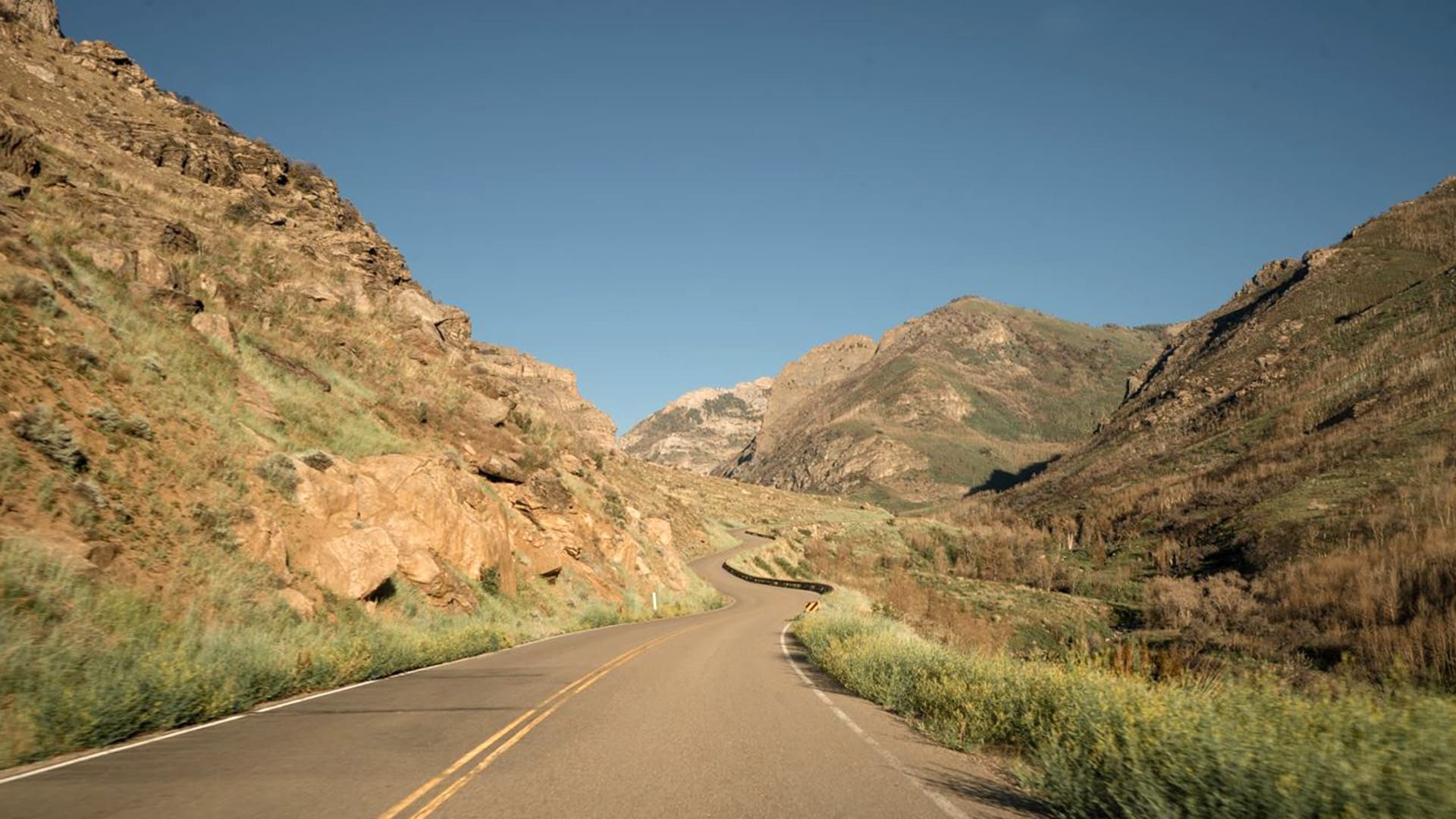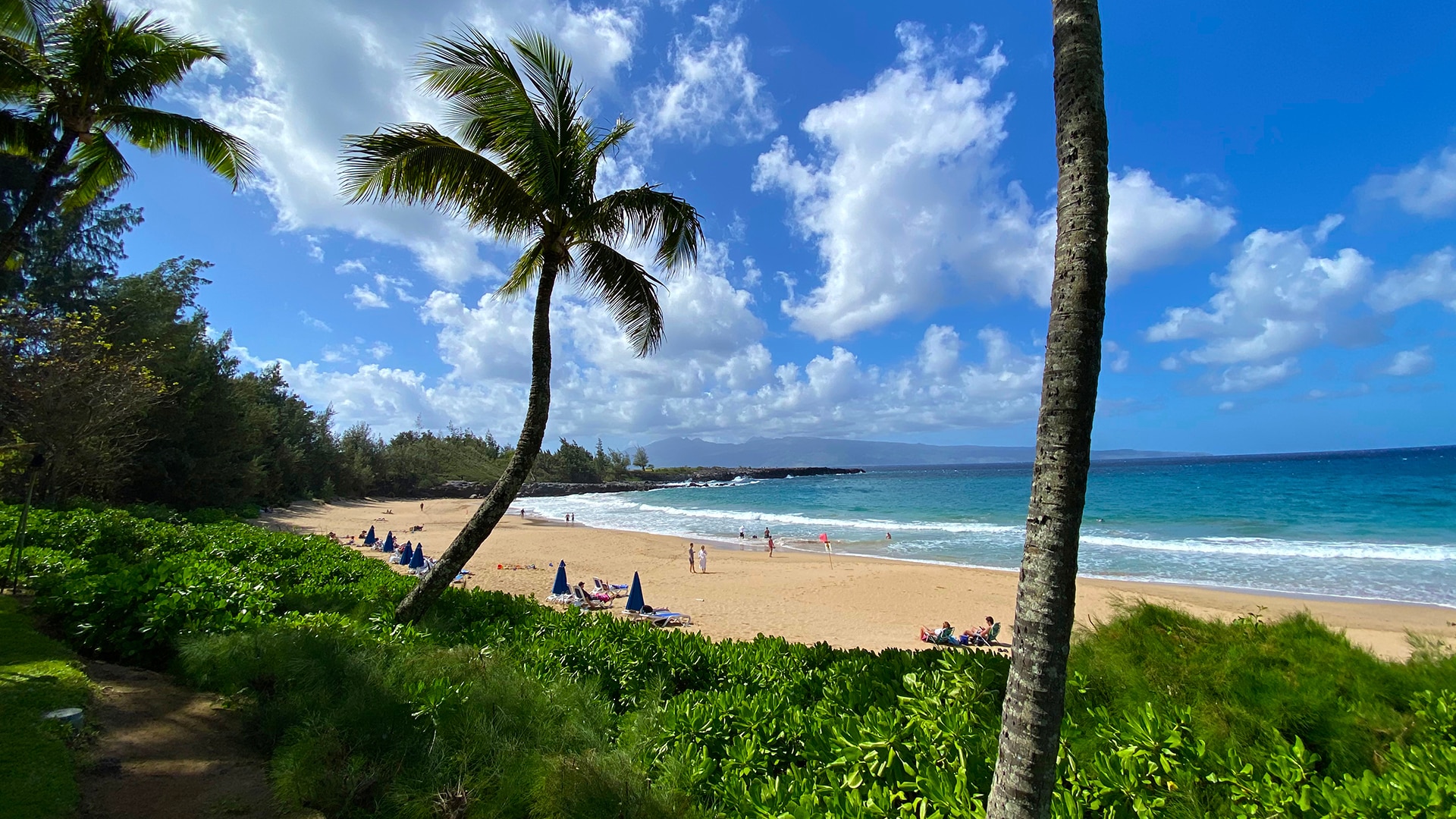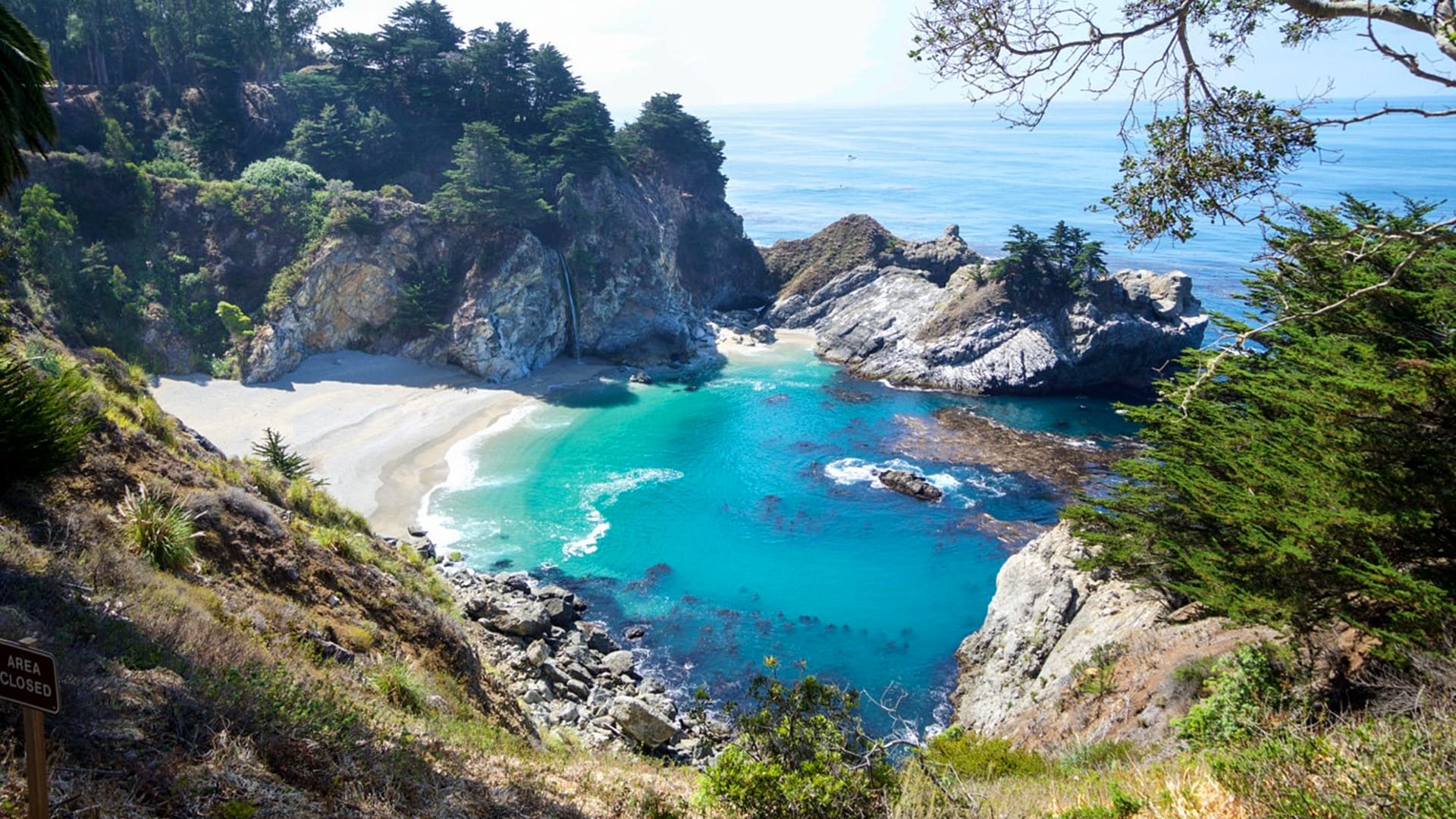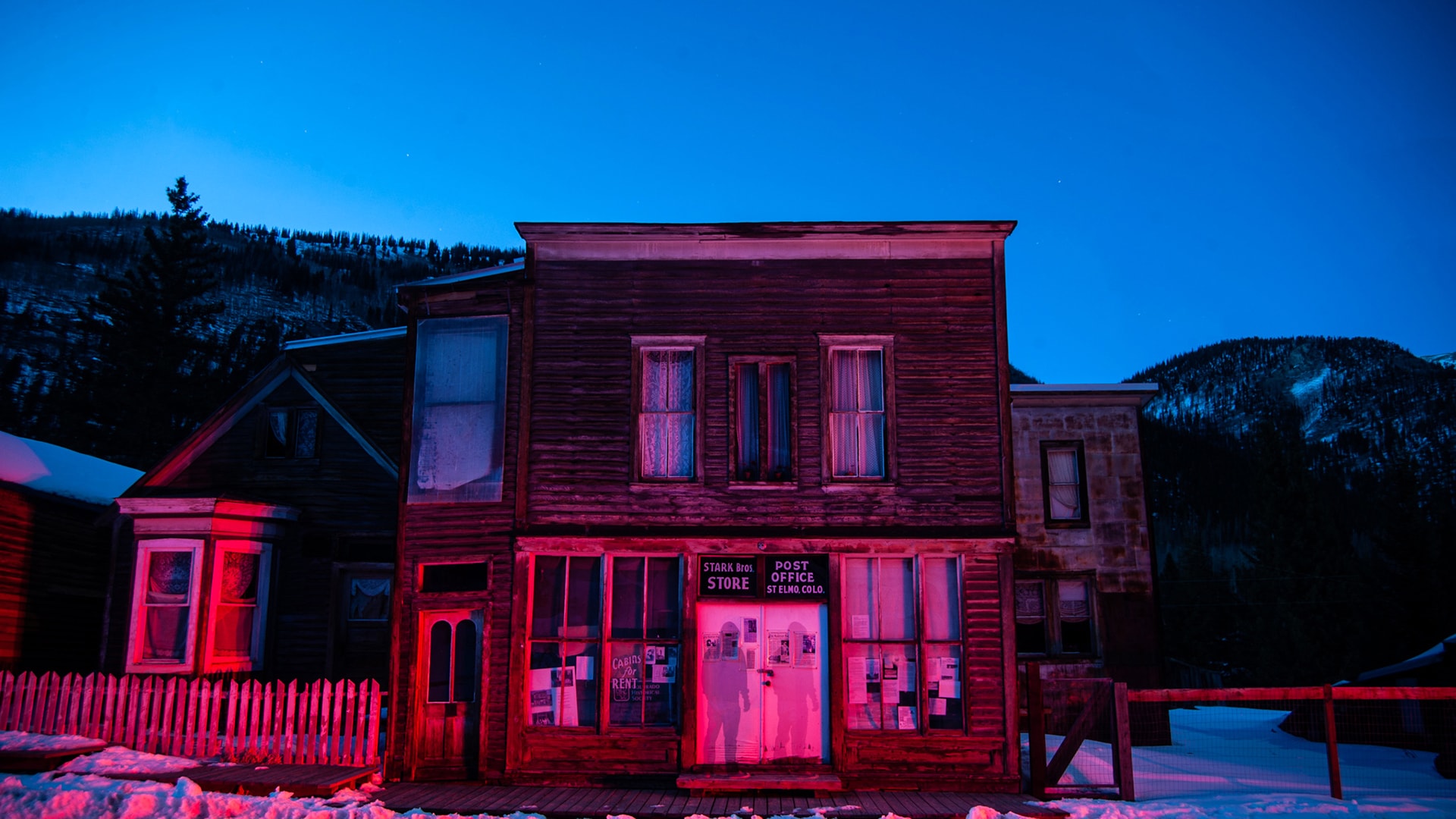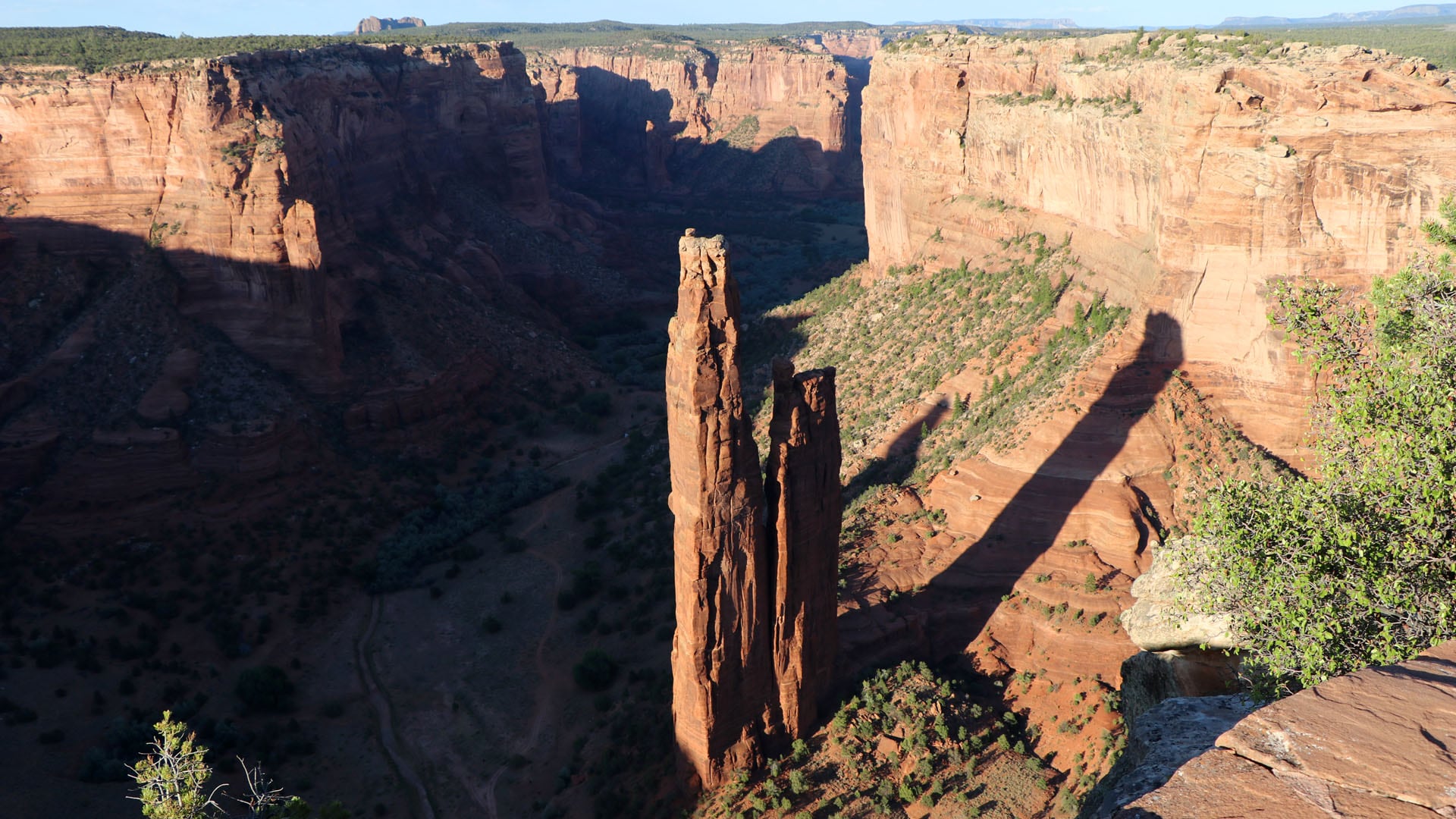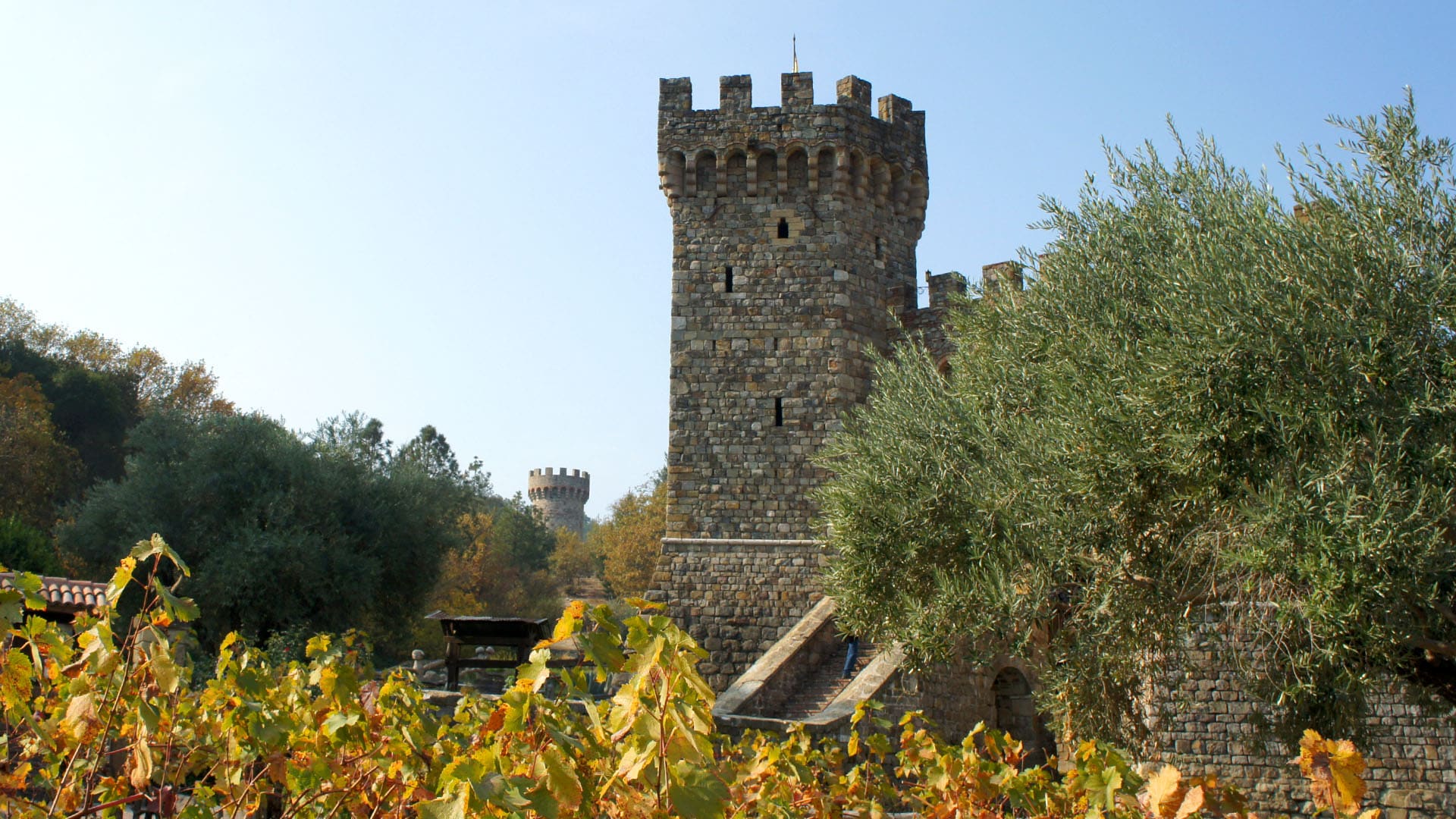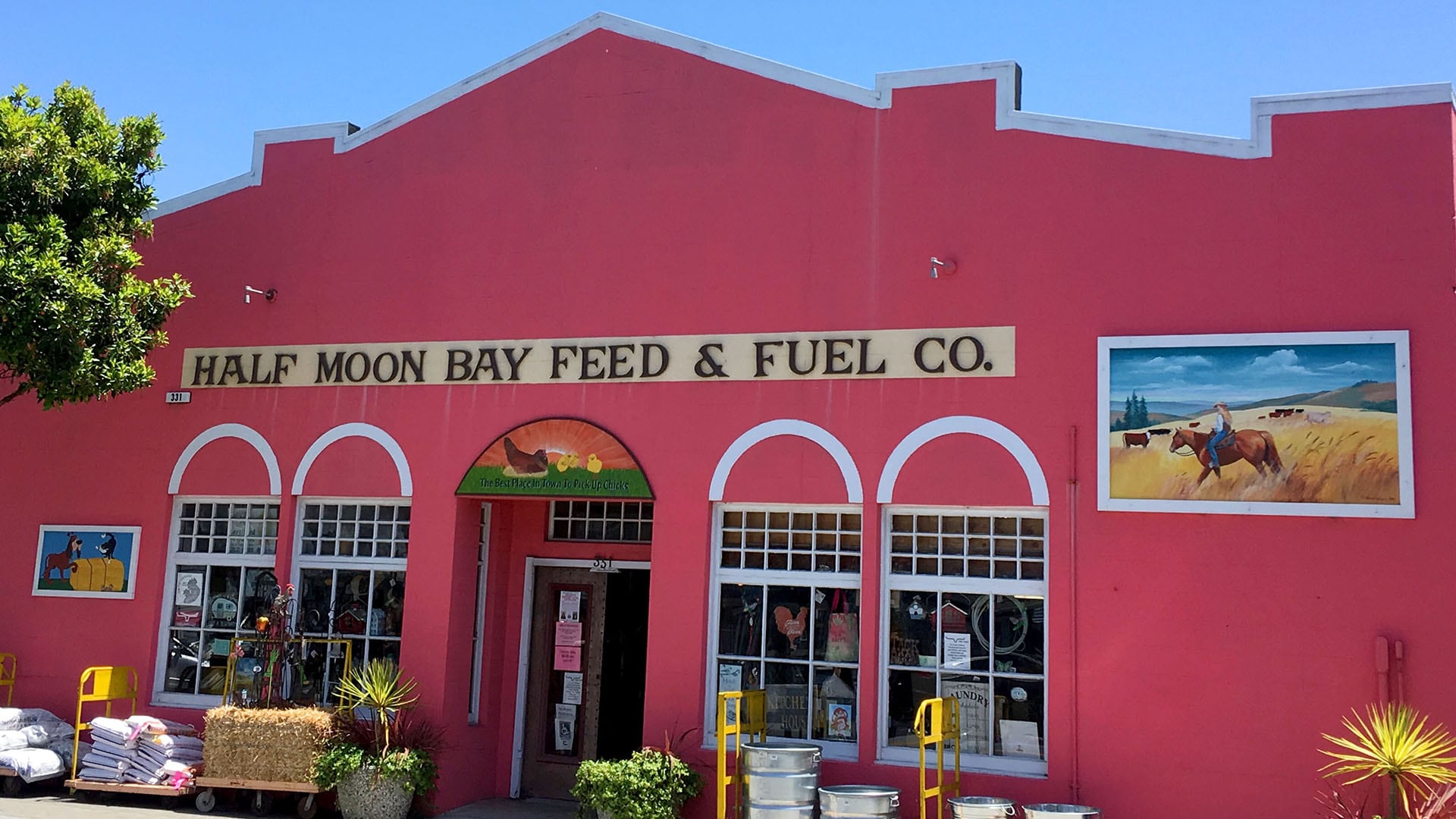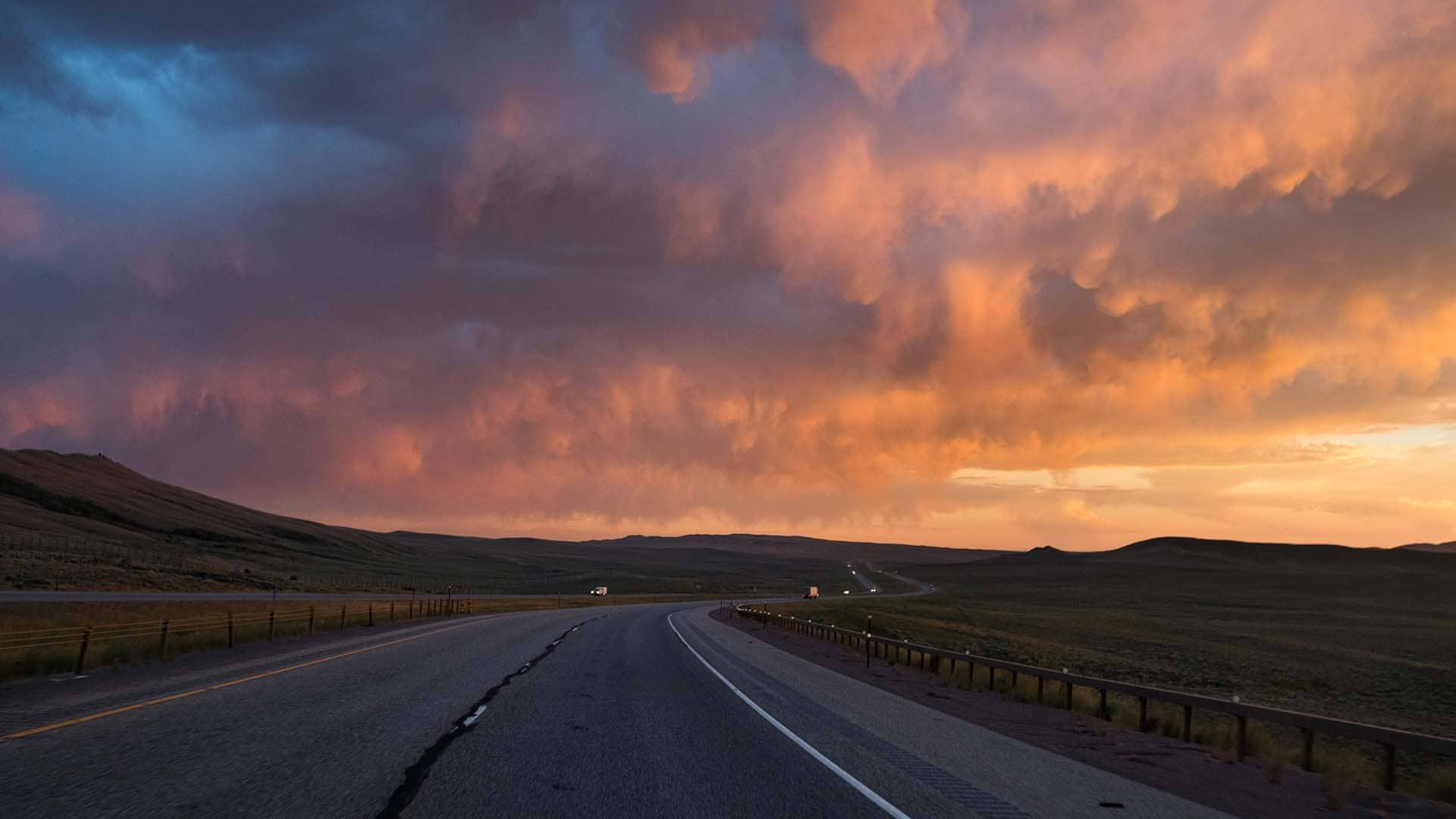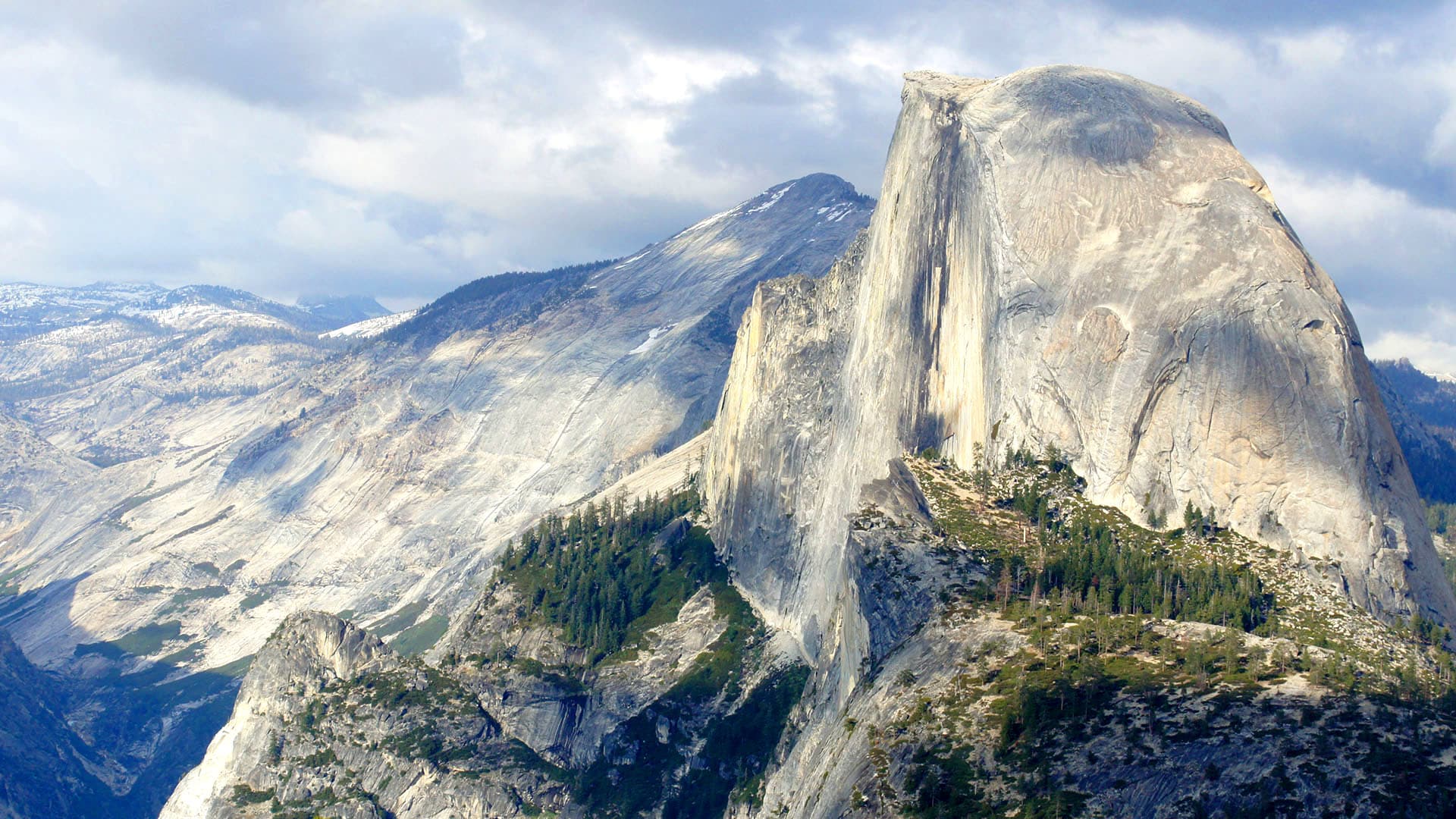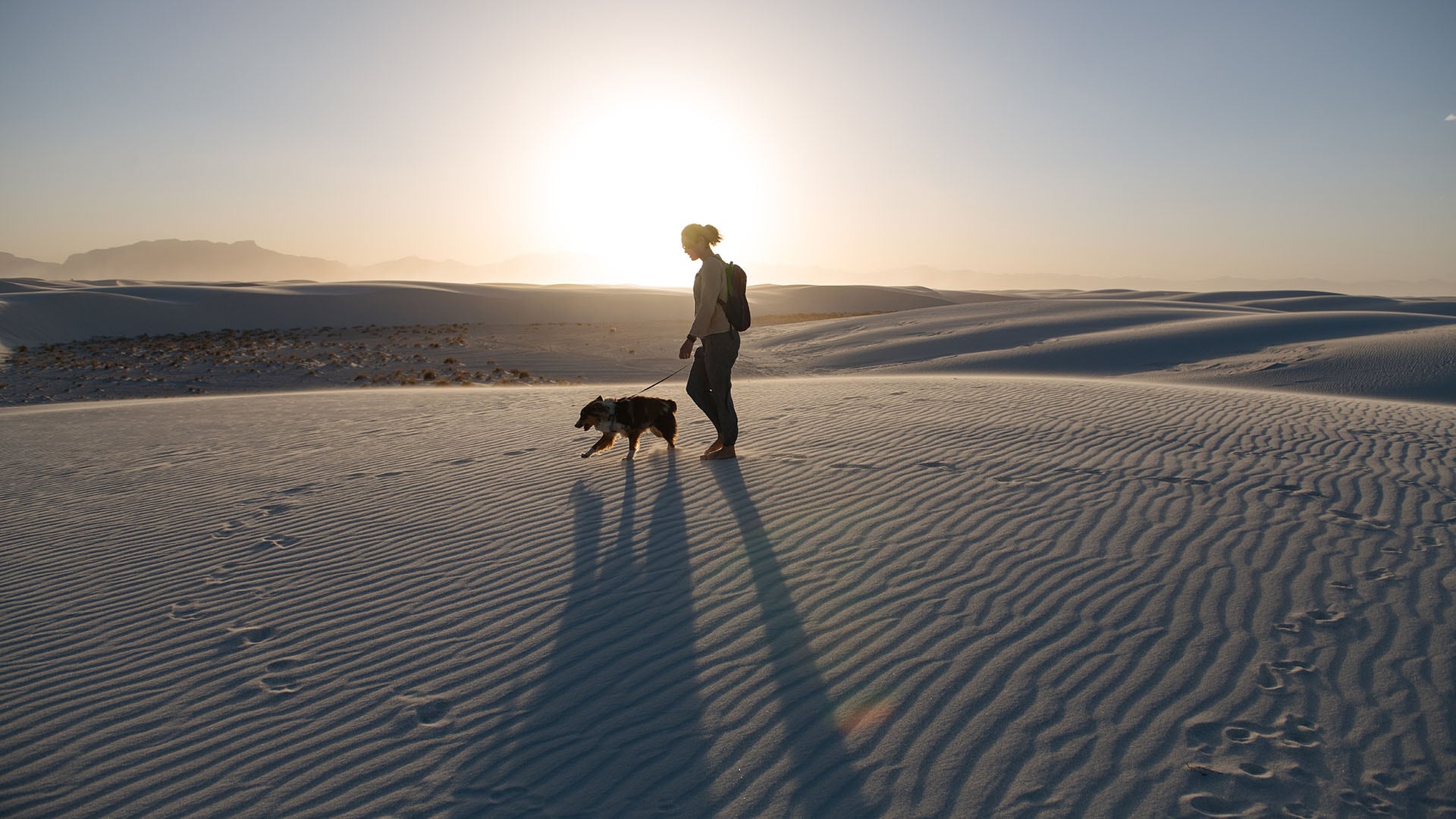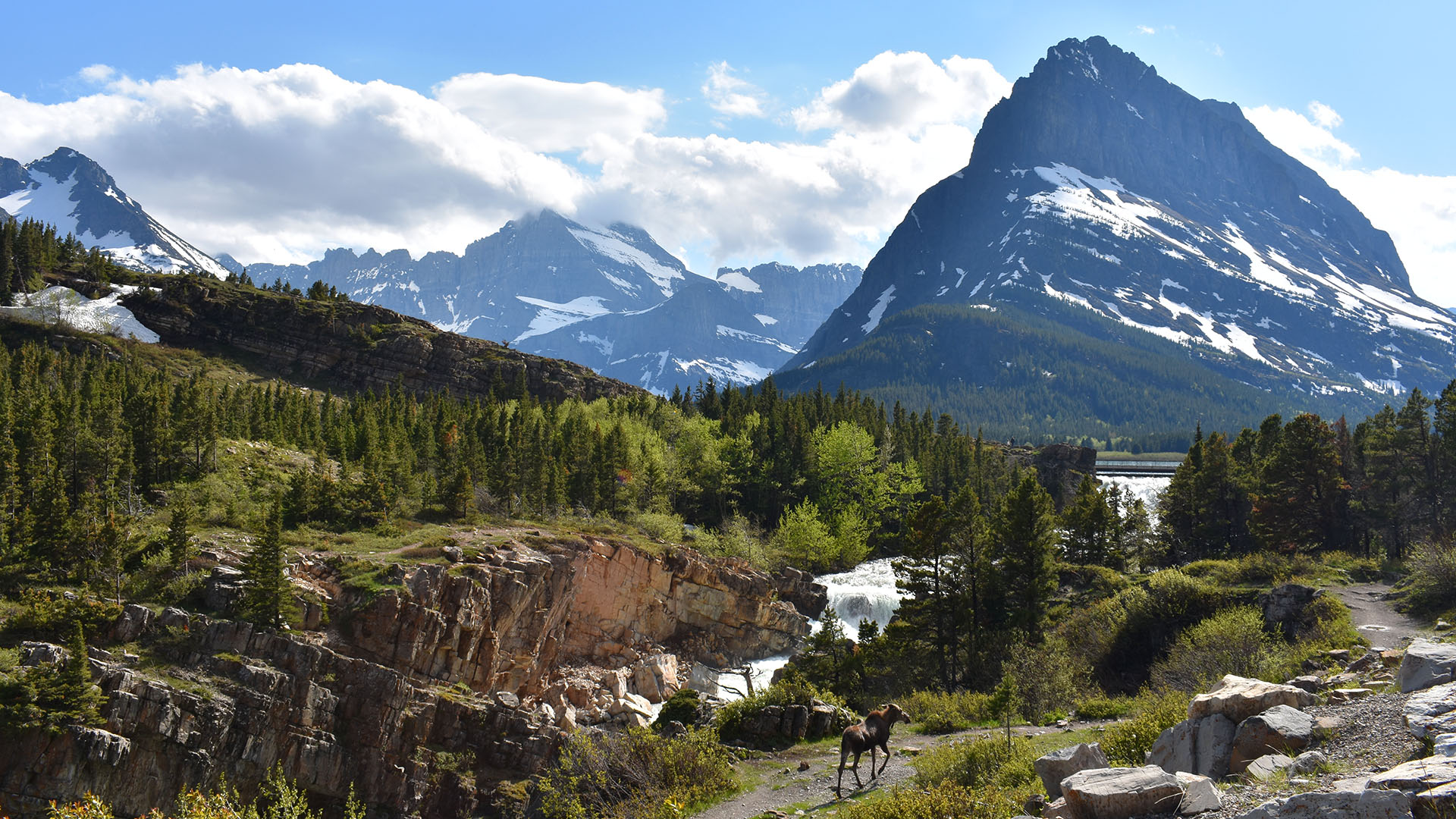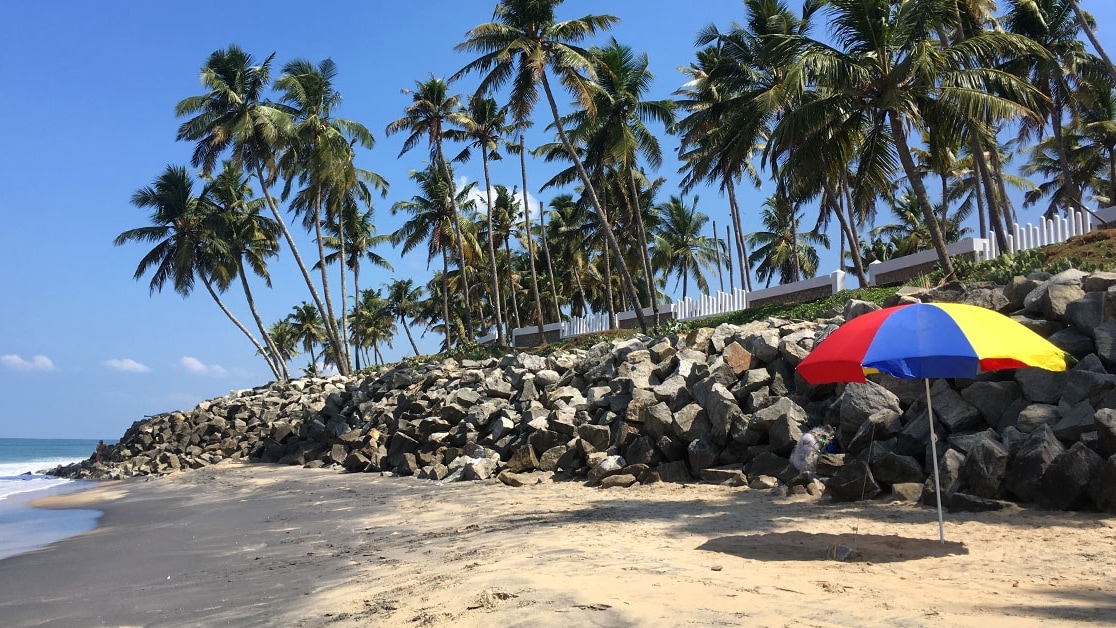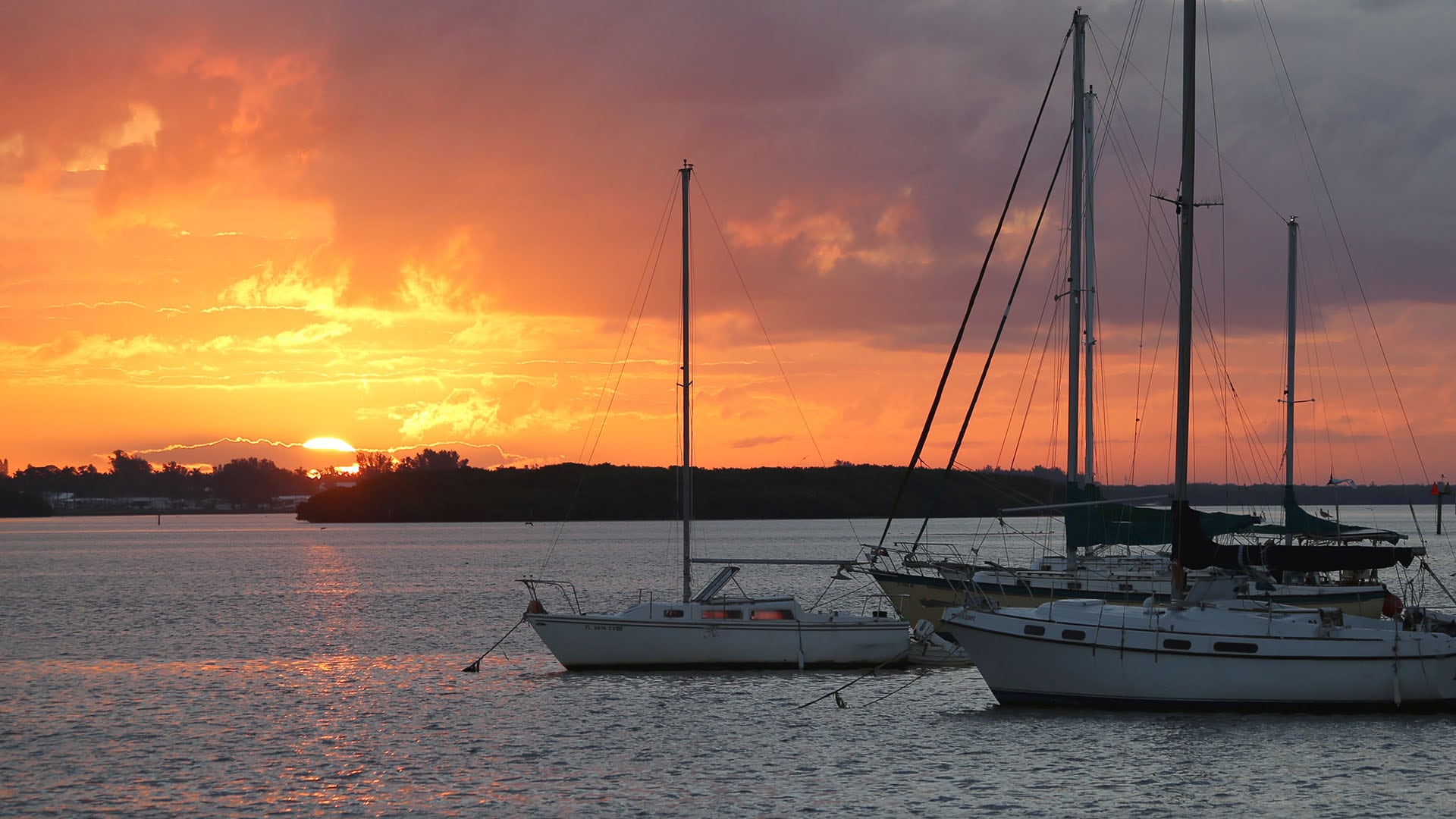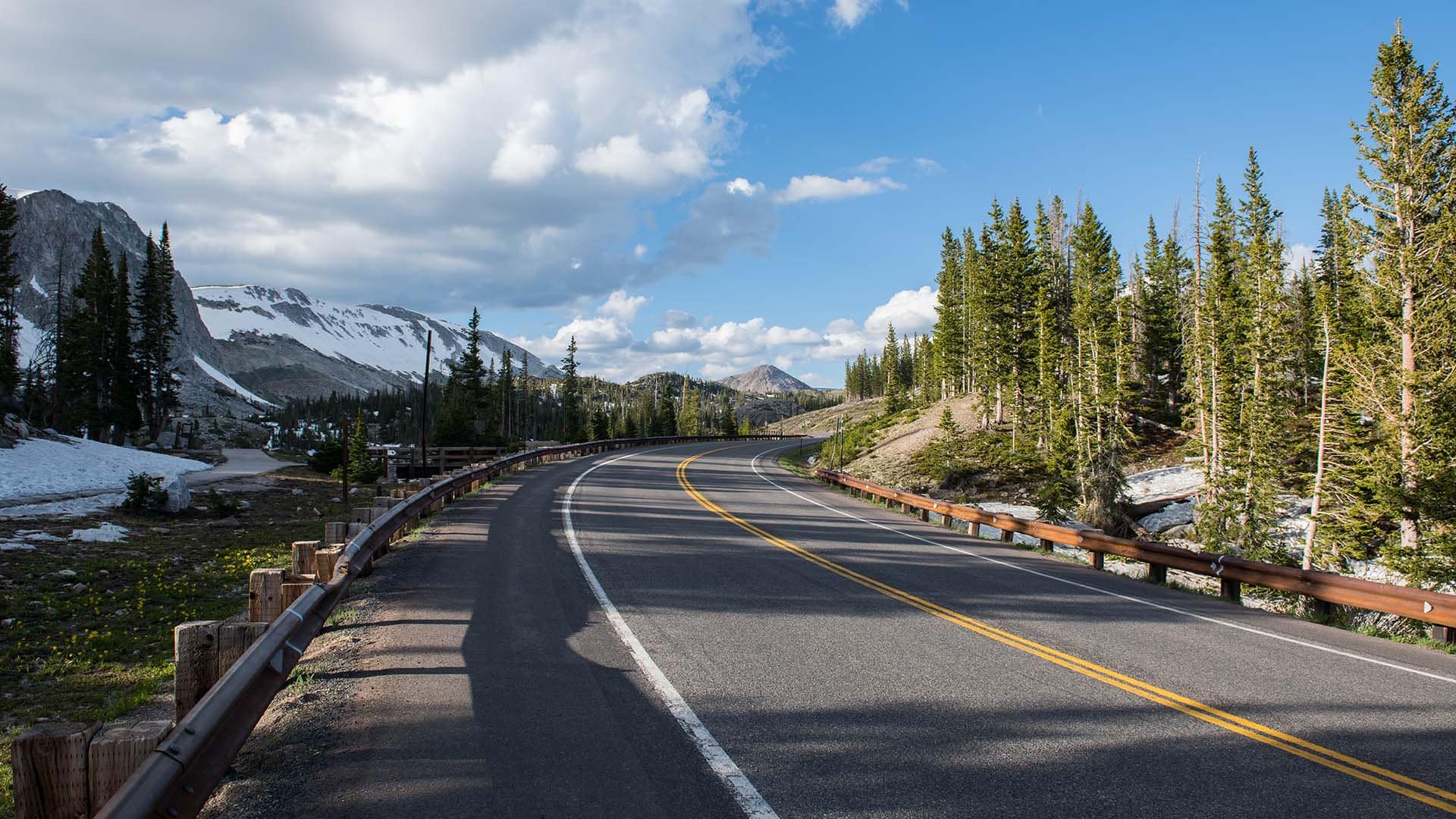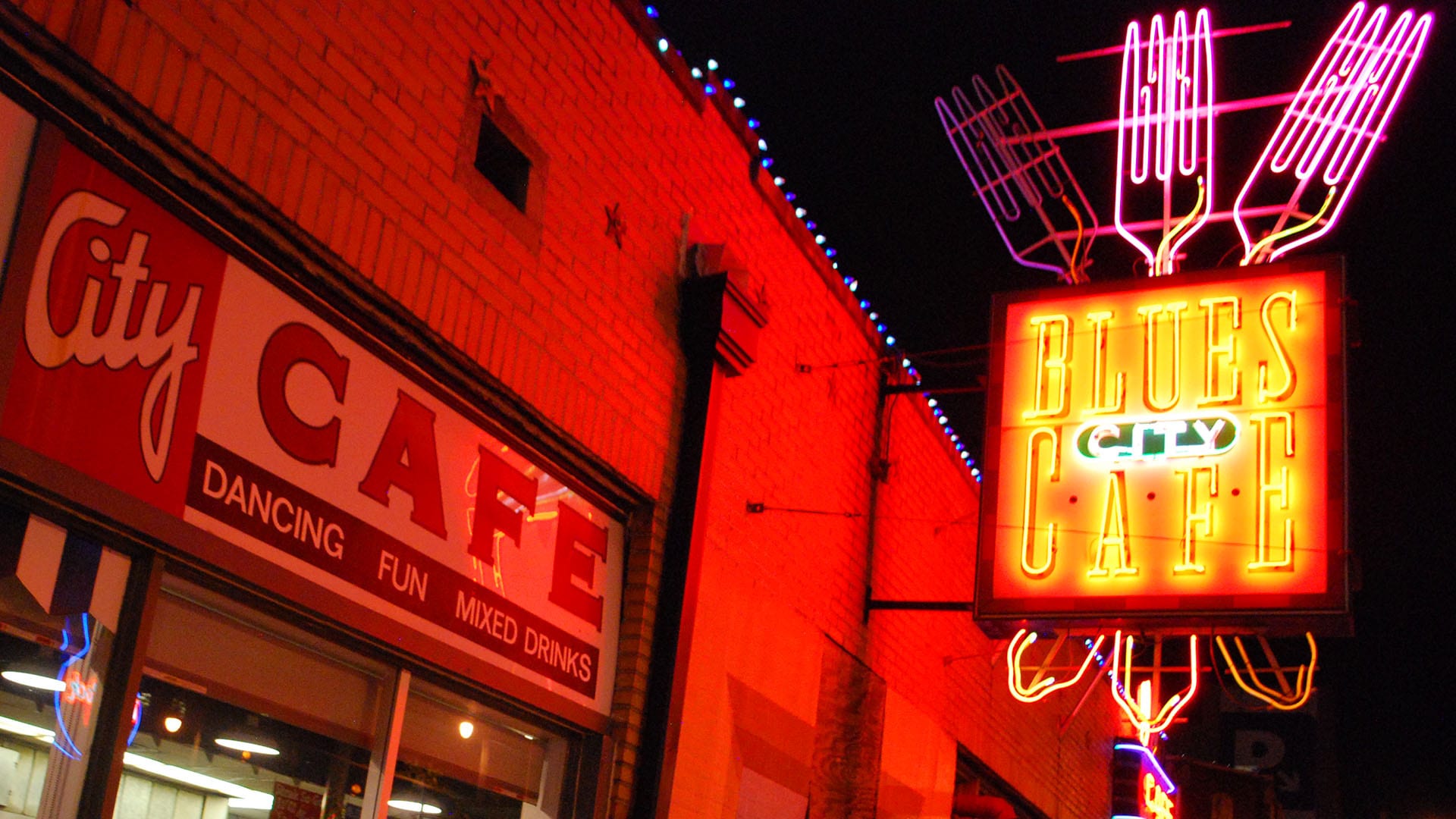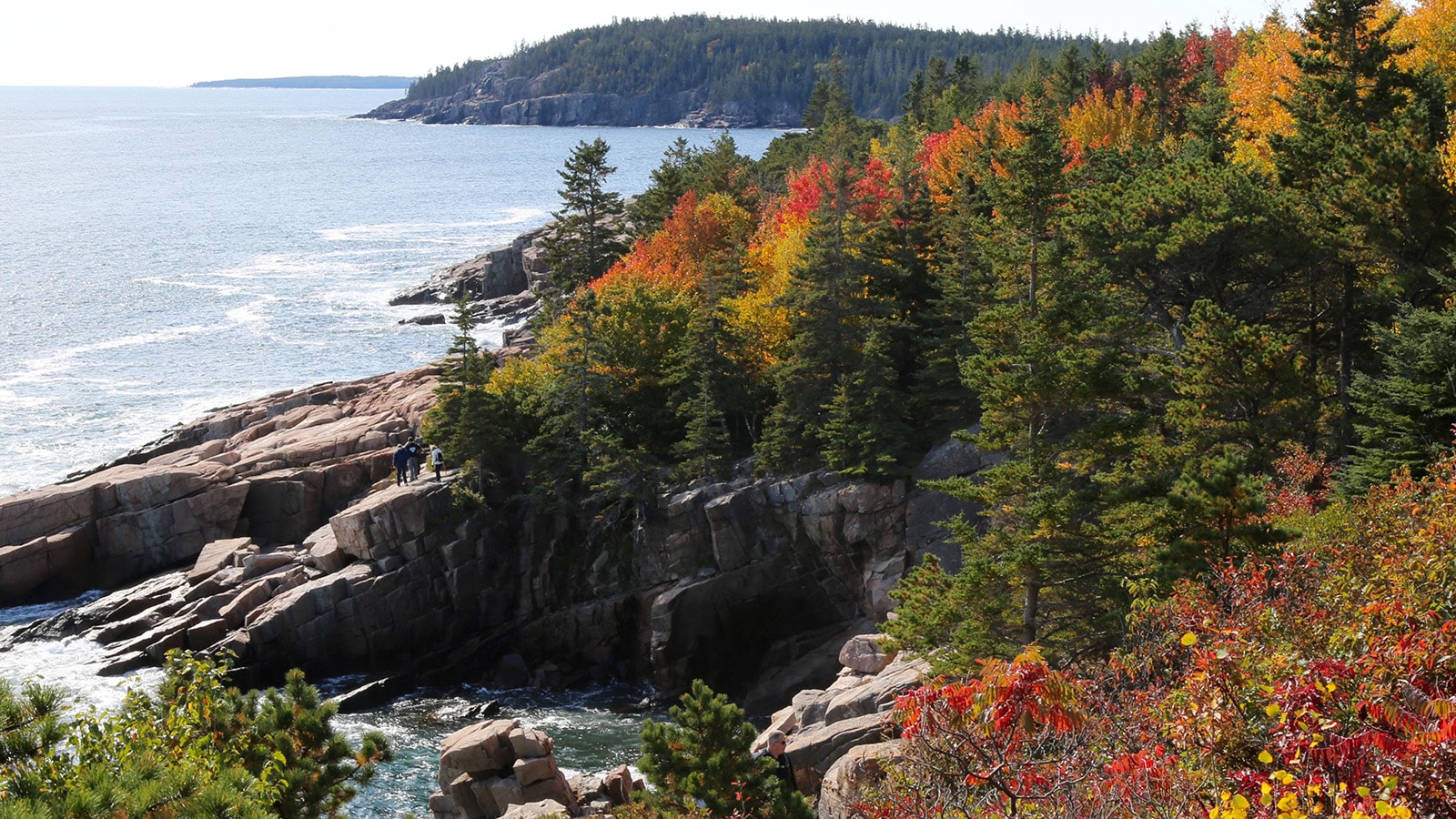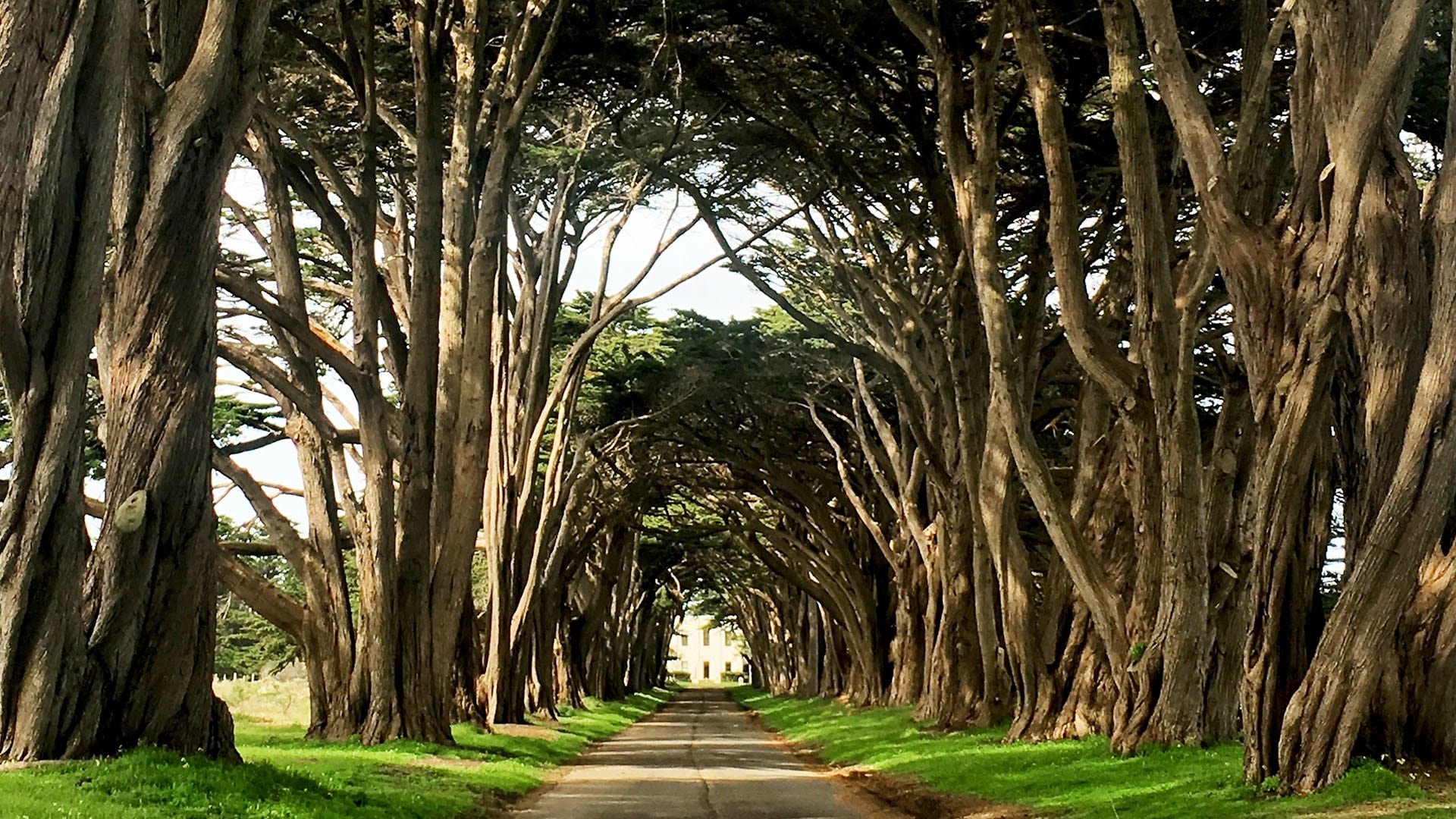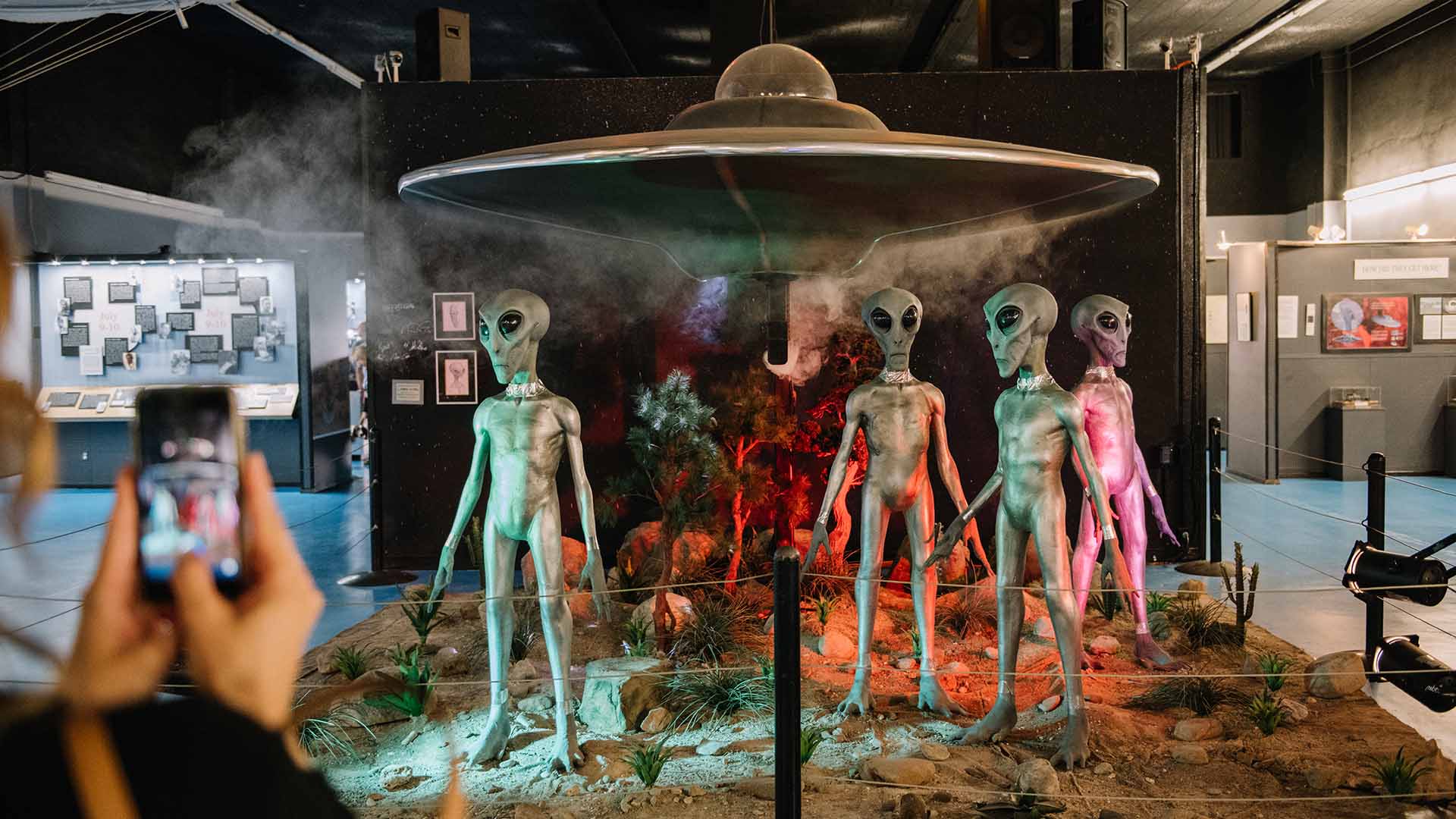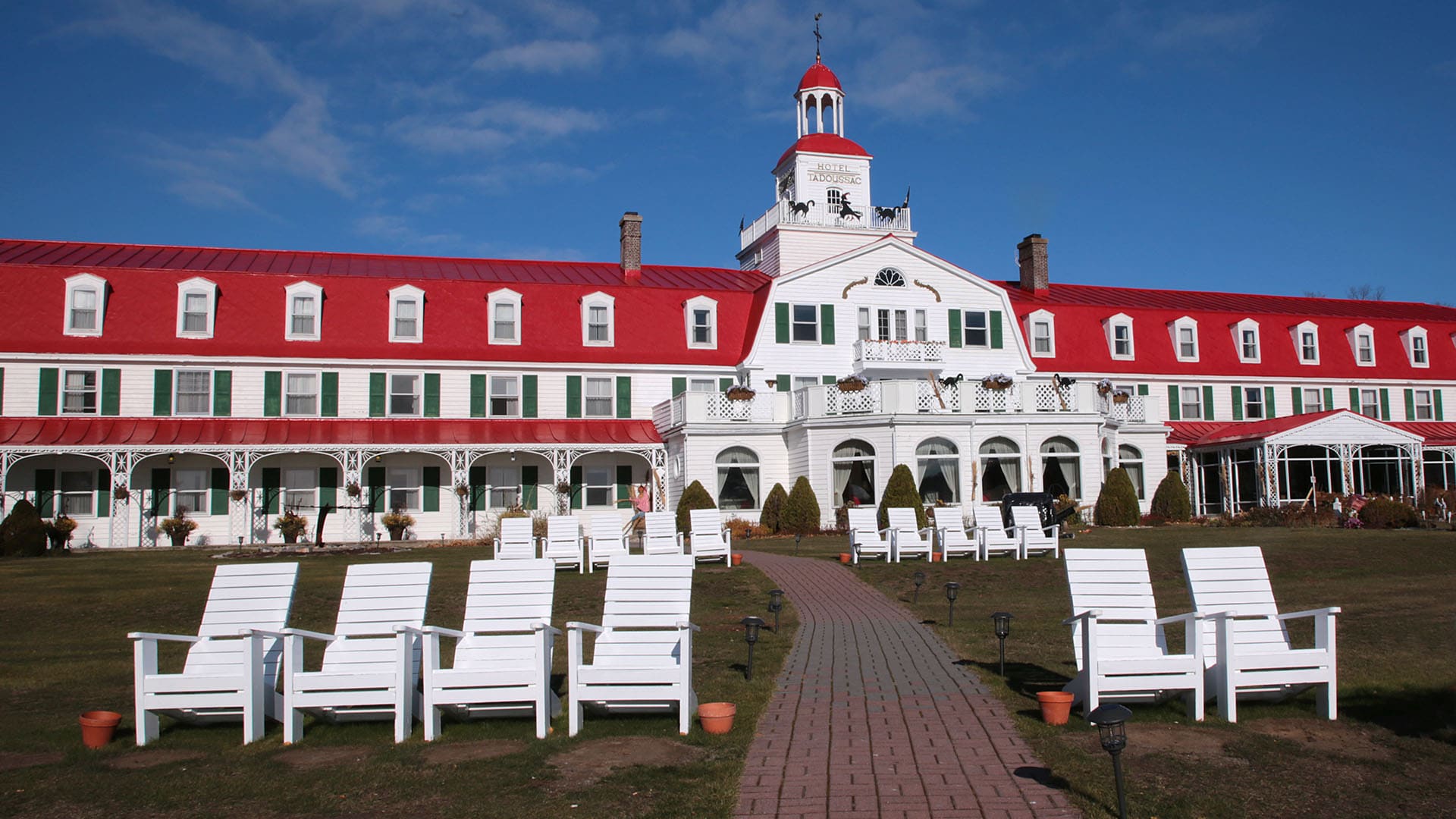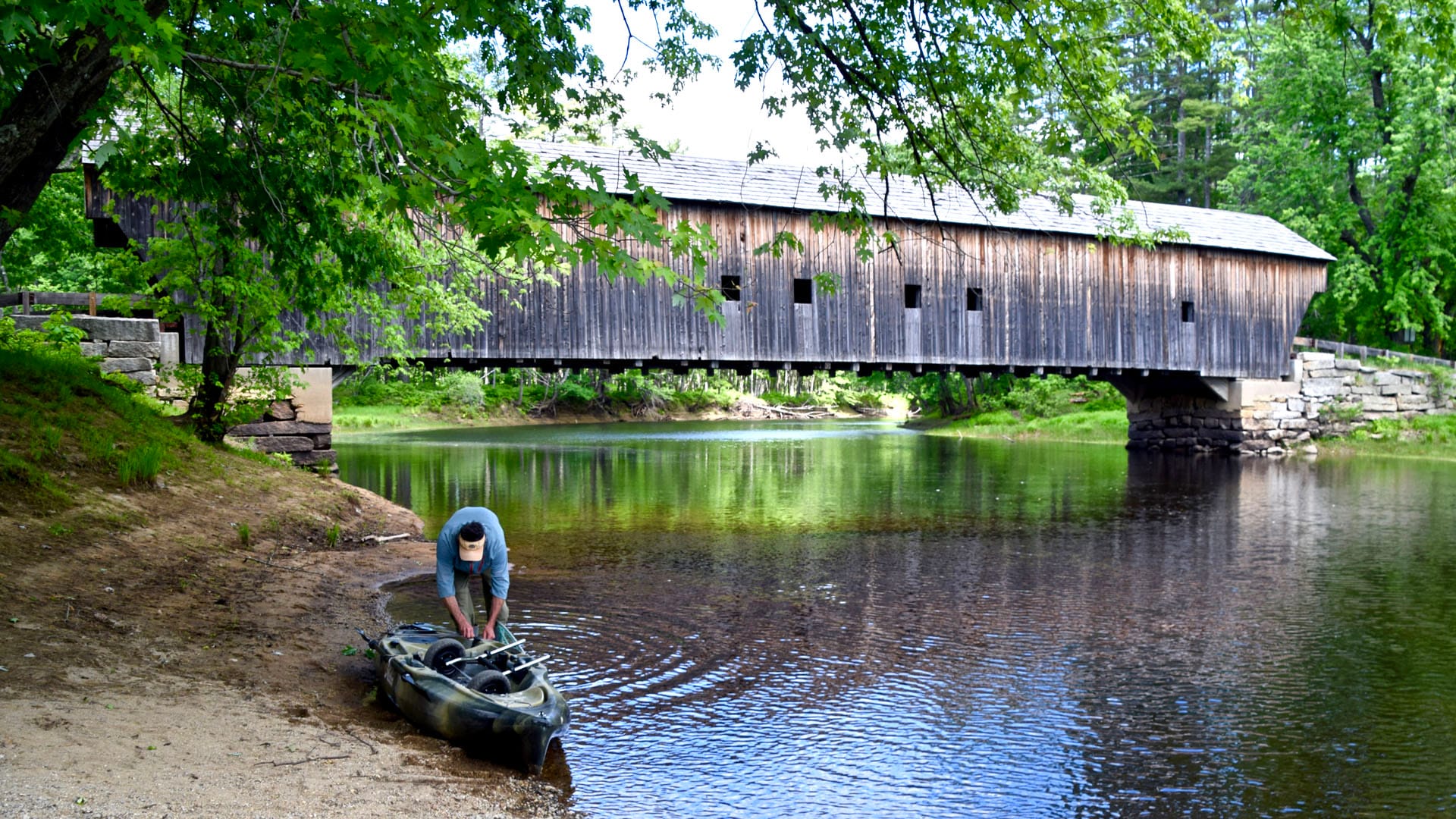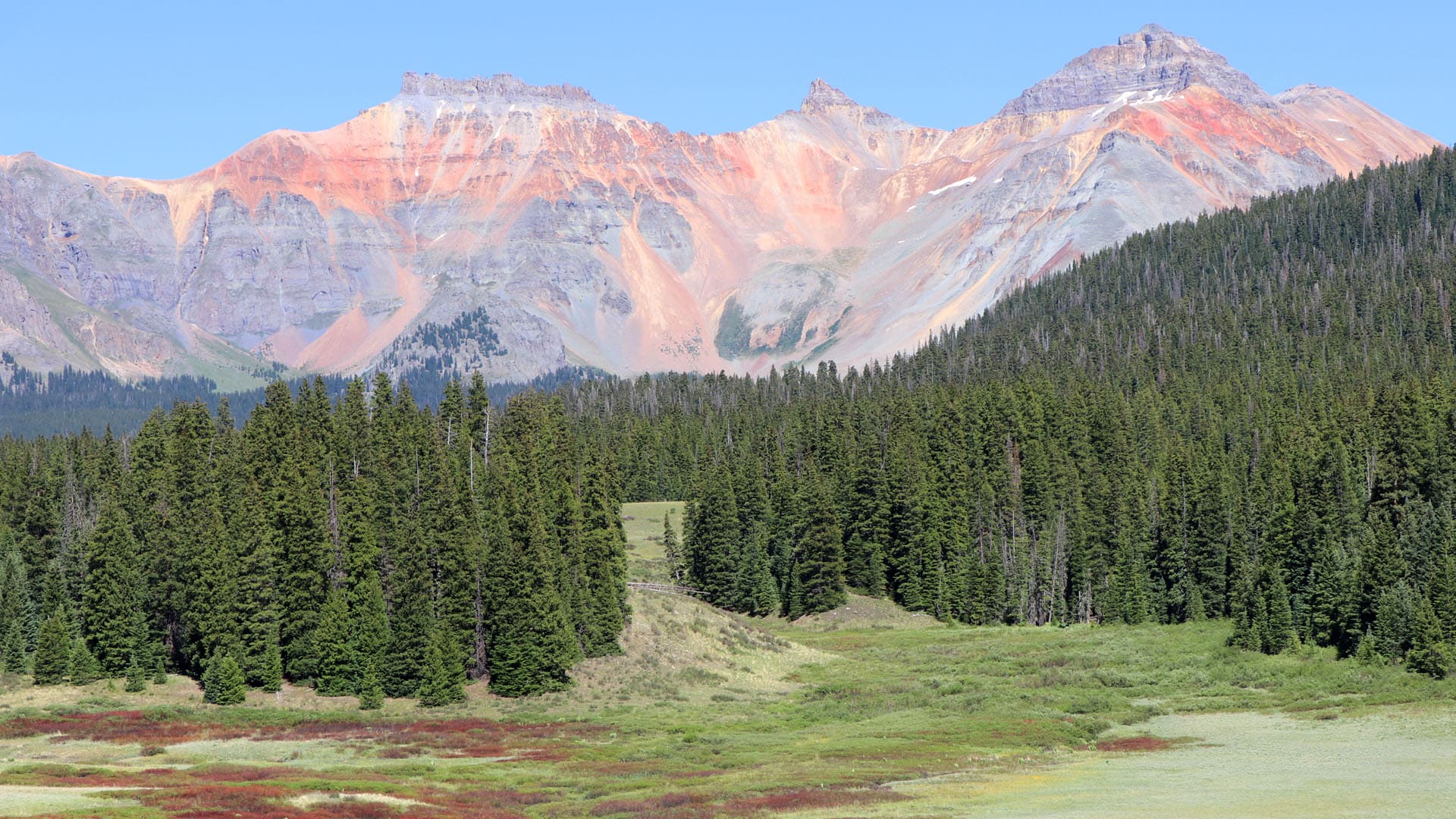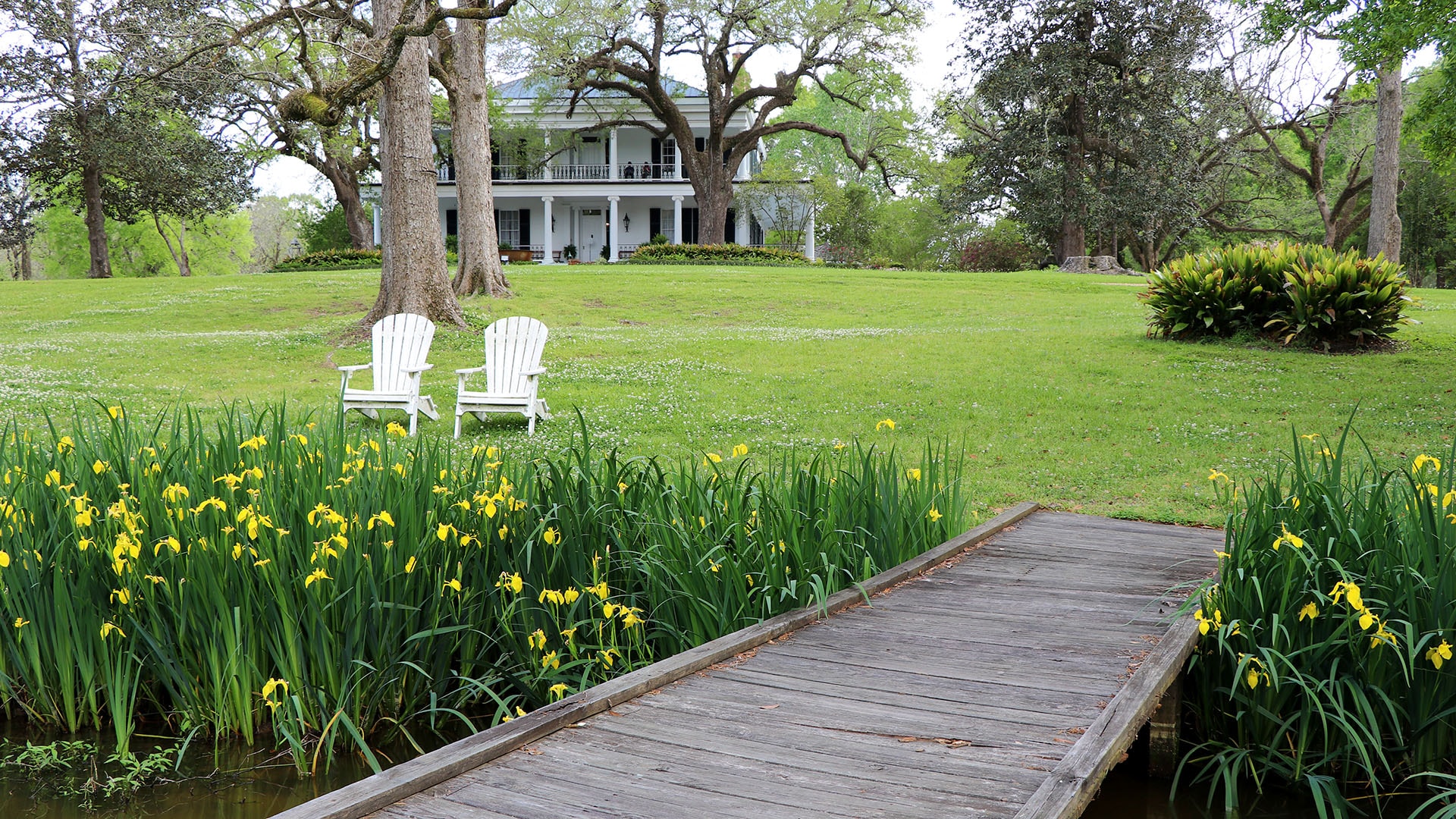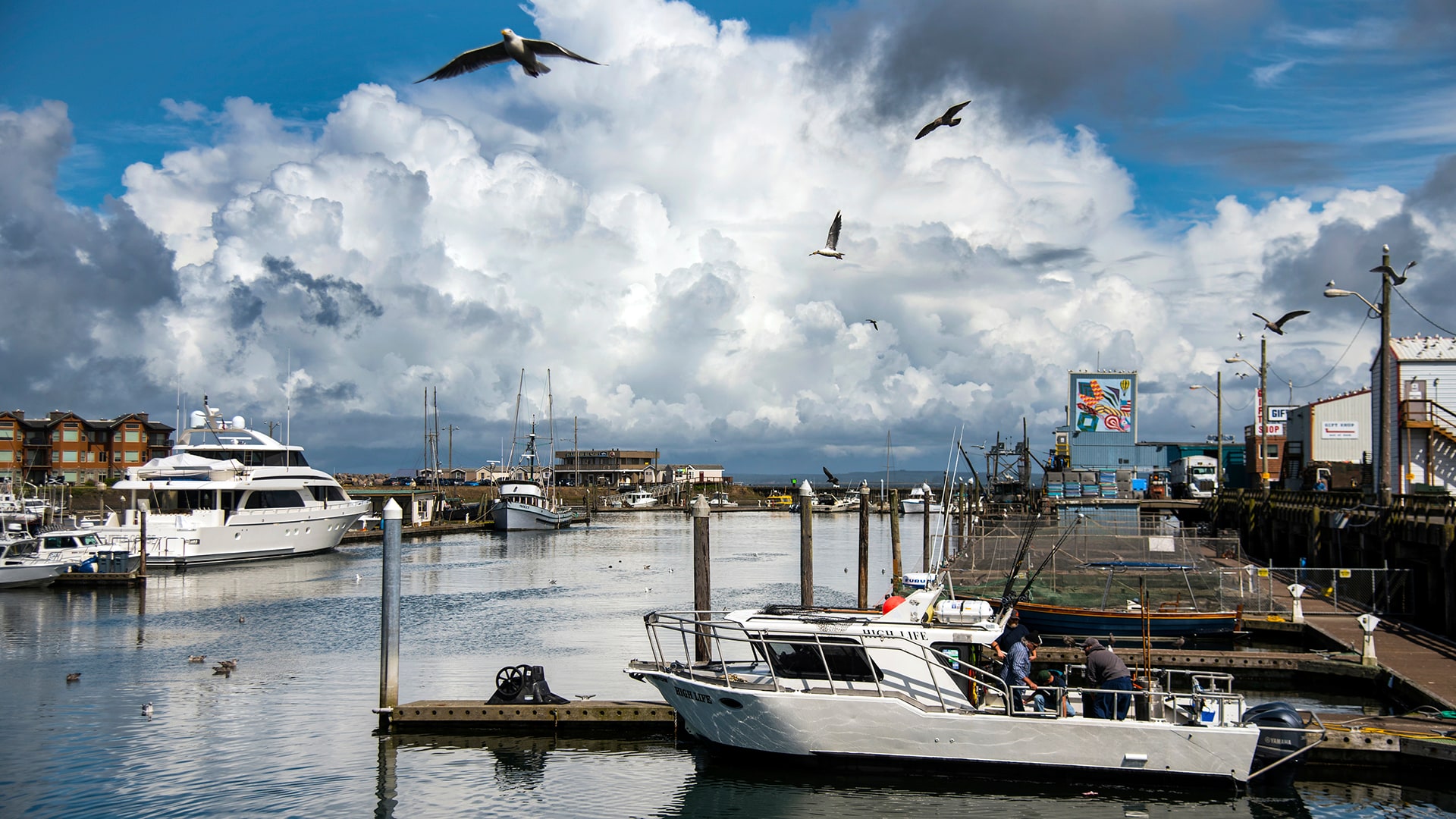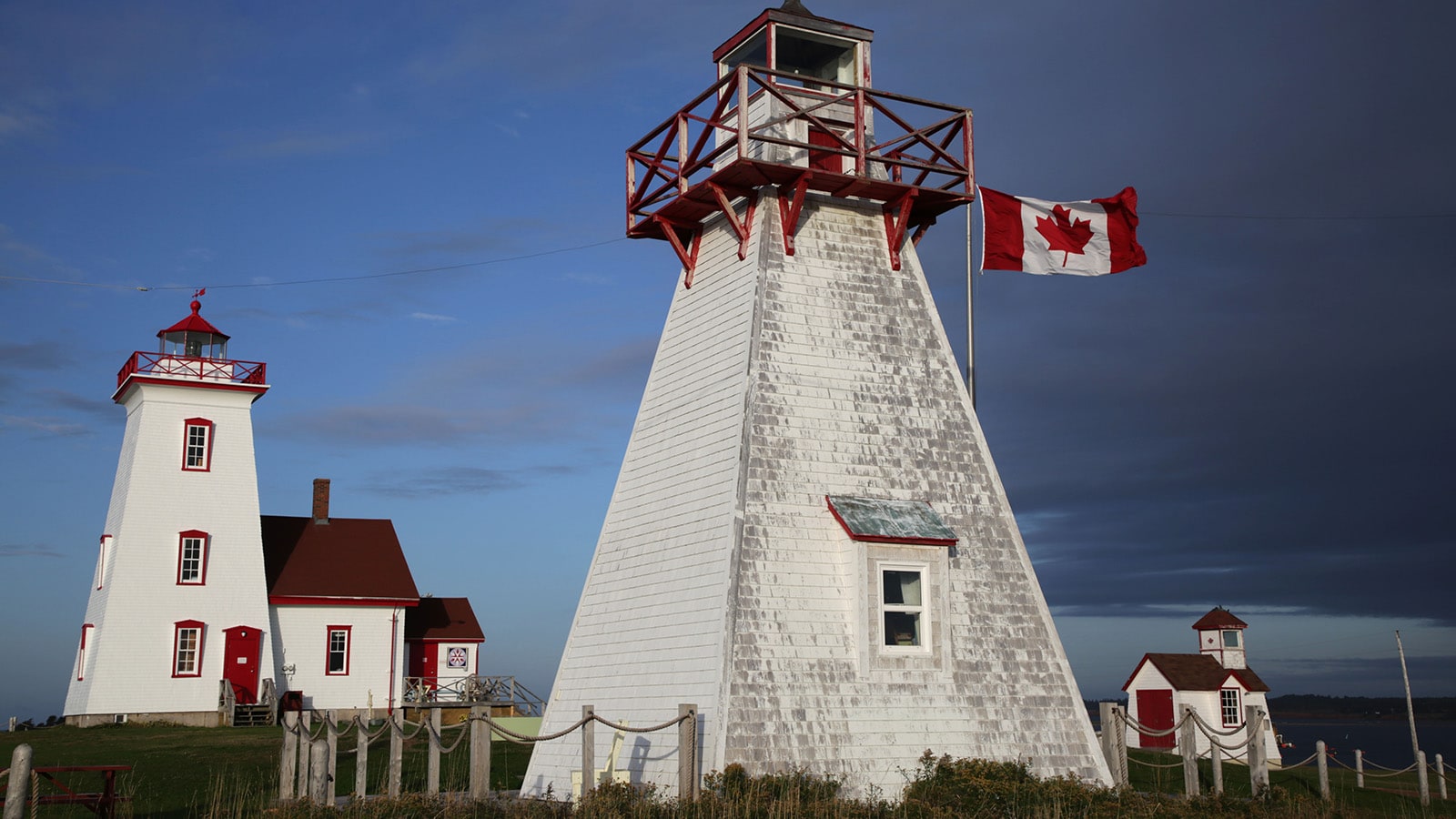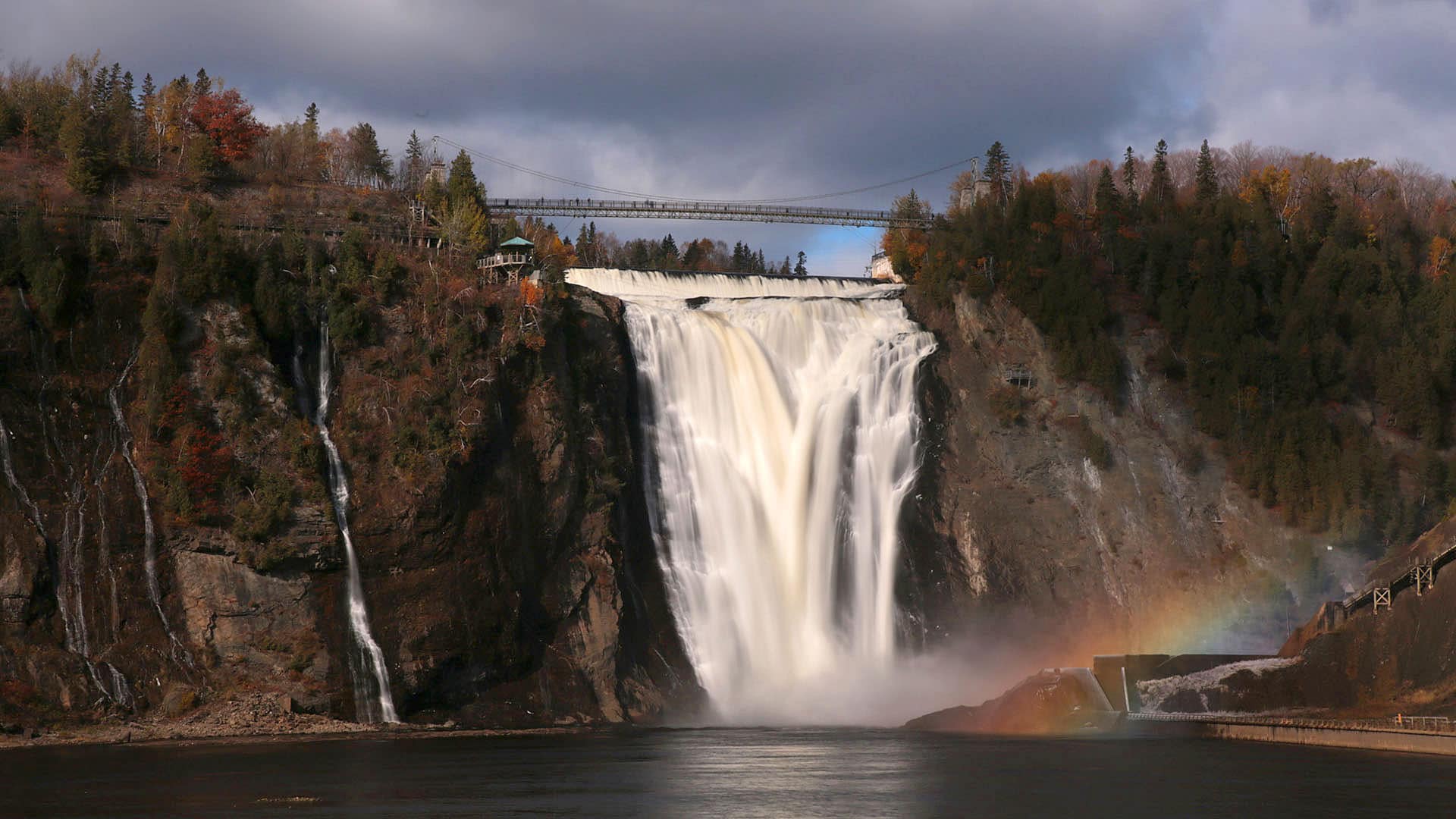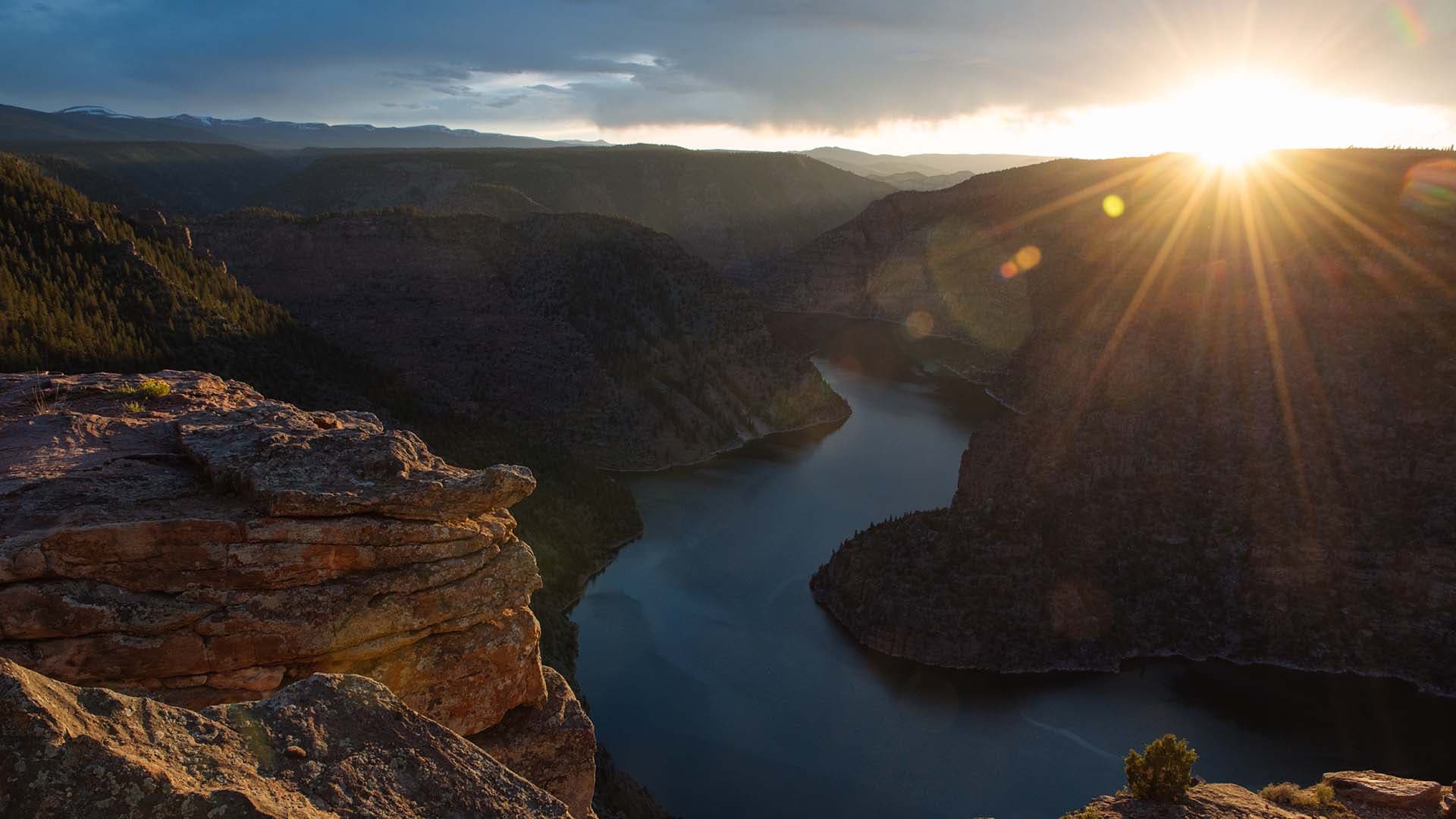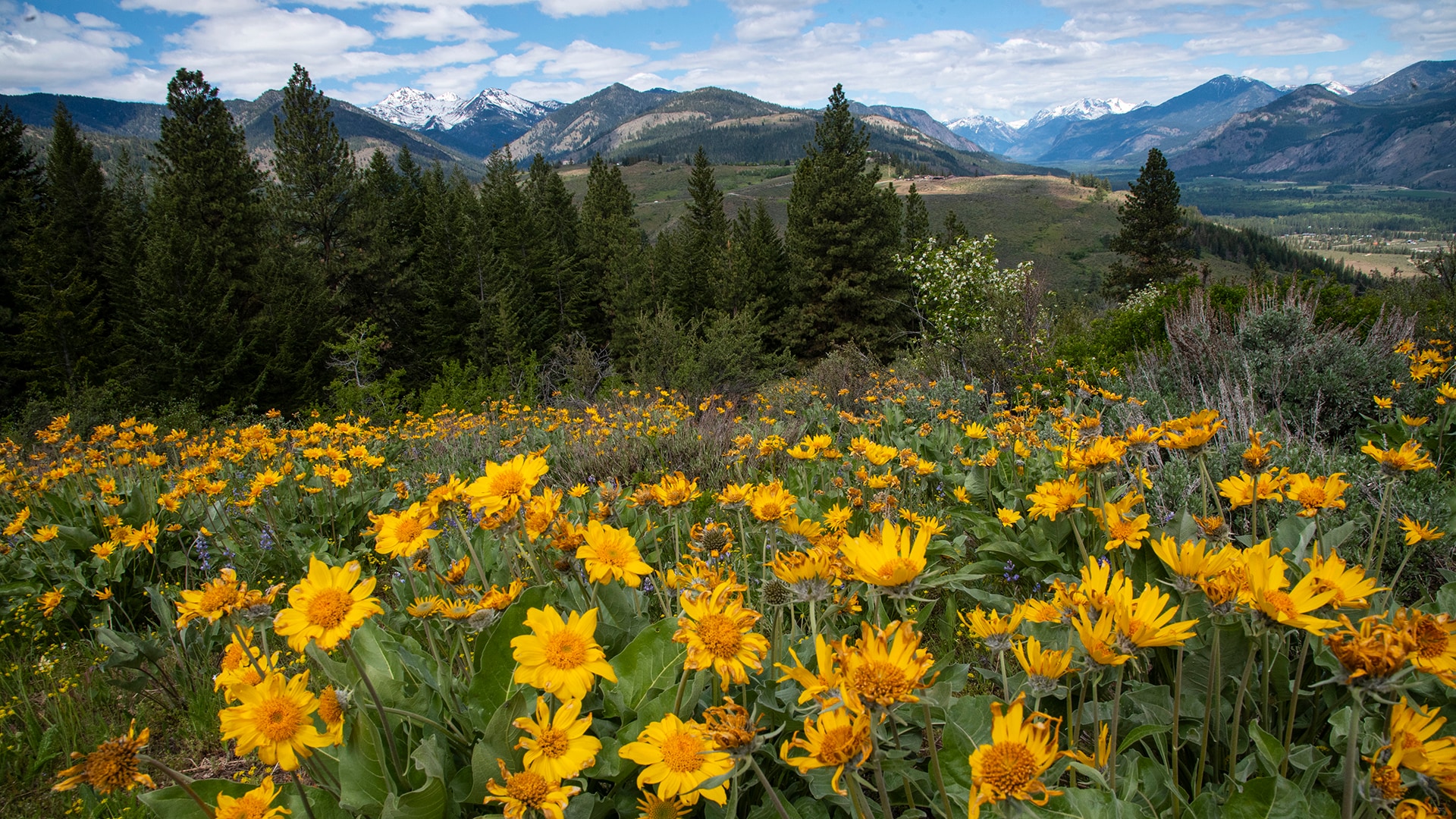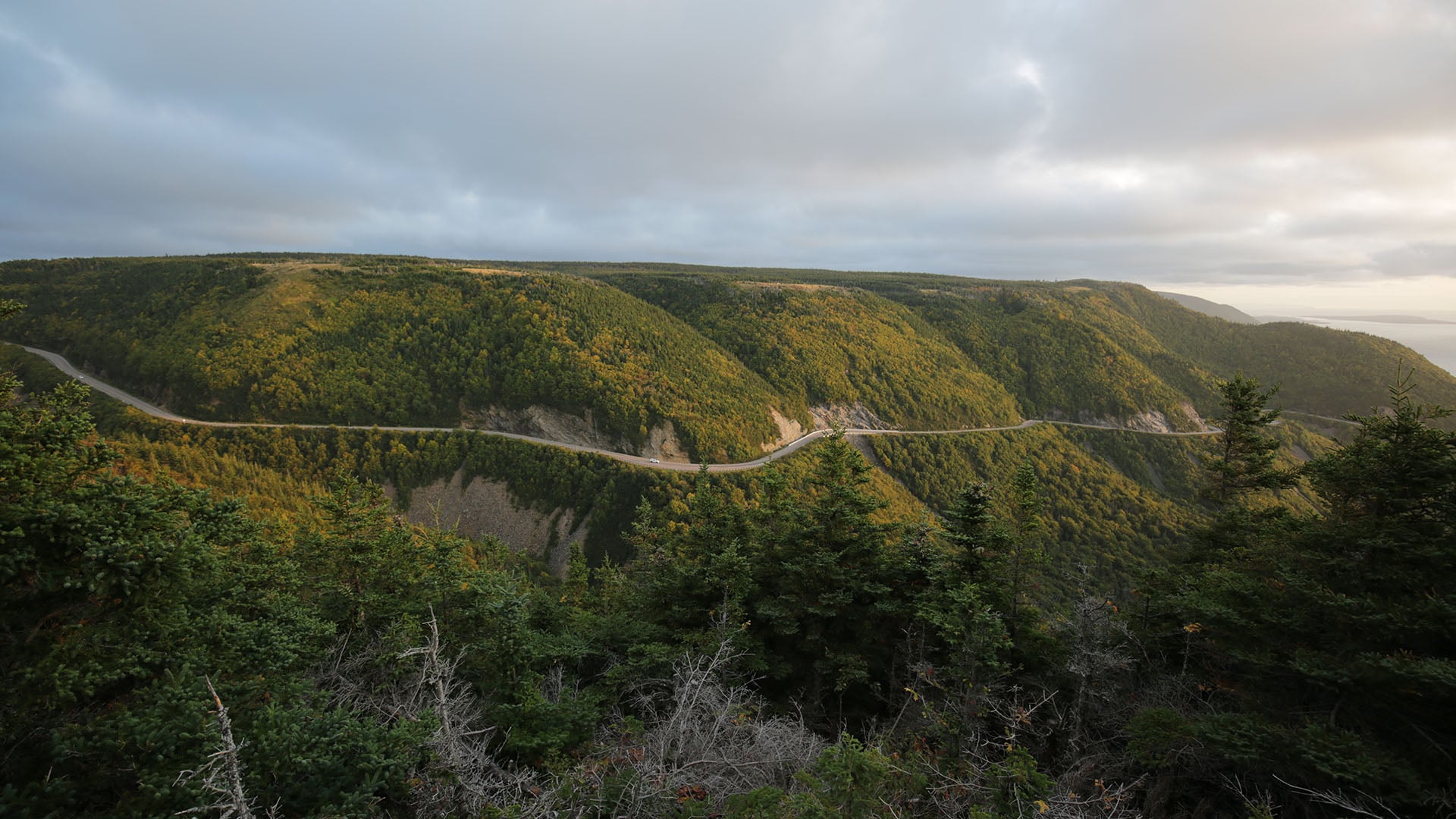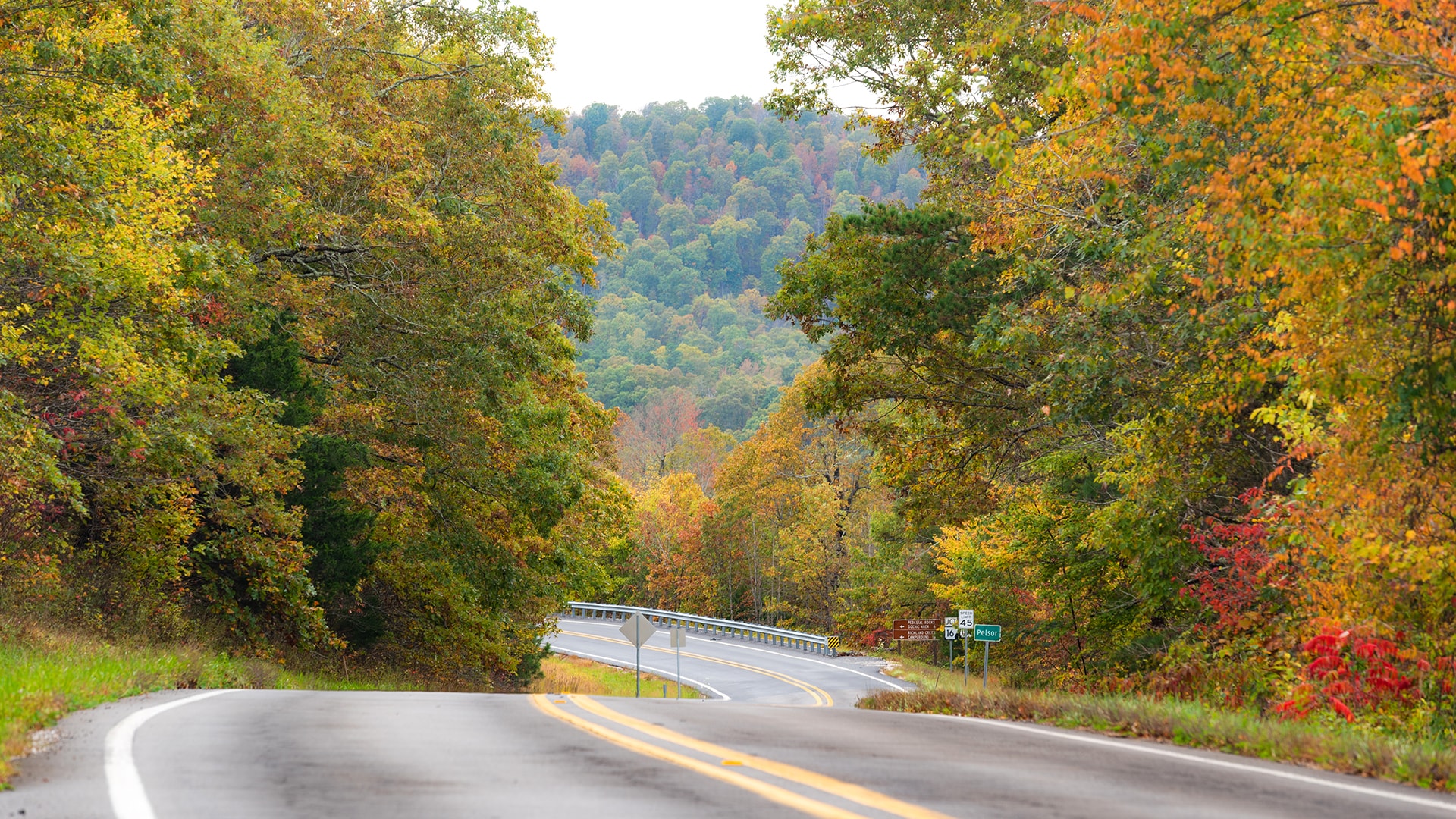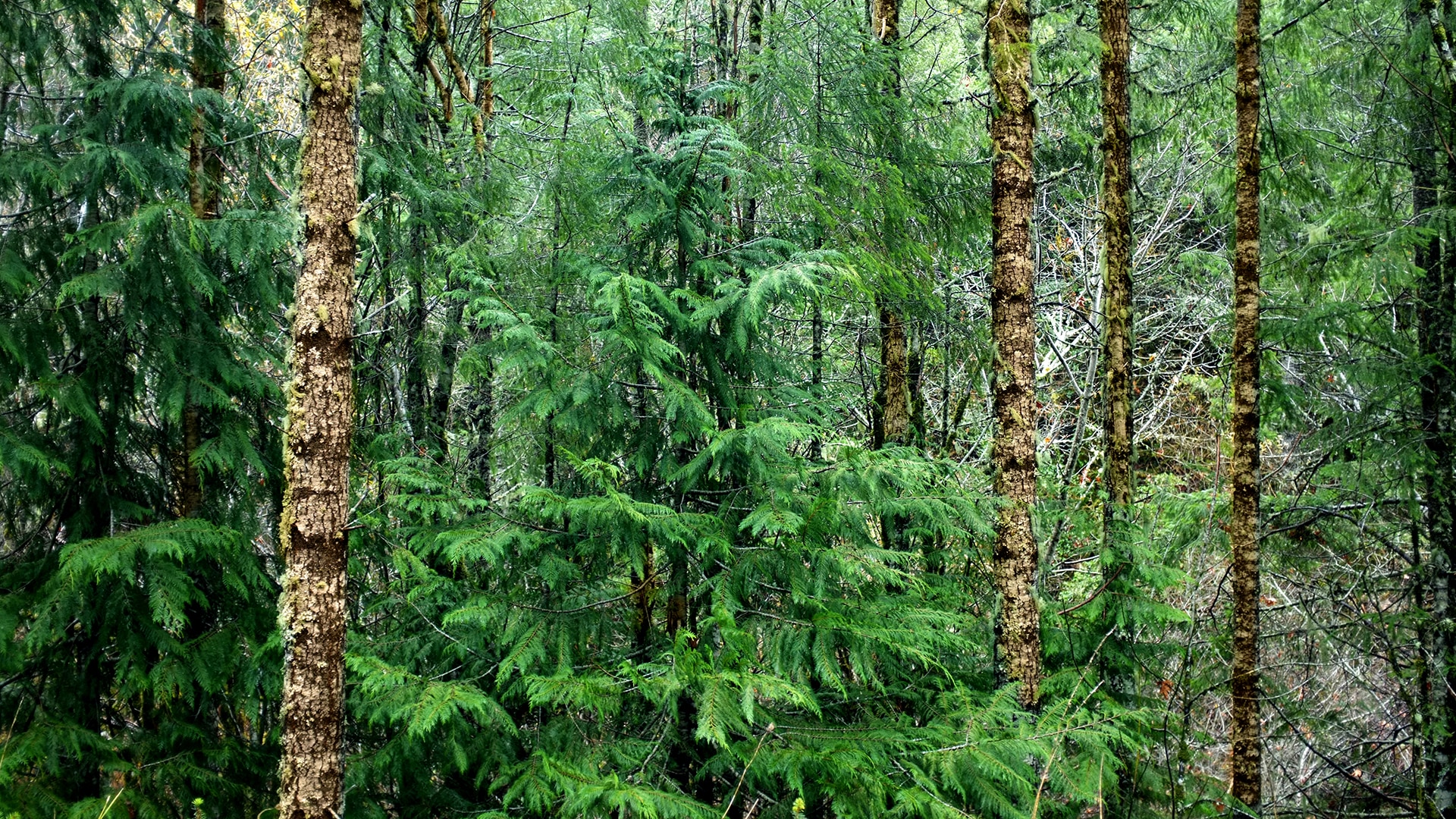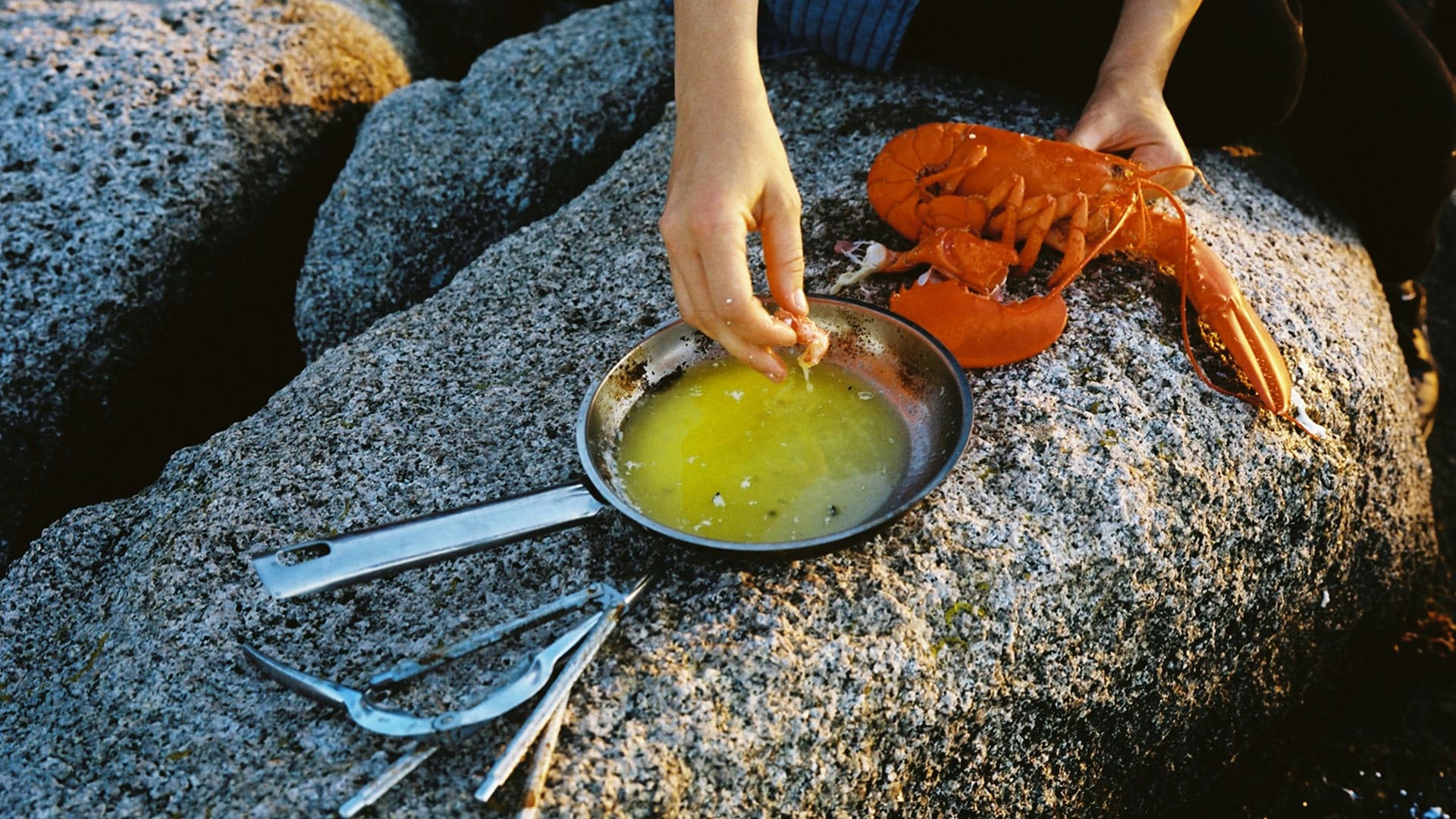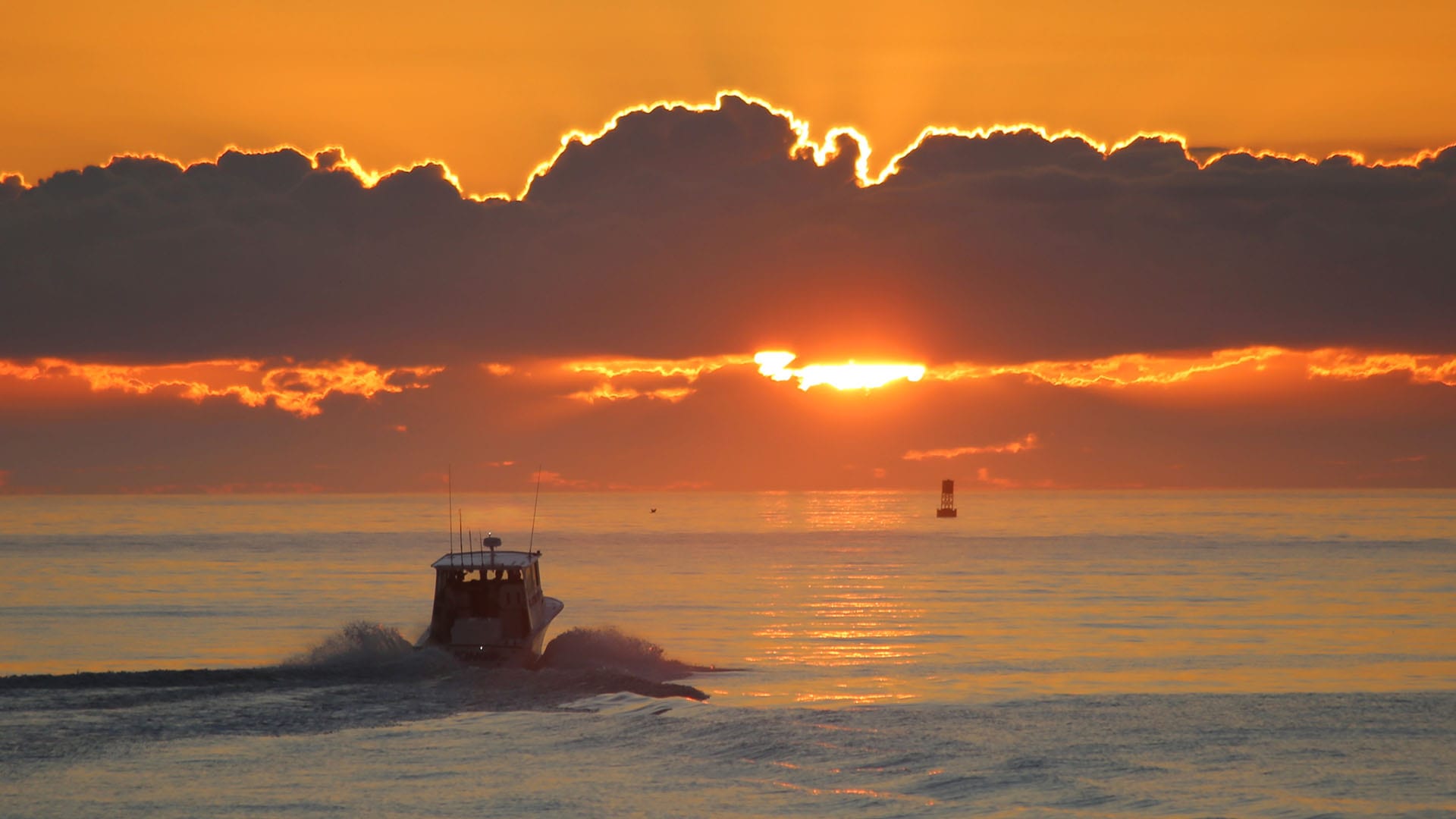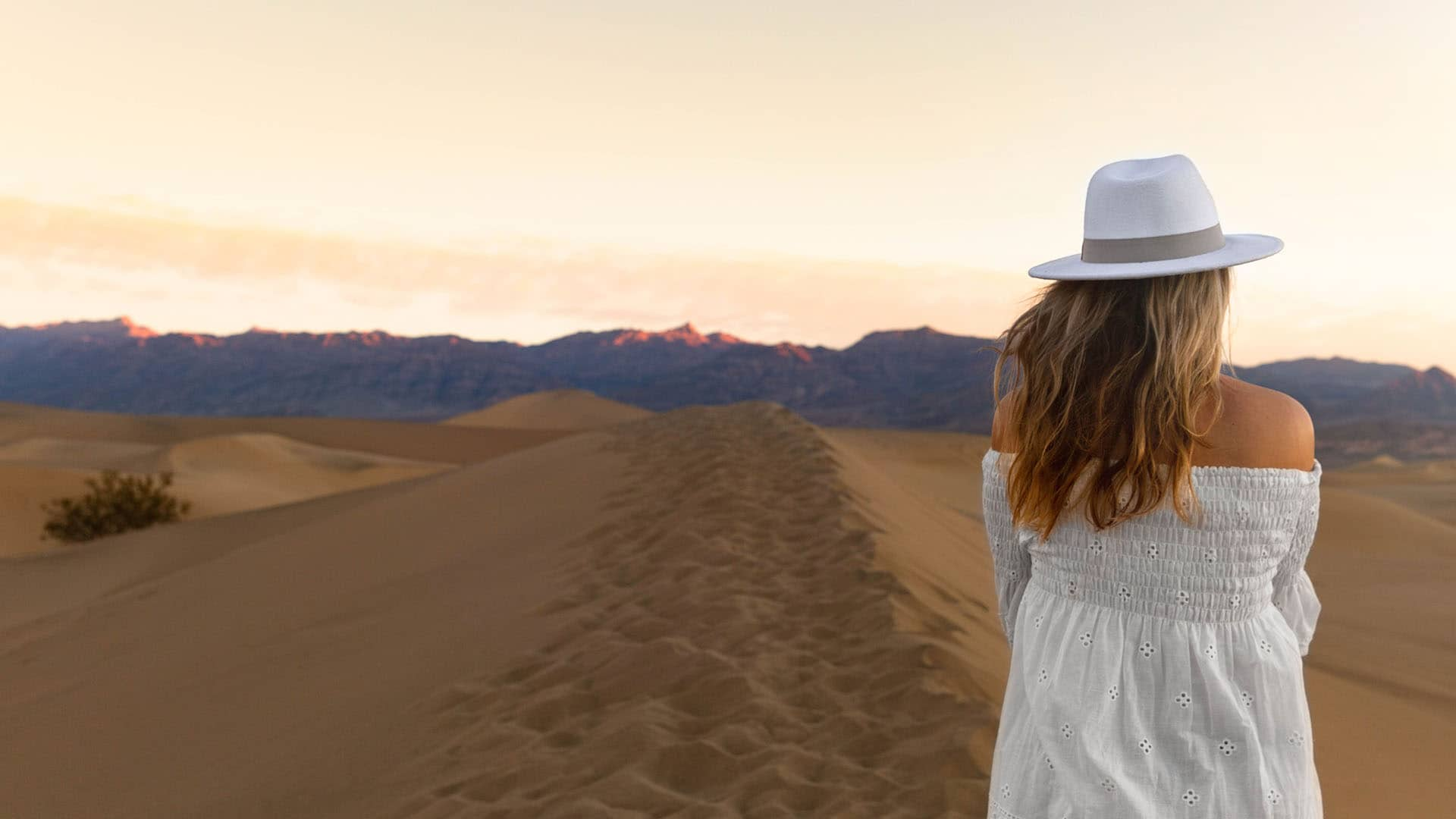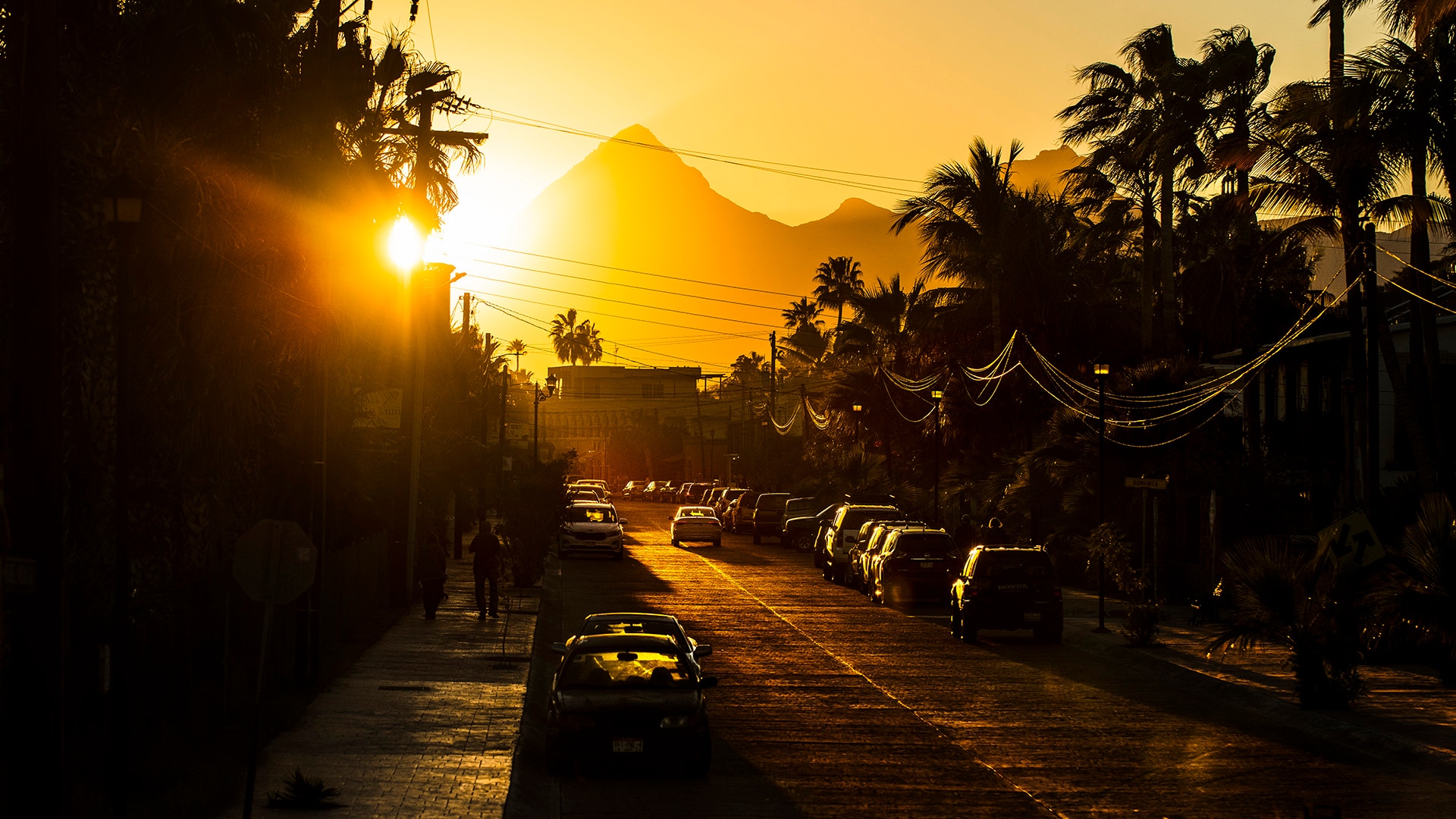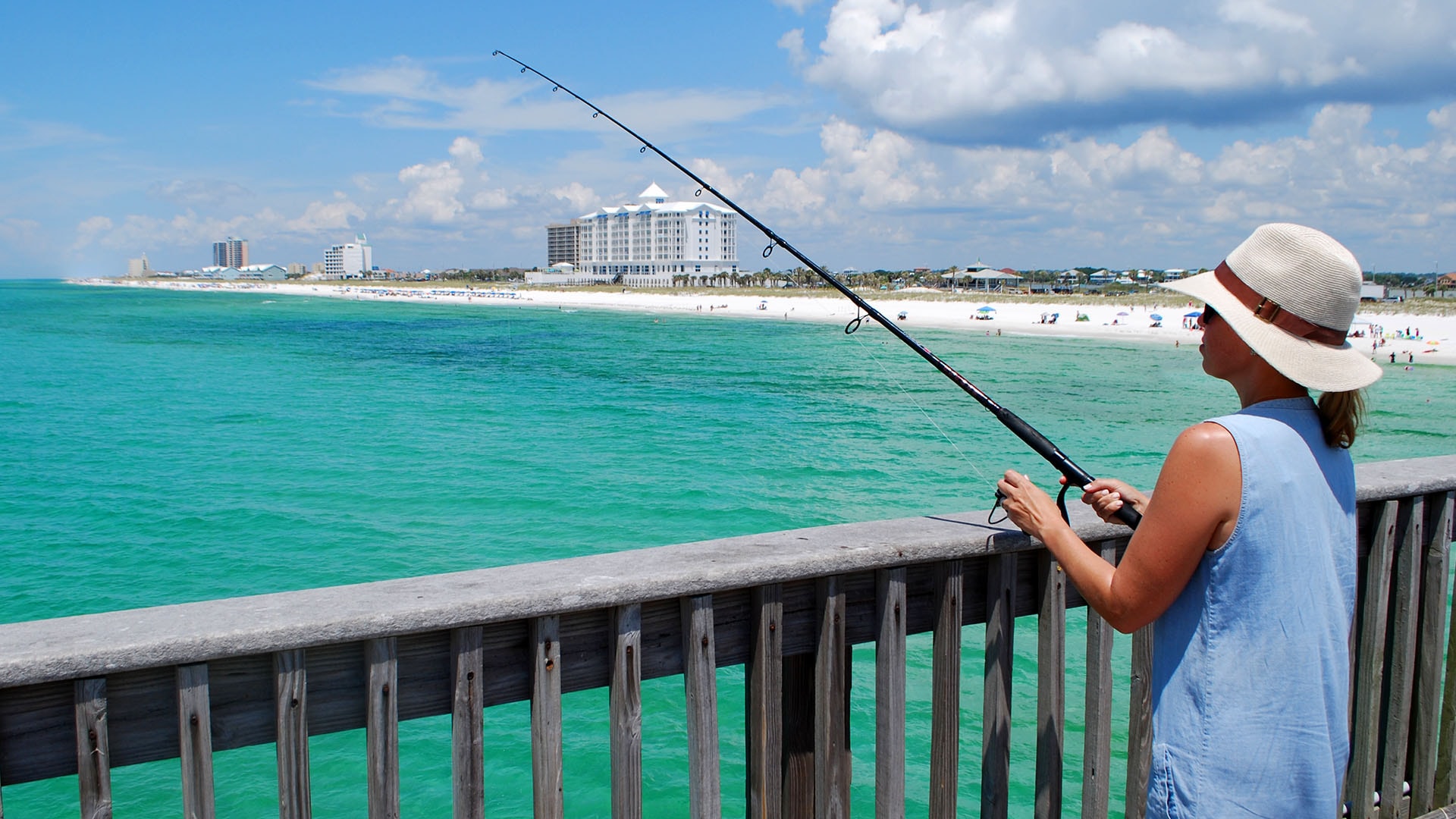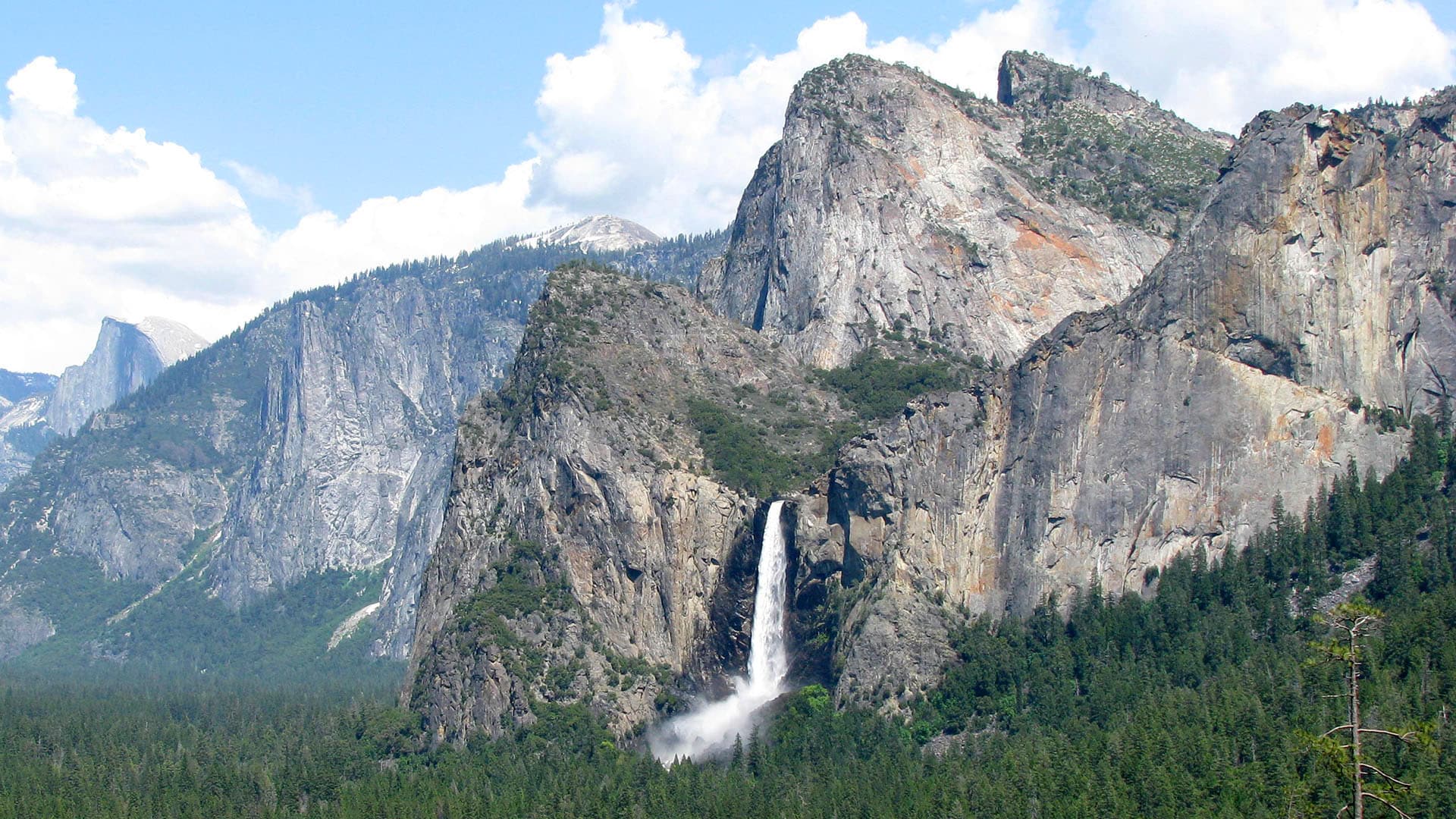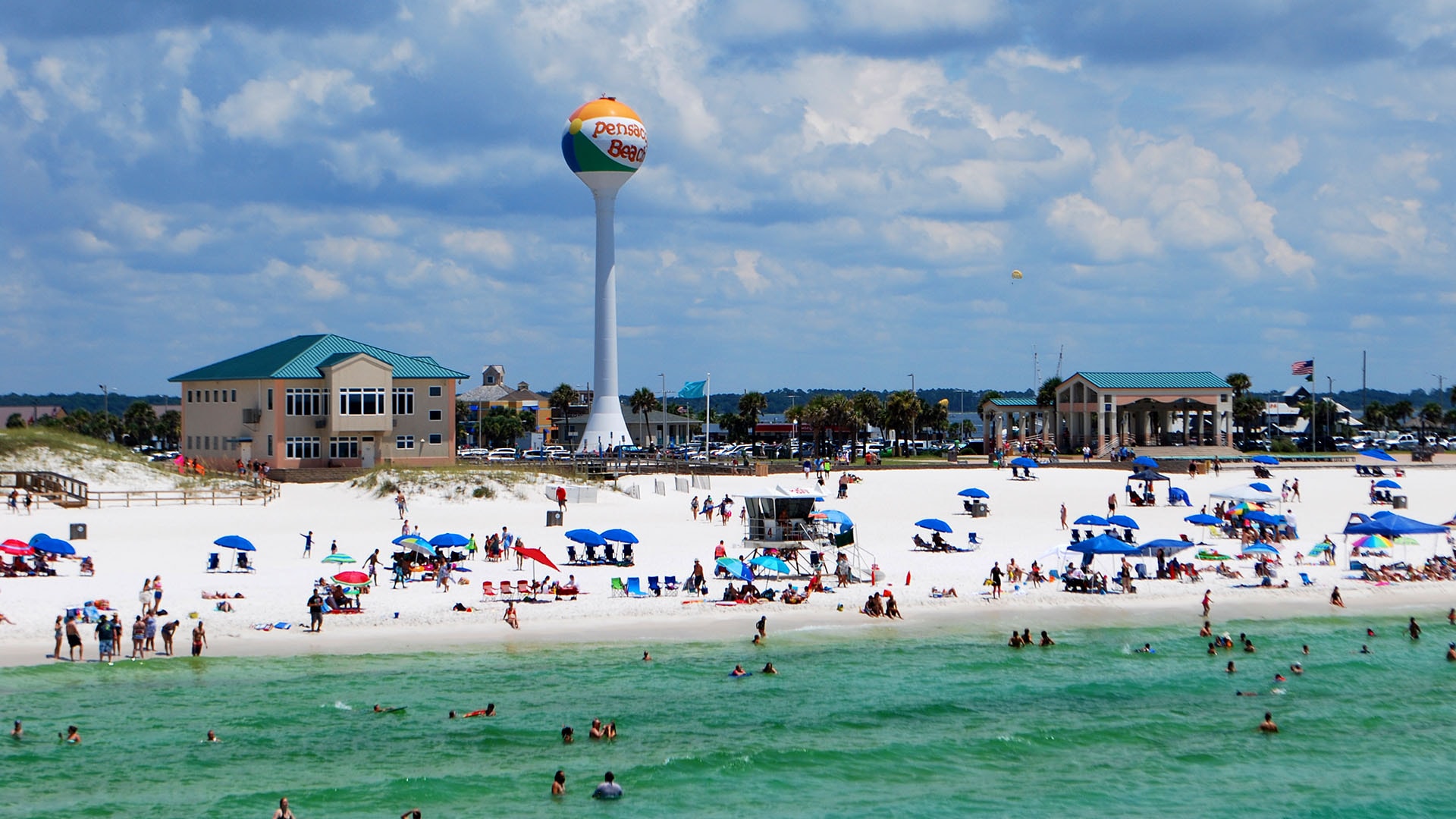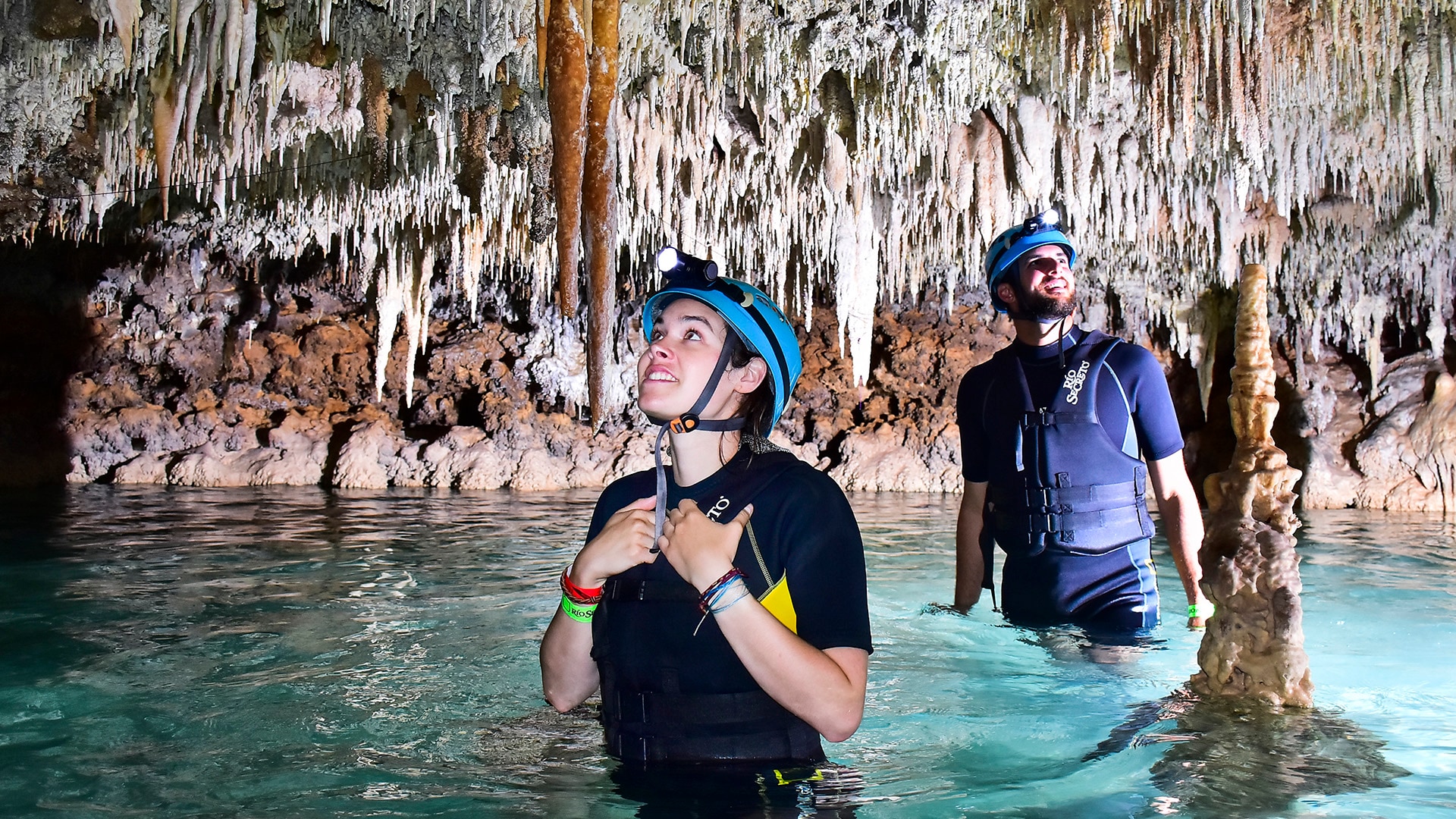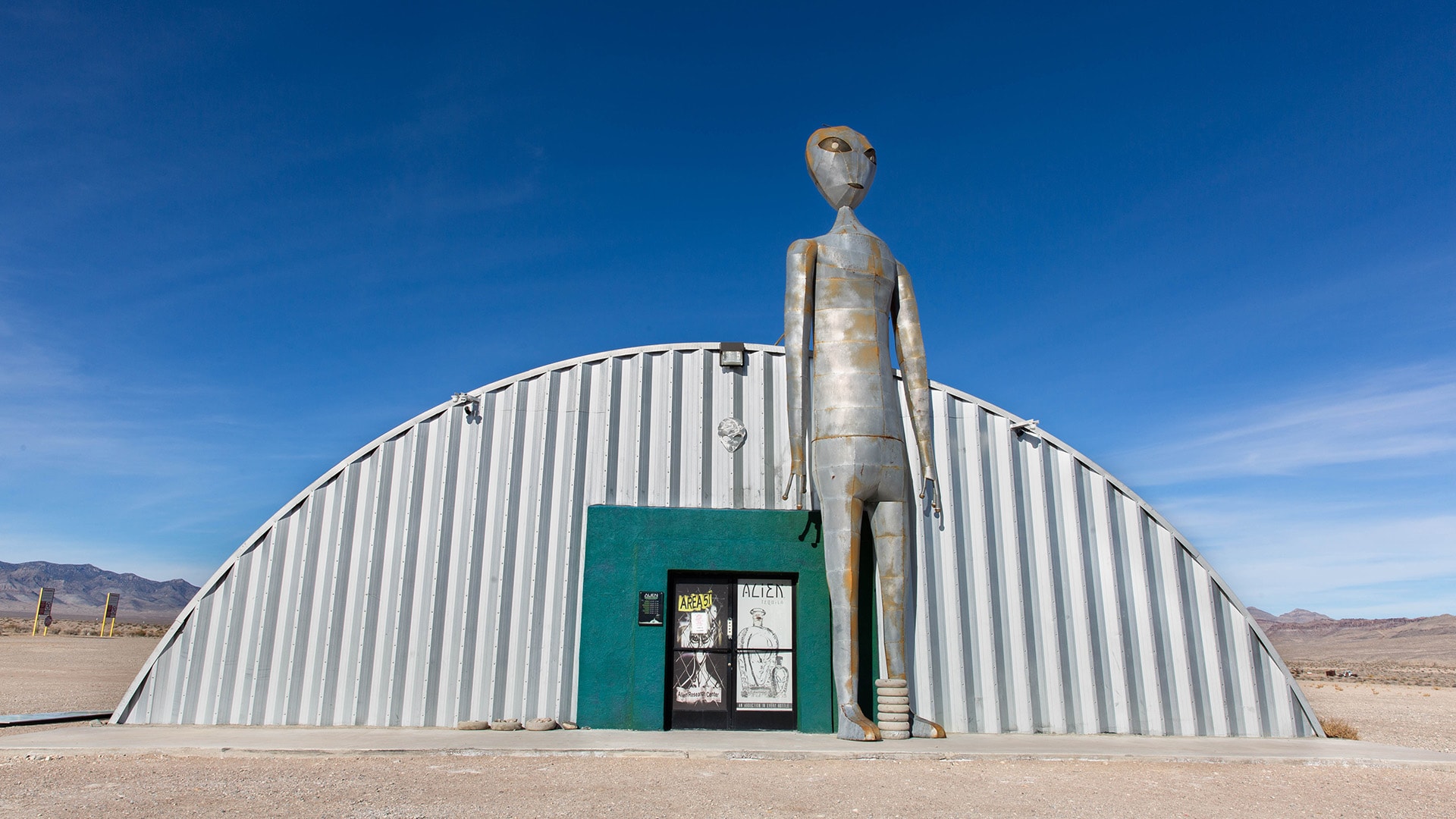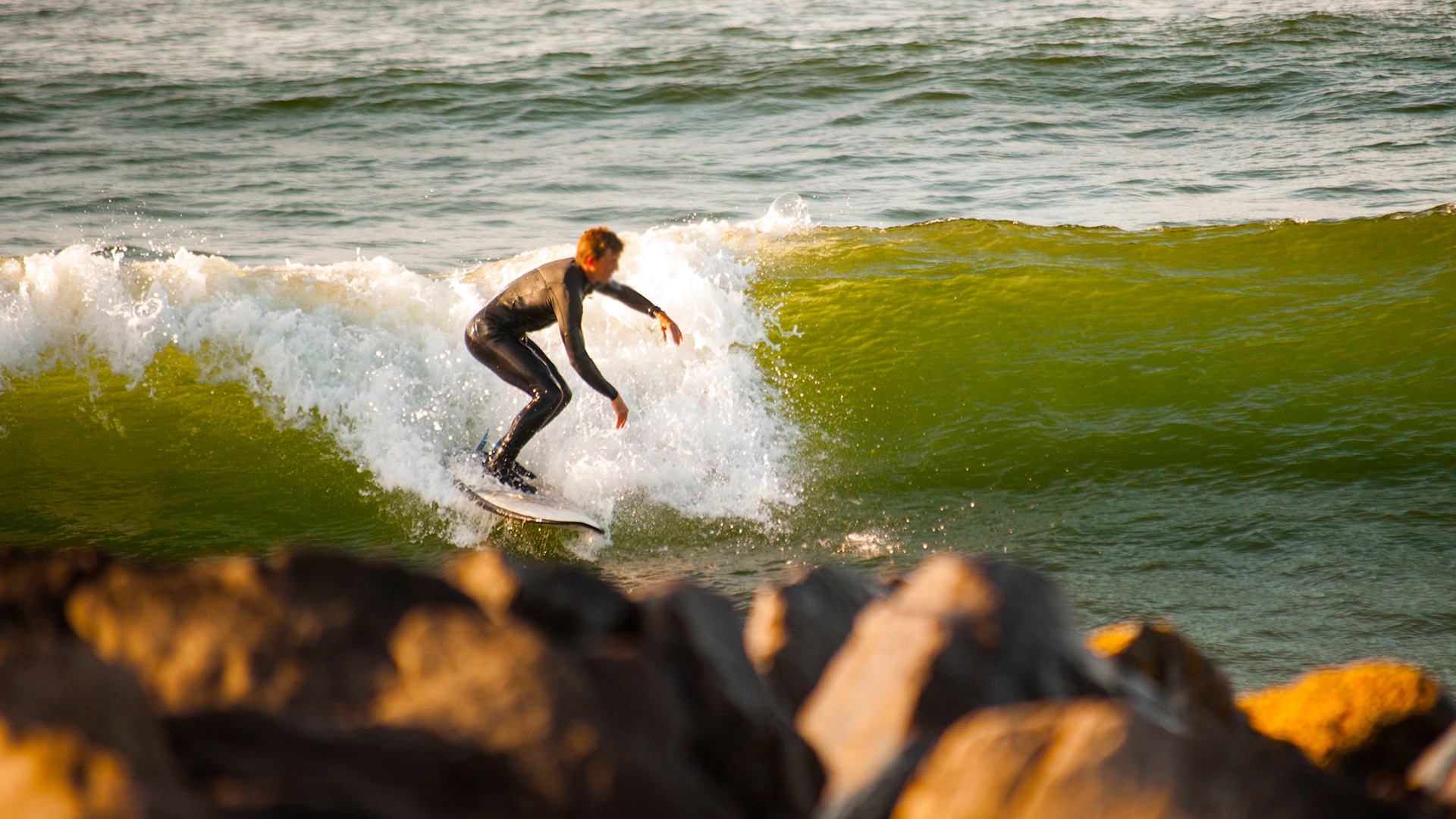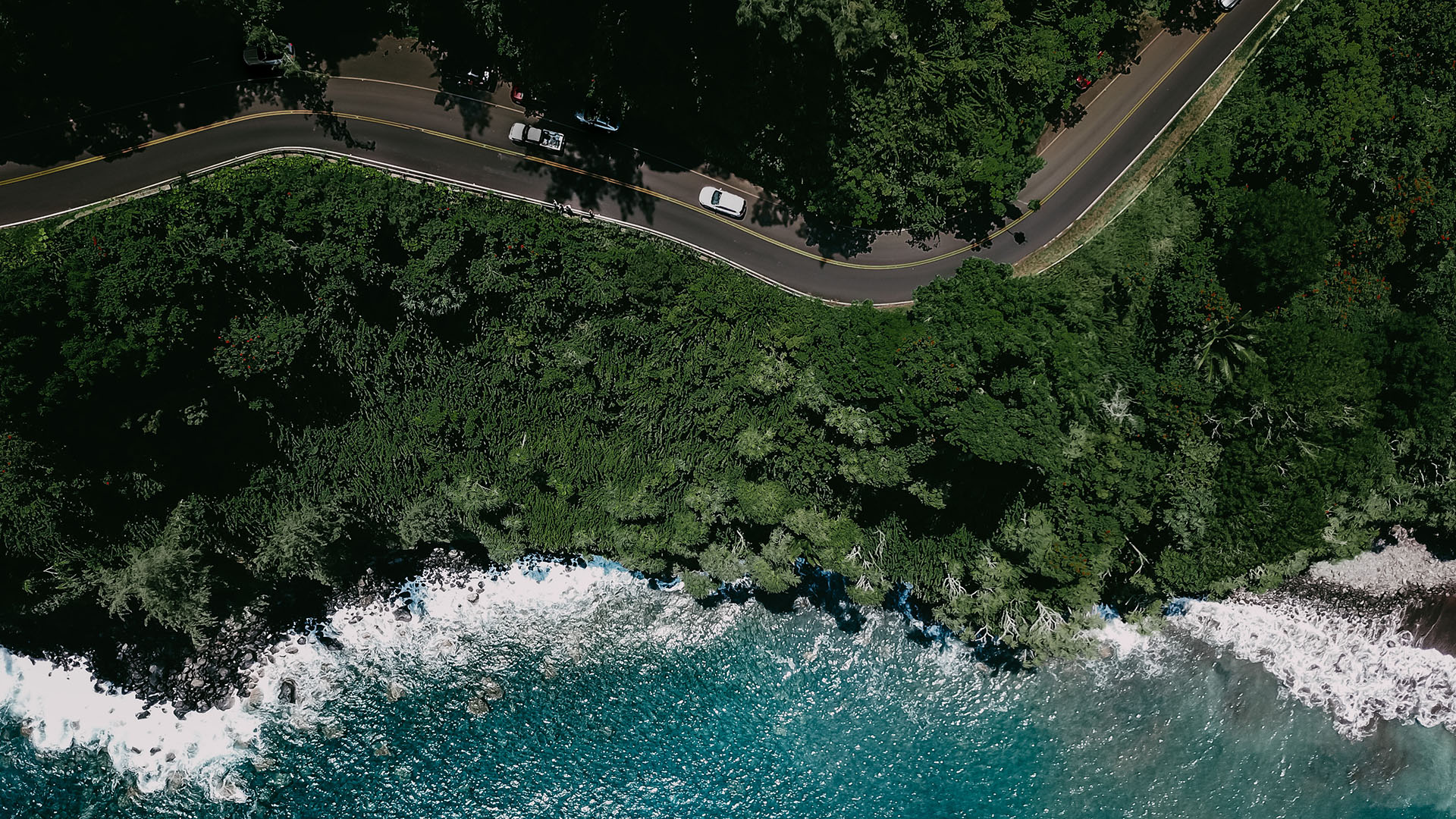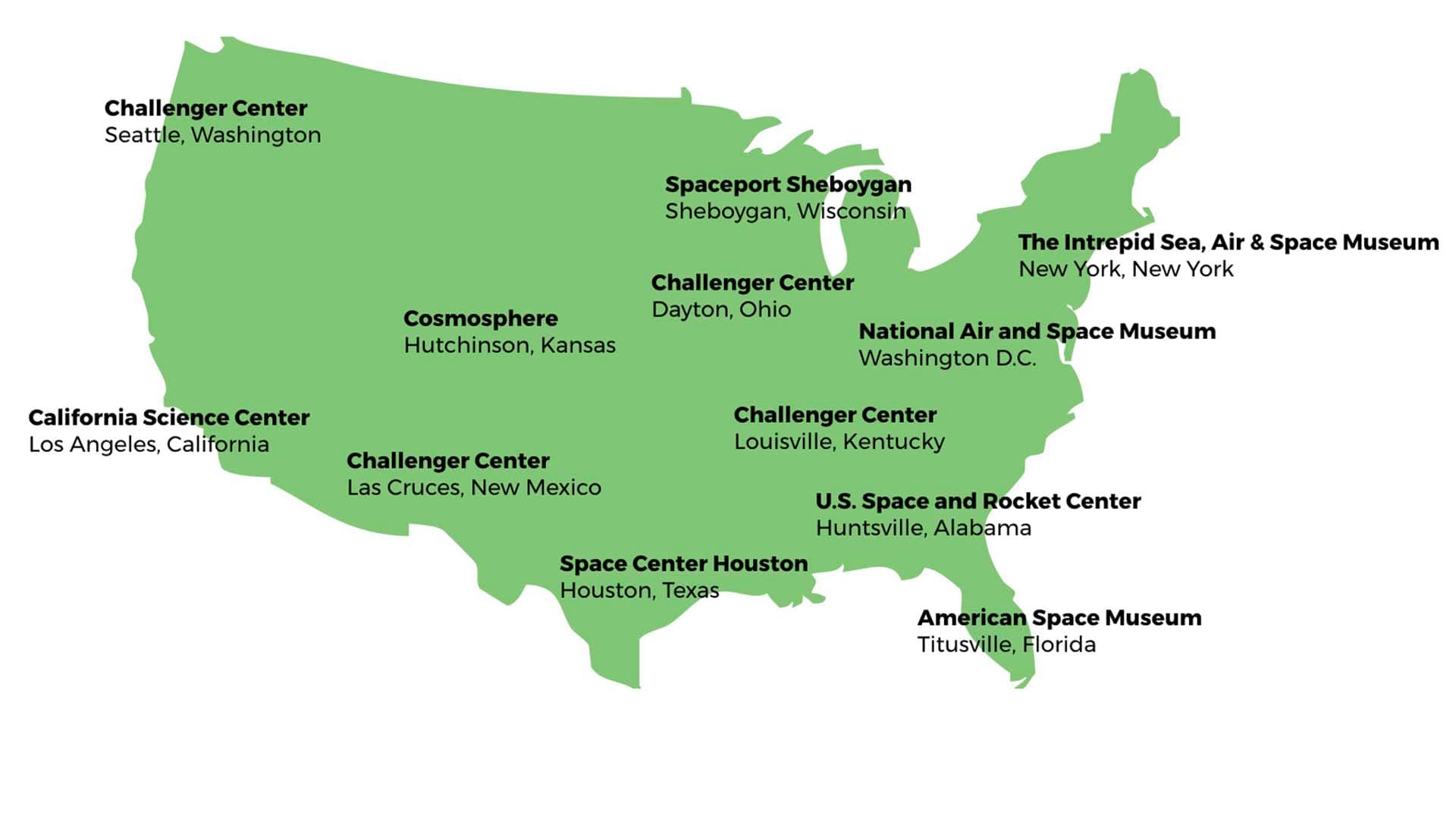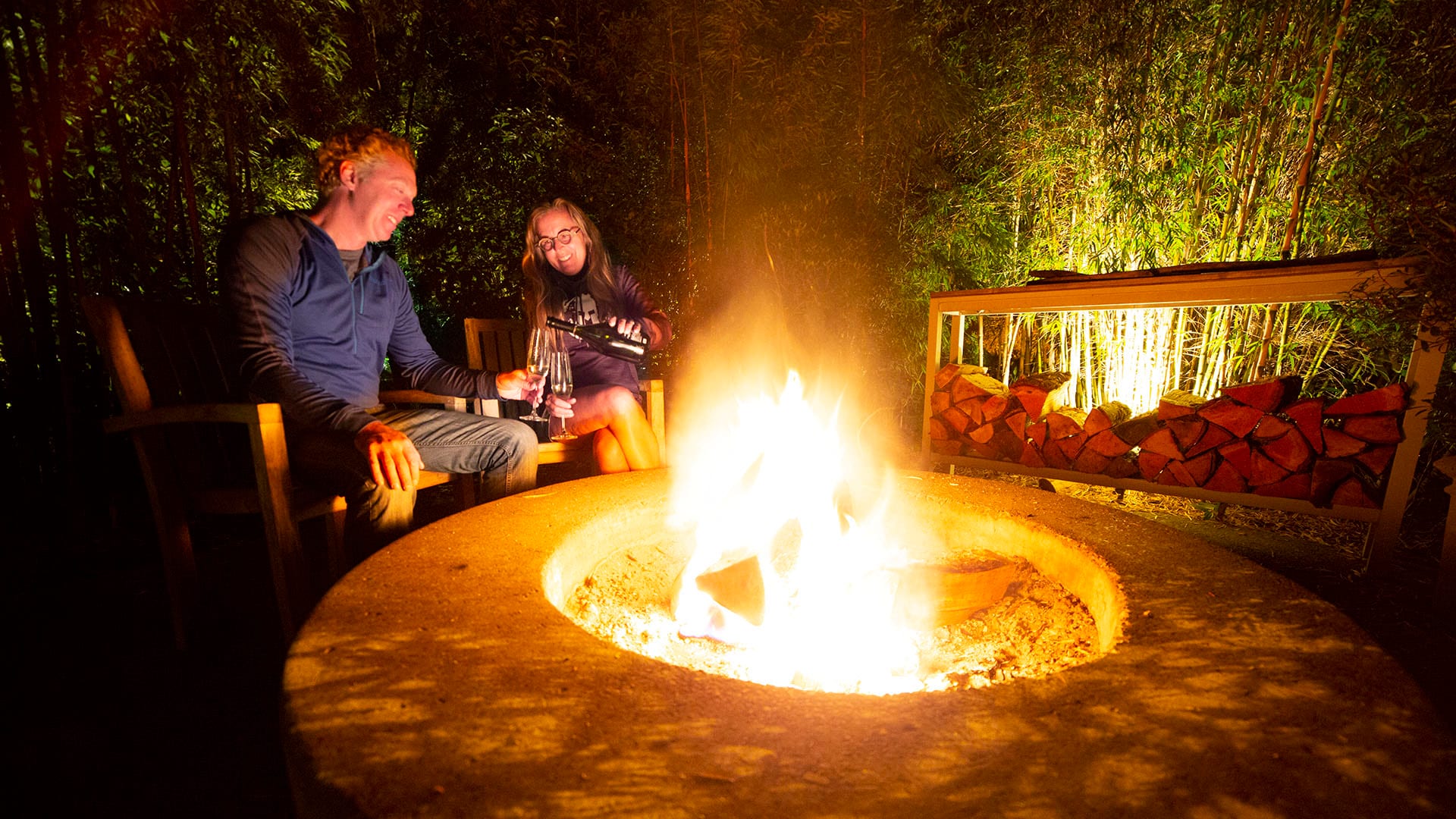Top Sites along the Natchez Trace Parkway
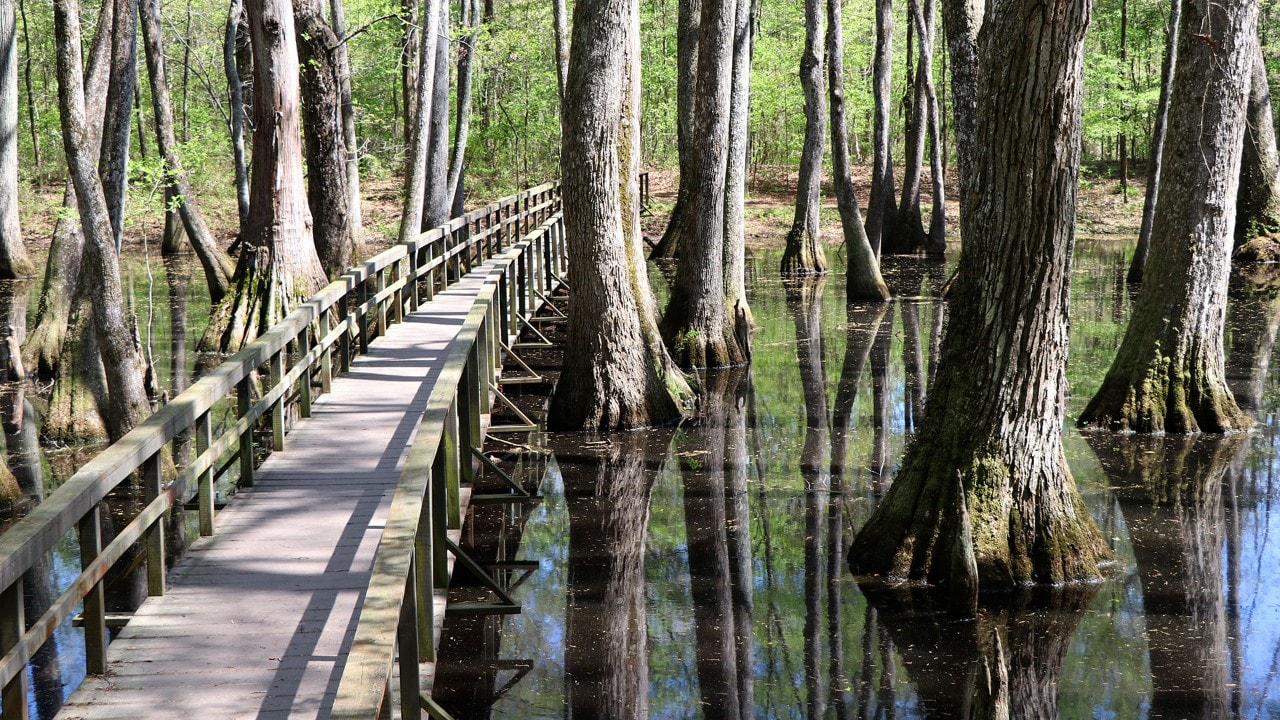
A boardwalk takes visitors into a cypress swamp along the Natchez Trace Parkway.
Story and photos by Tom Uhlenbrock
Tom is an award-winning travel writer and journalist based in St. Louis.
Visit the ruins of a 19th-century mansion or venture to a swamp filled with cypress trees.
There are 90-plus historic and scenic sites on the Natchez Trace Parkway, a 444-mile drive that runs from Natchez, Mississippi, to Nashville, Tennessee. Here are my picks of the top six:

The marque for the old Trace movie theater is part of the Port Gibson historic district.
Mount Locust (milepost 15.5)
Between 1785 and 1830, more than 50 inns were located on the Trace. The Mount Locust Inn is the last one standing, although it’s not open for overnight stays. Built in the late 1700s, the cost of a stay was 25 cents until the inn eventually became the family living quarters on a cotton plantation. Today, the inn sits in a parklike setting and visitors are invited to climb the front walkway and see where early travelers ate and spent the night.
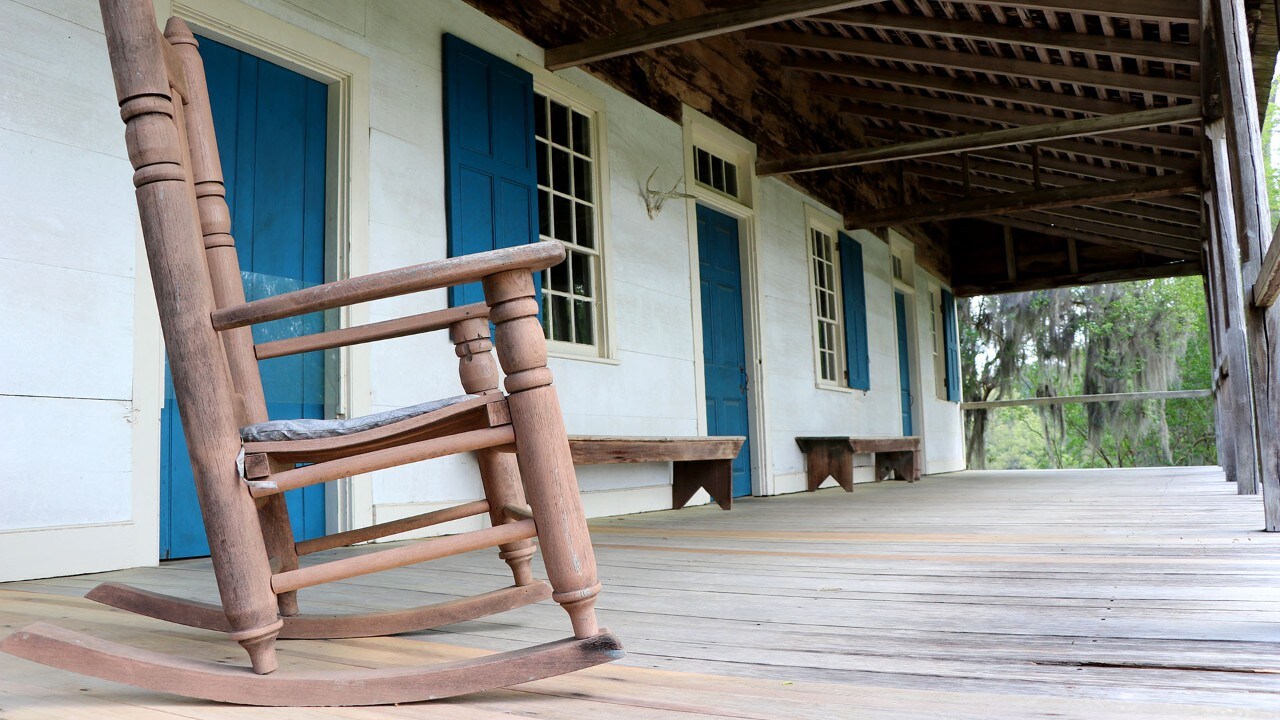
Mount Locust Inn
Windsor Ruins (milepost 30)
Visiting the ruins requires a detour off the Trace onto Highway 552, but it’s worth the 11-mile trip. A cotton planter built a magnificent mansion in 1861 that was destroyed by fire 30 years later. An architectural drawing shows how it looked. All that’s left today is a group of 45-foot, free-standing columns with iron capitals. Standing alone in the forest, it is America’s version of ancient Roman ruins.
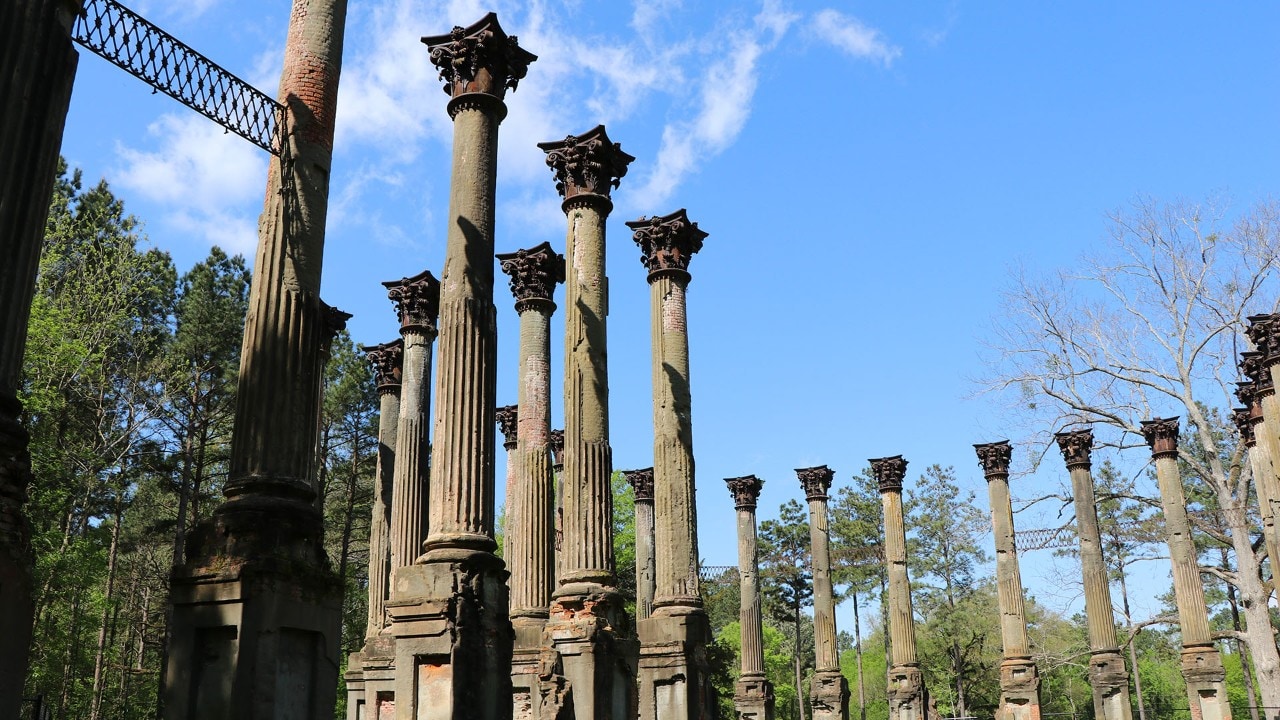
Columns with iron capitals
Cypress Swamp (milepost 121)
Located just beyond the north end of the giant Ross R. Barnett Reservoir, there is a 20-minute walk on boardwalks and pathways along the perimeter of a patch of swamp filled with large cypress trees and their knobby knees. Signs say alligators sometimes visit this primordial setting, but all I saw was a delicate ribbon snake with neon-yellow stripes and a blooming Jack-in-the-pulpit.
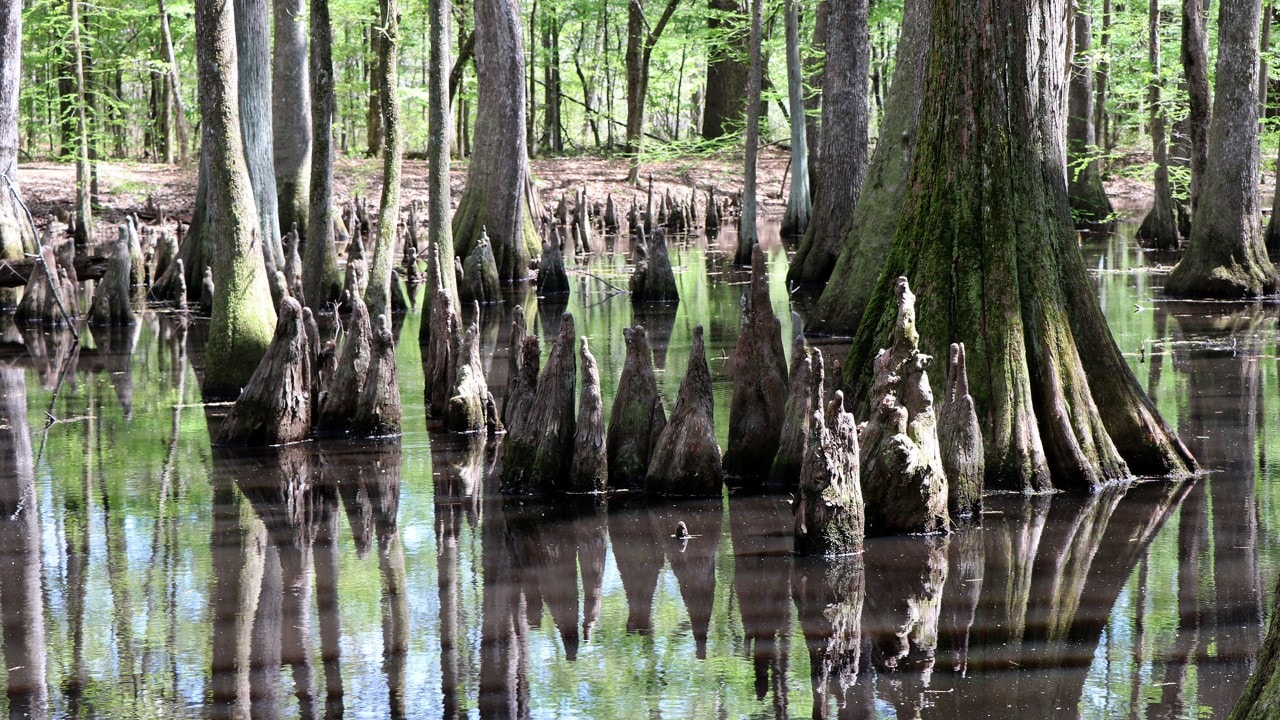
Cypress trees
Rock Spring Trail (milepost 330)
After the Rock Spring Road turnoff, a short walk through the woods leads to stepping stones that take you across Colbert Creek. Follow the creek to an active beaver dam that creates a small pond from the flow of Rock Spring. With wild sweet William and Virginia bluebells blooming in the woods, and songbirds, peeping frogs and the gurgling stream providing the soundtrack, it was a great start to a spring day.
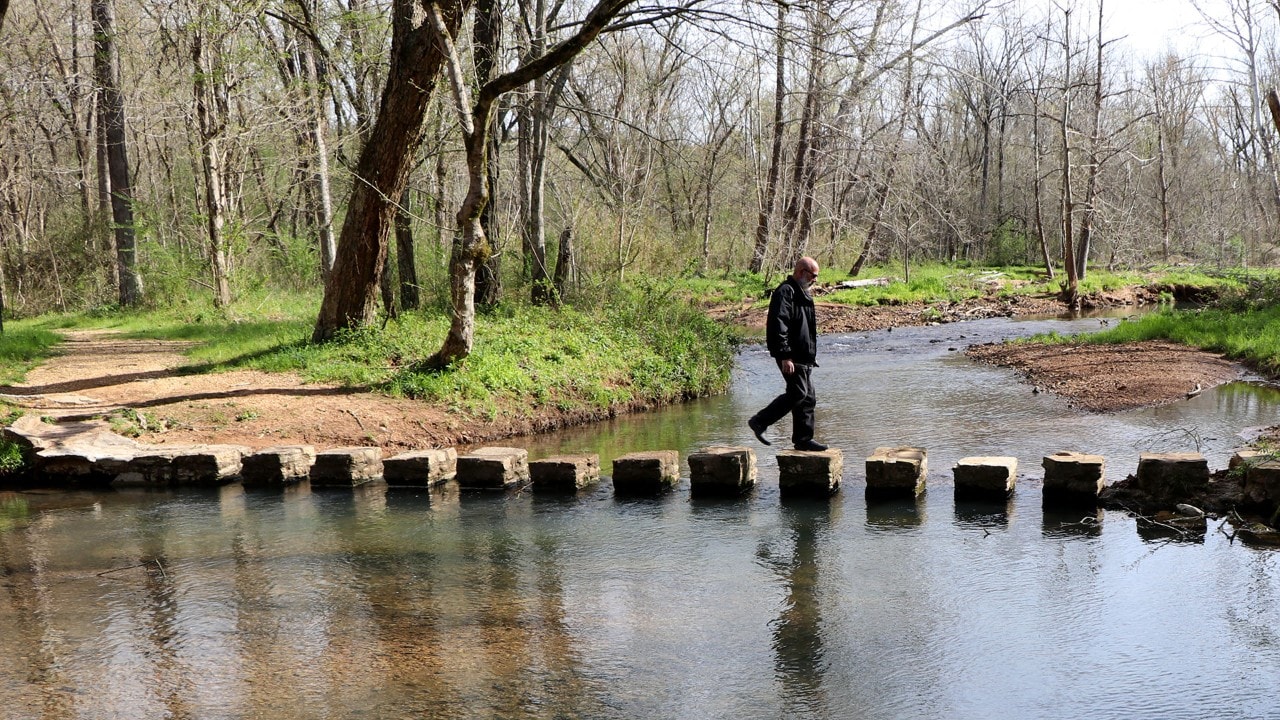
Colbert Creek
Wichahpi Stone Wall (milepost 338)
This is absolutely the weirdest stop on the Trace. A short drive on County Road 8 takes you outside the parkway’s boundaries to a spot in the woods where the late Tom Hendrix spent 30 years building a winding stone wall. The 5-foot-high and 5-foot-thick wall runs more than a mile like a maze through the trees. The site is open and free to the public from 8 a.m. to 4 p.m. Hendrix undertook the prodigious project as a tribute to his great-great-grandmother, a Yuchi Indian who was relocated to a reservation and made the long journey back home. Hendrix quotes a tribal elder as saying: “All things shall pass. Only the stones will remain.”
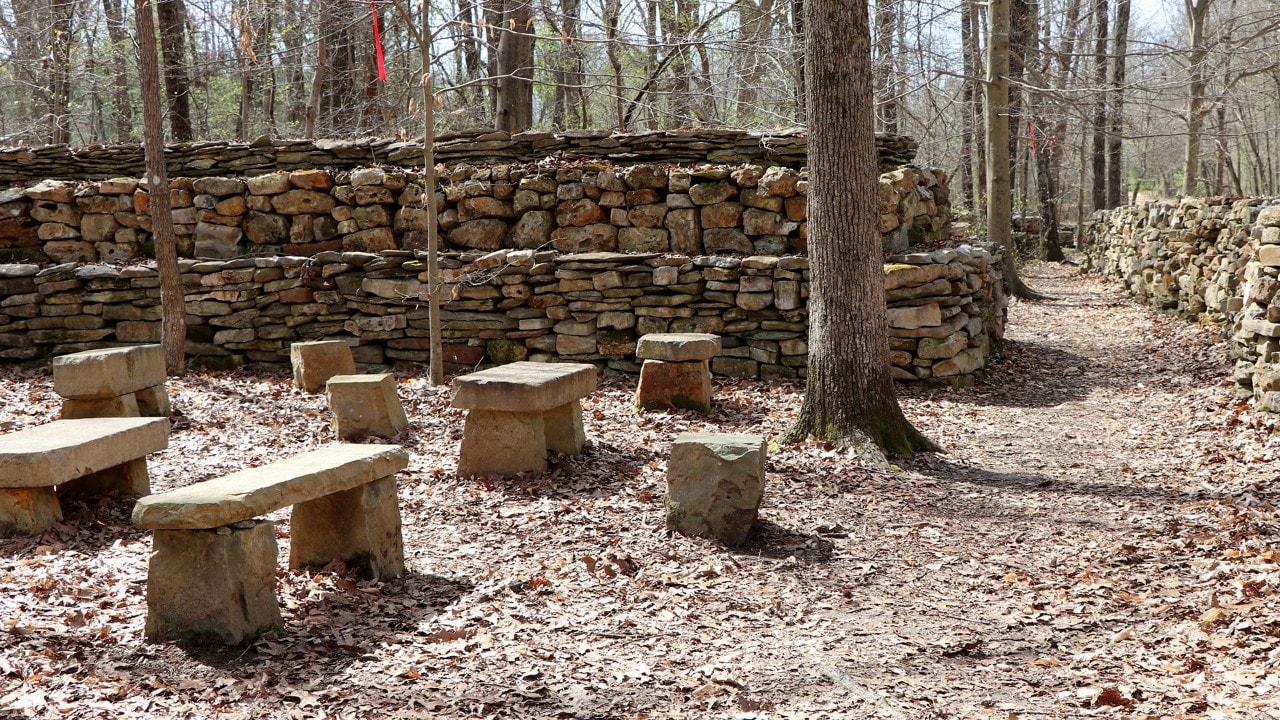
Rock slab benches offer resting spots.
Fall Hollow (milepost 392)
An overlook gives a nice view of a lovely waterfall that cascades down the hillside of Fall Hollow. Drive another 13 miles north, and you get a more spectacular version at Jackson Falls. A steep, paved walkway leads to the base of the double-decker waterfall, which on the day I drove through was thundering with sheets of water coming over two rock shelves. Children were playing on the boulders of the mossy grotto below. It’s an awesome sight when the water is right.
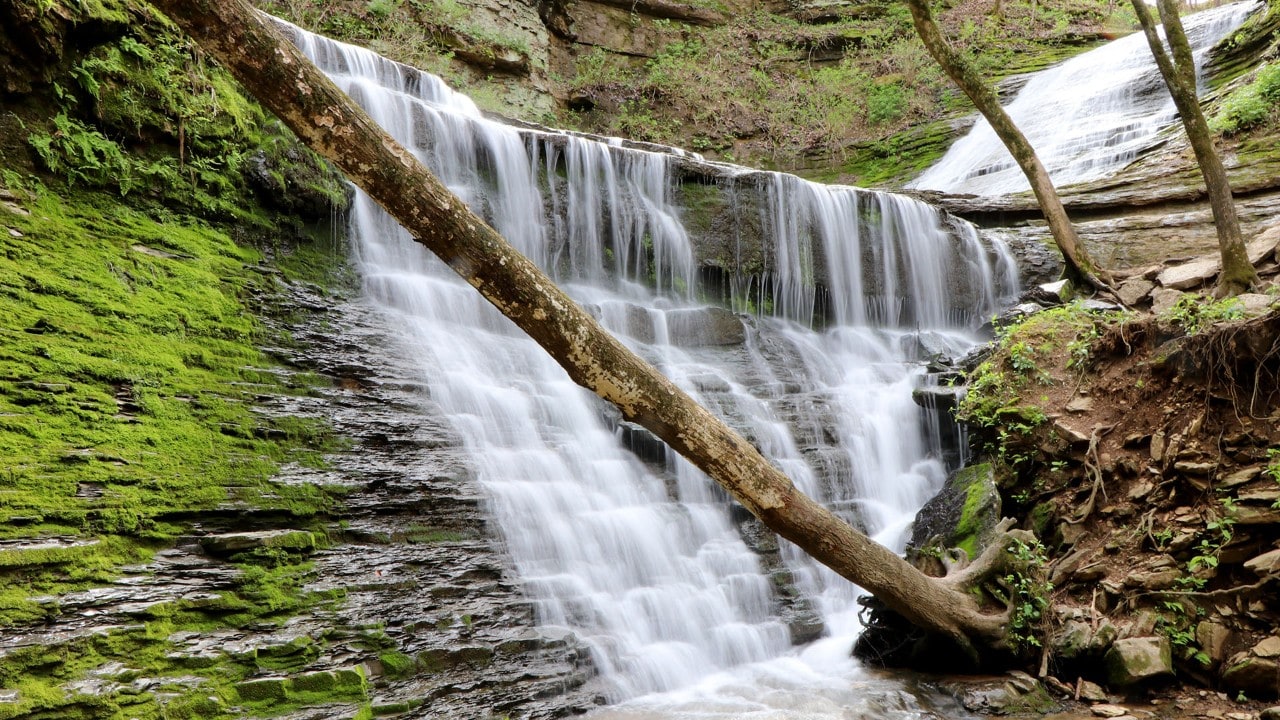
Jackson Falls
Related
Read more stories about road trips.
- Weekend Getaway to San Diego, California
- Rediscovering California’s Eastern Sierra
- Road Trip on Vancouver Island
- Road Trip to Five National Parks Near Los Angeles
- California Coast People
- Road Trip to Big Sur
- Road Trip on Utah's Scenic Byway 12
- Road Trip to the Phenomenal Bay of Fundy
- Nostalgic Route 66 Road Trip: Albuquerque to St. Louis
- Road Trip From Vancouver to Tofino, Canada
- Road Trips to Waterfalls
- Road Trips to National Parks in Winter
- Nostalgic Route 66 Road Trip: St. Louis to Chicago
- Road Trip to South Carolina for Gullah Soul Food
- Nostalgic Route 66 Road Trip: Santa Monica to Albuquerque
- Road Trip on Virginia's Crooked Road
- Road Trip to Hikes along the Crooked Road
- Road Trip to San Miguel Mexico
- Road Trip to Maple Sugar Shacks in New England
- New Mexico Casts an Enchanting Spell on a Road Trip Adventure
- Majestic Mountain Loop Family Fun
- Food Road Trips from Madison, Wisconsin
- Majestic Mountain Loop
- Driving Through The Smoky Mountains: Planning Your Road Trip
- The Loneliest Road in America
- Vacationing in Maui
- Road Trip Through Northern California
- Haunted Colorado
- Road Trip to Canyon de Chelly National Monument
- Take a Leisurely Drive Down to Key West
- Road Trip to Napa Valley, California, Winery
- Weekend Getaway to Half Moon Bay
- Road Trip Through Southern Wyoming
- Road Trip to Calistoga, California
- Fall Foliage Road Trip in Road Trip From San Francisco to Yosemite
- Road Trip to White Sands National Park
- Road Trip to Montana’s Independently Owned Ski Areas
- Road Trips from San Juan, Puerto Rico
- Road Trips to Escape Winter
- Road Trip to Snowy Range Scenic Byway
- Road Trip from New Orleans to Memphis
- 7 Worthy Road Trips in New England
- Road Trip to Napa Valley, California
- Road Trip from Olympic National Park to San Francisco
- Road Trip to Roswell, New Mexico
- Road Trip from Quebec City to Tadoussac
- Road Trip on Maine's Pequawket Scenic Byway
- Road Trip on San Juan Skyway
- Road Trip on the Natchez Trace Parkway
- Road Trips from Madison, Wisconsin
- Pacific Coast Highway - Washington and Oregon
- Road Trip to See Prince Edward Island Lighthouses
- Day Trips from Quebec City
- Road Trip from Denver to Glacier National Park
- Rhode Island Road Trip
- Pacific Coast Highway - California
- Road Trip to Wyoming's Flaming Gorge
- Cascades Loop Road Trip
- Road Trip on the Cabot Trail, Nova Scotia
- Fall Foliage Road Trip in Arkansas
- Road Trip to See California Wildflowers
- Road Trip to Find the Best Pies in Indiana
- Road Trip along California's Redwood Coast
- Road Trip on Maine's Route 1
- Weekend Getaway to Florida's Space Coast
- Road Trip to Death Valley National Park
- Every Hour Is Golden in Mexico’s Loreto
- Road Trip for Florida Fishing
- Weekend Getaway to Yosemite National Park
- Road Trip to Florida Beaches
- Tour Mexico’s Río Secreto, an Underground River
- Road Trip Along the Extraterrestrial Highway
- Surfing on the West Coast
- Road Trip to Hana on Maui
- Rocket Road Trips
- Judging Barbecue in Washington D.C.
- Romantic Road Trips


